Quick filters:
Roman gallic Stock Photos and Images
 Caesar just deal with the Druids ( Campaigns Gallic ) 1867 Hippolyte Debon 1807-1872 France French ( Gaius Julius Caesar 100 – 44 BC Roman emperor general statesman ) Stock Photohttps://www.alamy.com/image-license-details/?v=1https://www.alamy.com/stock-photo-caesar-just-deal-with-the-druids-campaigns-gallic-1867-hippolyte-debon-96178201.html
Caesar just deal with the Druids ( Campaigns Gallic ) 1867 Hippolyte Debon 1807-1872 France French ( Gaius Julius Caesar 100 – 44 BC Roman emperor general statesman ) Stock Photohttps://www.alamy.com/image-license-details/?v=1https://www.alamy.com/stock-photo-caesar-just-deal-with-the-druids-campaigns-gallic-1867-hippolyte-debon-96178201.htmlRMFGD87N–Caesar just deal with the Druids ( Campaigns Gallic ) 1867 Hippolyte Debon 1807-1872 France French ( Gaius Julius Caesar 100 – 44 BC Roman emperor general statesman )
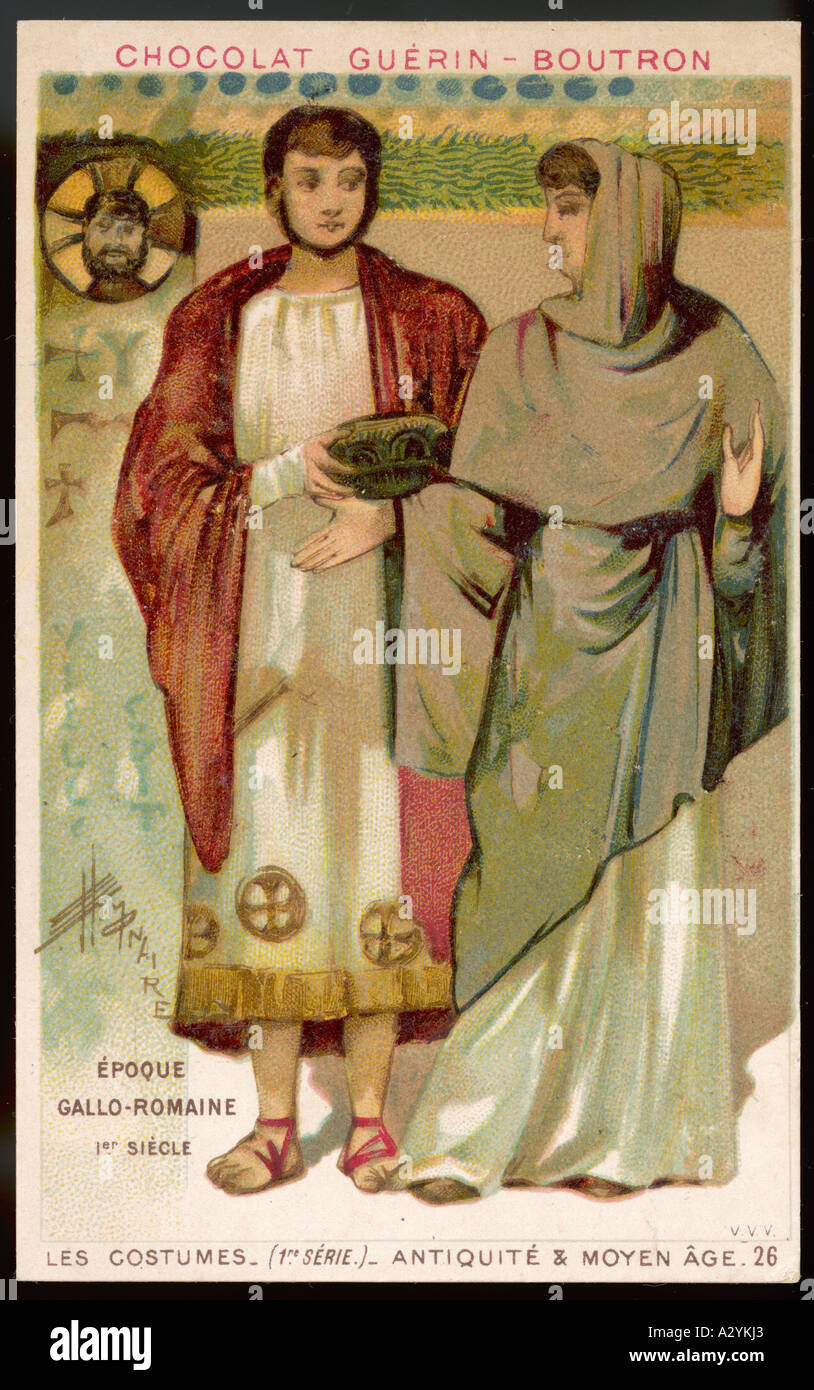 Costume Roman Gallic Stock Photohttps://www.alamy.com/image-license-details/?v=1https://www.alamy.com/costume-roman-gallic-image6069602.html
Costume Roman Gallic Stock Photohttps://www.alamy.com/image-license-details/?v=1https://www.alamy.com/costume-roman-gallic-image6069602.htmlRMA2YKJ3–Costume Roman Gallic
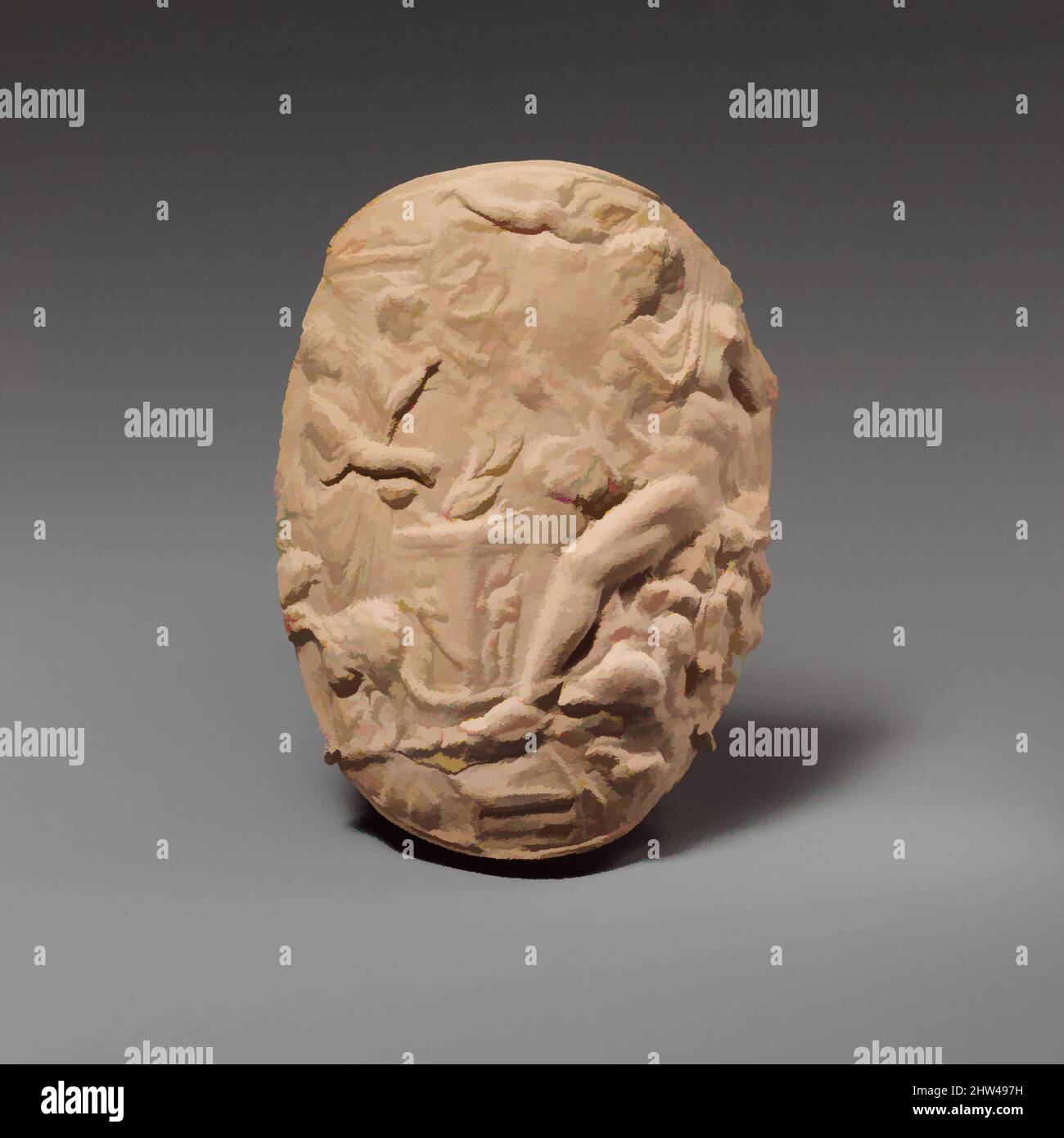 Art inspired by Terracotta mold for a relief applique, Late Republican–Early Imperial, 1st century B.C.–1st century A.D., Roman, Gallic, Terracotta, h. 15.19 cm., Vases, The Roman pottery of the Rhone Valley is characterized by the profligate use of relief medallions applied to the, Classic works modernized by Artotop with a splash of modernity. Shapes, color and value, eye-catching visual impact on art. Emotions through freedom of artworks in a contemporary way. A timeless message pursuing a wildly creative new direction. Artists turning to the digital medium and creating the Artotop NFT Stock Photohttps://www.alamy.com/image-license-details/?v=1https://www.alamy.com/art-inspired-by-terracotta-mold-for-a-relief-applique-late-republicanearly-imperial-1st-century-bc1st-century-ad-roman-gallic-terracotta-h-1519-cm-vases-the-roman-pottery-of-the-rhone-valley-is-characterized-by-the-profligate-use-of-relief-medallions-applied-to-the-classic-works-modernized-by-artotop-with-a-splash-of-modernity-shapes-color-and-value-eye-catching-visual-impact-on-art-emotions-through-freedom-of-artworks-in-a-contemporary-way-a-timeless-message-pursuing-a-wildly-creative-new-direction-artists-turning-to-the-digital-medium-and-creating-the-artotop-nft-image462931045.html
Art inspired by Terracotta mold for a relief applique, Late Republican–Early Imperial, 1st century B.C.–1st century A.D., Roman, Gallic, Terracotta, h. 15.19 cm., Vases, The Roman pottery of the Rhone Valley is characterized by the profligate use of relief medallions applied to the, Classic works modernized by Artotop with a splash of modernity. Shapes, color and value, eye-catching visual impact on art. Emotions through freedom of artworks in a contemporary way. A timeless message pursuing a wildly creative new direction. Artists turning to the digital medium and creating the Artotop NFT Stock Photohttps://www.alamy.com/image-license-details/?v=1https://www.alamy.com/art-inspired-by-terracotta-mold-for-a-relief-applique-late-republicanearly-imperial-1st-century-bc1st-century-ad-roman-gallic-terracotta-h-1519-cm-vases-the-roman-pottery-of-the-rhone-valley-is-characterized-by-the-profligate-use-of-relief-medallions-applied-to-the-classic-works-modernized-by-artotop-with-a-splash-of-modernity-shapes-color-and-value-eye-catching-visual-impact-on-art-emotions-through-freedom-of-artworks-in-a-contemporary-way-a-timeless-message-pursuing-a-wildly-creative-new-direction-artists-turning-to-the-digital-medium-and-creating-the-artotop-nft-image462931045.htmlRF2HW497H–Art inspired by Terracotta mold for a relief applique, Late Republican–Early Imperial, 1st century B.C.–1st century A.D., Roman, Gallic, Terracotta, h. 15.19 cm., Vases, The Roman pottery of the Rhone Valley is characterized by the profligate use of relief medallions applied to the, Classic works modernized by Artotop with a splash of modernity. Shapes, color and value, eye-catching visual impact on art. Emotions through freedom of artworks in a contemporary way. A timeless message pursuing a wildly creative new direction. Artists turning to the digital medium and creating the Artotop NFT
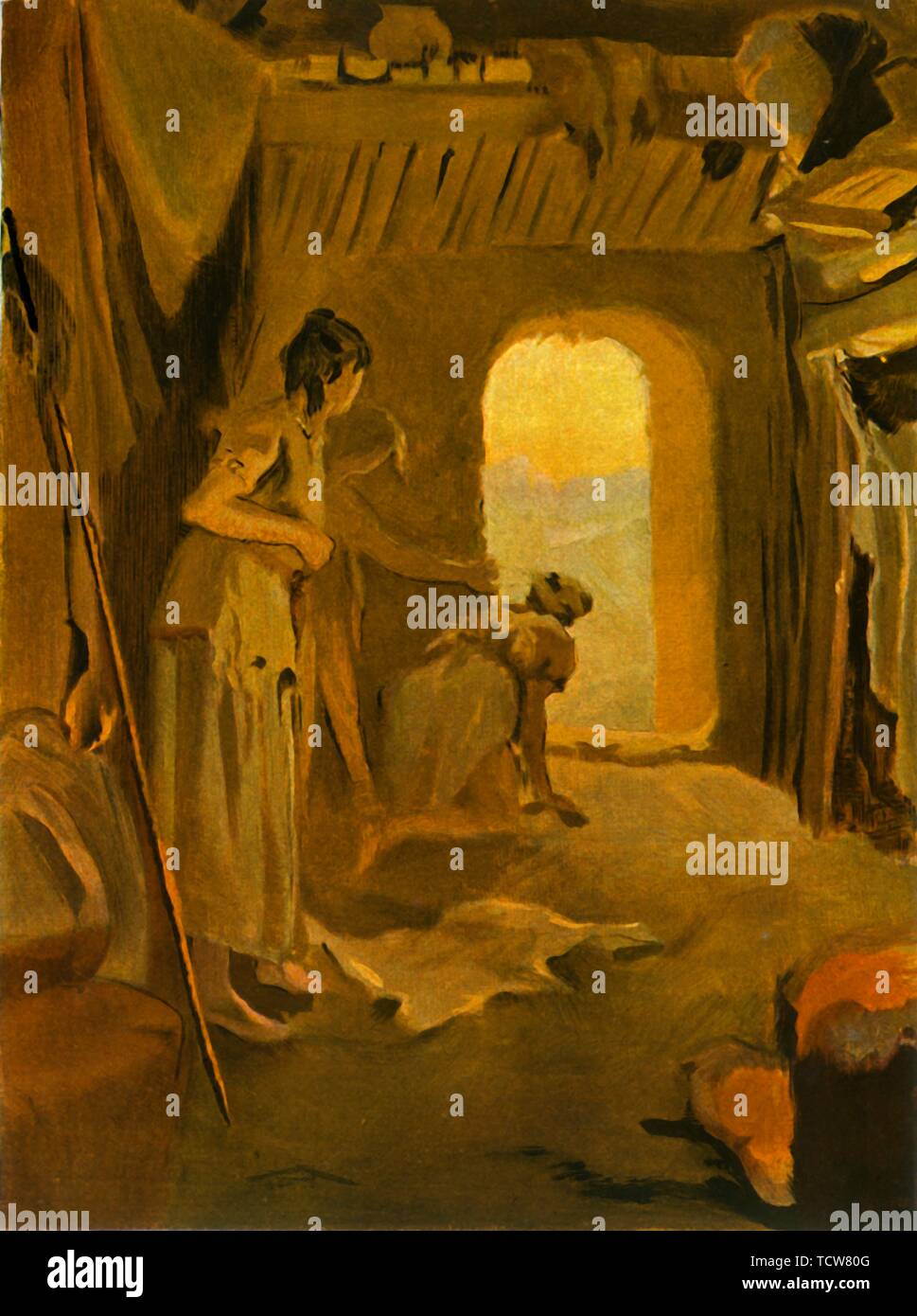 Gallic Women at the Time of the Roman Invasion', 1900. Creator: Unknown. Stock Photohttps://www.alamy.com/image-license-details/?v=1https://www.alamy.com/gallic-women-at-the-time-of-the-roman-invasion-1900-creator-unknown-image248876112.html
Gallic Women at the Time of the Roman Invasion', 1900. Creator: Unknown. Stock Photohttps://www.alamy.com/image-license-details/?v=1https://www.alamy.com/gallic-women-at-the-time-of-the-roman-invasion-1900-creator-unknown-image248876112.htmlRMTCW80G–Gallic Women at the Time of the Roman Invasion', 1900. Creator: Unknown.
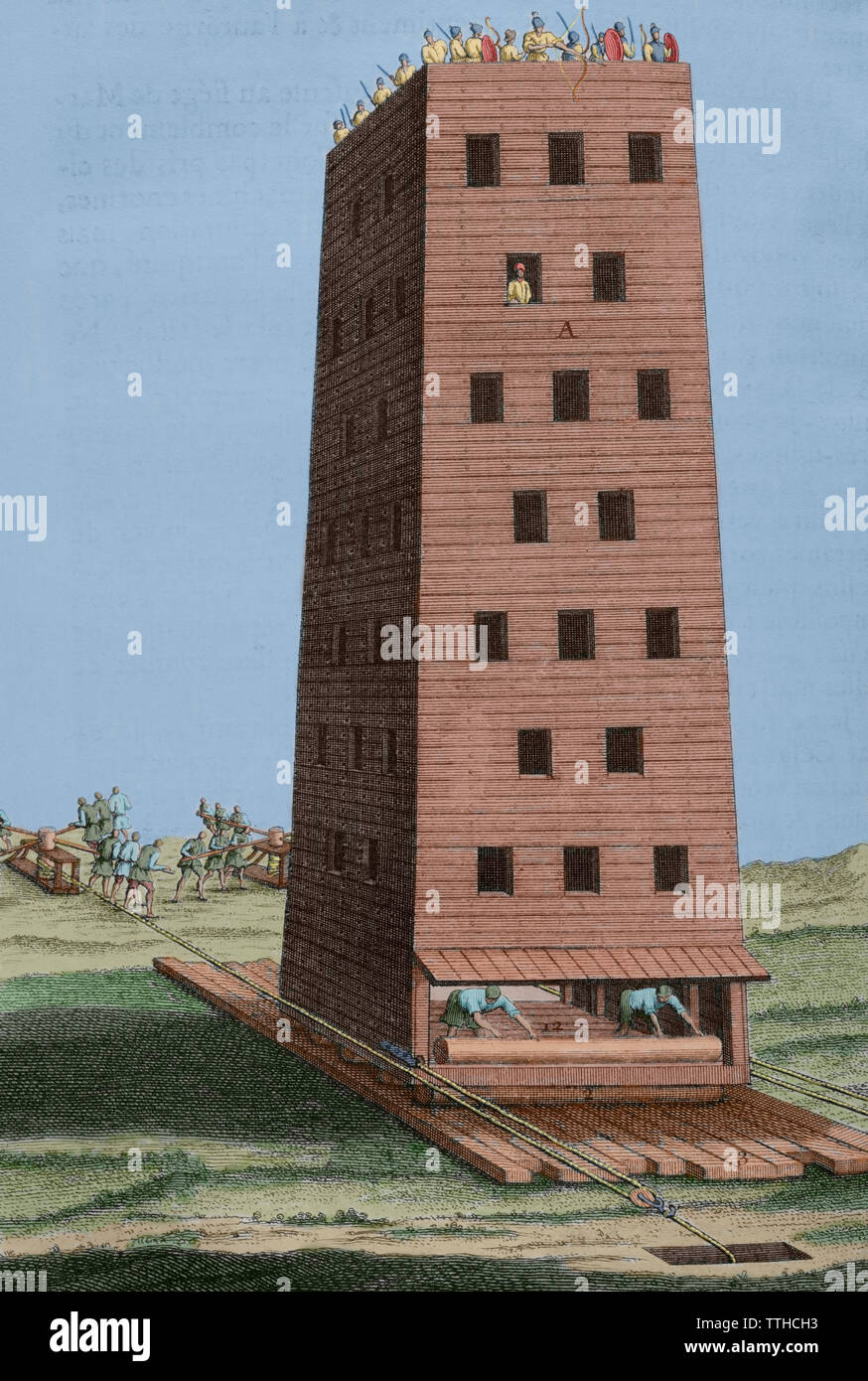 History by Polybius. Volume II. French edition translated from Greek by Dom Vincent Thuillier. Comments of Military Science enriched with critical and historical notes by M. De Folard. Paris, chez Pierre Gandouin, Julien-Michel Gandouin, Pierre-Francois Giffart and Nicolas-Pierre Armand, 1727. Printing by Jean-Baptiste Lamesle. Gallic Wars. Military conflict between Julio Cesar and the Gallic tribes, 58-51 BC. Siege of Namur, 54 BC. Engraving depicting a mobile siege tower, mounted on wooden logs and pushed by soldiers with the help of cranks. Engraving. Later colouration. Stock Photohttps://www.alamy.com/image-license-details/?v=1https://www.alamy.com/history-by-polybius-volume-ii-french-edition-translated-from-greek-by-dom-vincent-thuillier-comments-of-military-science-enriched-with-critical-and-historical-notes-by-m-de-folard-paris-chez-pierre-gandouin-julien-michel-gandouin-pierre-francois-giffart-and-nicolas-pierre-armand-1727-printing-by-jean-baptiste-lamesle-gallic-wars-military-conflict-between-julio-cesar-and-the-gallic-tribes-58-51-bc-siege-of-namur-54-bc-engraving-depicting-a-mobile-siege-tower-mounted-on-wooden-logs-and-pushed-by-soldiers-with-the-help-of-cranks-engraving-later-colouration-image256079967.html
History by Polybius. Volume II. French edition translated from Greek by Dom Vincent Thuillier. Comments of Military Science enriched with critical and historical notes by M. De Folard. Paris, chez Pierre Gandouin, Julien-Michel Gandouin, Pierre-Francois Giffart and Nicolas-Pierre Armand, 1727. Printing by Jean-Baptiste Lamesle. Gallic Wars. Military conflict between Julio Cesar and the Gallic tribes, 58-51 BC. Siege of Namur, 54 BC. Engraving depicting a mobile siege tower, mounted on wooden logs and pushed by soldiers with the help of cranks. Engraving. Later colouration. Stock Photohttps://www.alamy.com/image-license-details/?v=1https://www.alamy.com/history-by-polybius-volume-ii-french-edition-translated-from-greek-by-dom-vincent-thuillier-comments-of-military-science-enriched-with-critical-and-historical-notes-by-m-de-folard-paris-chez-pierre-gandouin-julien-michel-gandouin-pierre-francois-giffart-and-nicolas-pierre-armand-1727-printing-by-jean-baptiste-lamesle-gallic-wars-military-conflict-between-julio-cesar-and-the-gallic-tribes-58-51-bc-siege-of-namur-54-bc-engraving-depicting-a-mobile-siege-tower-mounted-on-wooden-logs-and-pushed-by-soldiers-with-the-help-of-cranks-engraving-later-colouration-image256079967.htmlRMTTHCH3–History by Polybius. Volume II. French edition translated from Greek by Dom Vincent Thuillier. Comments of Military Science enriched with critical and historical notes by M. De Folard. Paris, chez Pierre Gandouin, Julien-Michel Gandouin, Pierre-Francois Giffart and Nicolas-Pierre Armand, 1727. Printing by Jean-Baptiste Lamesle. Gallic Wars. Military conflict between Julio Cesar and the Gallic tribes, 58-51 BC. Siege of Namur, 54 BC. Engraving depicting a mobile siege tower, mounted on wooden logs and pushed by soldiers with the help of cranks. Engraving. Later colouration.
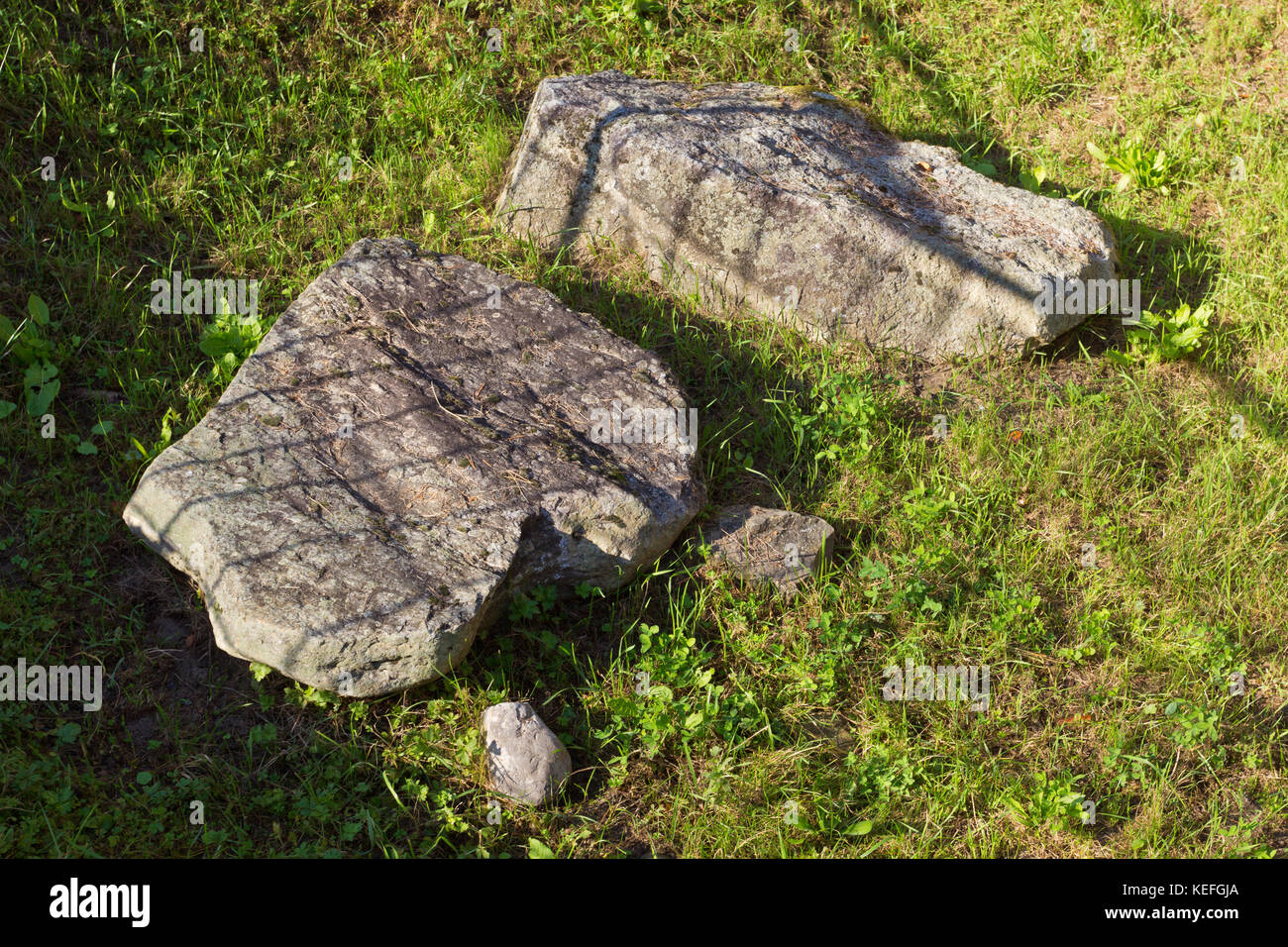 Old Geneva: Remains of a roman-gallic villa Stock Photohttps://www.alamy.com/image-license-details/?v=1https://www.alamy.com/stock-image-old-geneva-remains-of-a-roman-gallic-villa-163840834.html
Old Geneva: Remains of a roman-gallic villa Stock Photohttps://www.alamy.com/image-license-details/?v=1https://www.alamy.com/stock-image-old-geneva-remains-of-a-roman-gallic-villa-163840834.htmlRMKEFGJA–Old Geneva: Remains of a roman-gallic villa
 The Battle of Morbihan was a naval engagement between Roman and Veneti vessels on the Loire river, 56 BC. The Veneti were a seafaring Gallic people who lived in the Brittany peninsula (France), which in Roman times formed part of an area called Armorica. Like the rest of the Gauls, they were conquered by Julius Caesar in the Gallic Wars fought between 58 and 51 BC. Surviving members of Julius Caesar's Legio X Equestris were given lands in the area that today is called Narbonne. Illustration made from a bas-relief on the walls of Narbonne. Stock Photohttps://www.alamy.com/image-license-details/?v=1https://www.alamy.com/stock-photo-the-battle-of-morbihan-was-a-naval-engagement-between-roman-and-veneti-104016238.html
The Battle of Morbihan was a naval engagement between Roman and Veneti vessels on the Loire river, 56 BC. The Veneti were a seafaring Gallic people who lived in the Brittany peninsula (France), which in Roman times formed part of an area called Armorica. Like the rest of the Gauls, they were conquered by Julius Caesar in the Gallic Wars fought between 58 and 51 BC. Surviving members of Julius Caesar's Legio X Equestris were given lands in the area that today is called Narbonne. Illustration made from a bas-relief on the walls of Narbonne. Stock Photohttps://www.alamy.com/image-license-details/?v=1https://www.alamy.com/stock-photo-the-battle-of-morbihan-was-a-naval-engagement-between-roman-and-veneti-104016238.htmlRMG169NJ–The Battle of Morbihan was a naval engagement between Roman and Veneti vessels on the Loire river, 56 BC. The Veneti were a seafaring Gallic people who lived in the Brittany peninsula (France), which in Roman times formed part of an area called Armorica. Like the rest of the Gauls, they were conquered by Julius Caesar in the Gallic Wars fought between 58 and 51 BC. Surviving members of Julius Caesar's Legio X Equestris were given lands in the area that today is called Narbonne. Illustration made from a bas-relief on the walls of Narbonne.
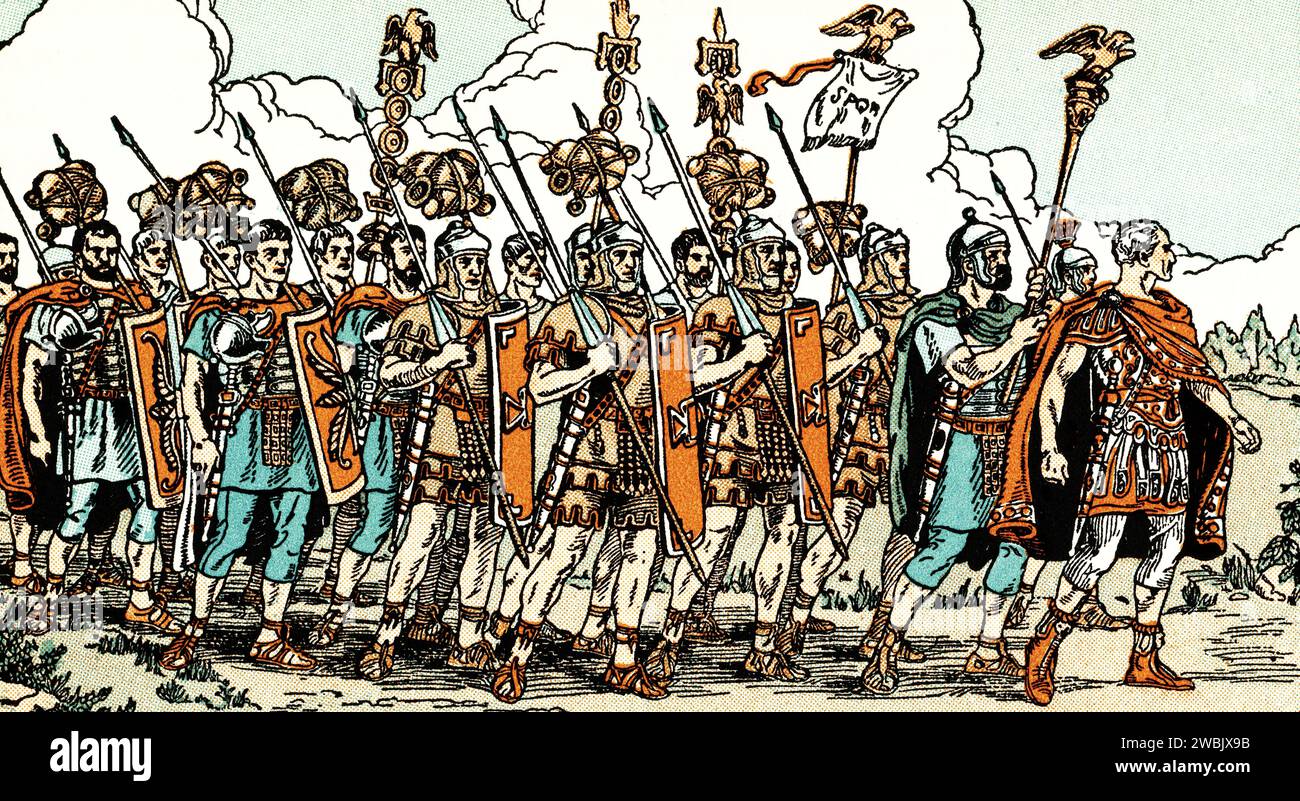 Caesar marches at the head of his legion in the invasion and conquest of Gaul. The Gallic Wars were waged between 58 and 50 BC by the Roman general Julius Caesar (100BC-44BC), against the peoples of Gaul. Stock Photohttps://www.alamy.com/image-license-details/?v=1https://www.alamy.com/caesar-marches-at-the-head-of-his-legion-in-the-invasion-and-conquest-of-gaul-thegallic-warswere-waged-between-58-and-50bc-by-the-roman-generaljulius-caesar-100bc-44bc-against-the-peoples-ofgaul-image592329511.html
Caesar marches at the head of his legion in the invasion and conquest of Gaul. The Gallic Wars were waged between 58 and 50 BC by the Roman general Julius Caesar (100BC-44BC), against the peoples of Gaul. Stock Photohttps://www.alamy.com/image-license-details/?v=1https://www.alamy.com/caesar-marches-at-the-head-of-his-legion-in-the-invasion-and-conquest-of-gaul-thegallic-warswere-waged-between-58-and-50bc-by-the-roman-generaljulius-caesar-100bc-44bc-against-the-peoples-ofgaul-image592329511.htmlRM2WBJX9B–Caesar marches at the head of his legion in the invasion and conquest of Gaul. The Gallic Wars were waged between 58 and 50 BC by the Roman general Julius Caesar (100BC-44BC), against the peoples of Gaul.
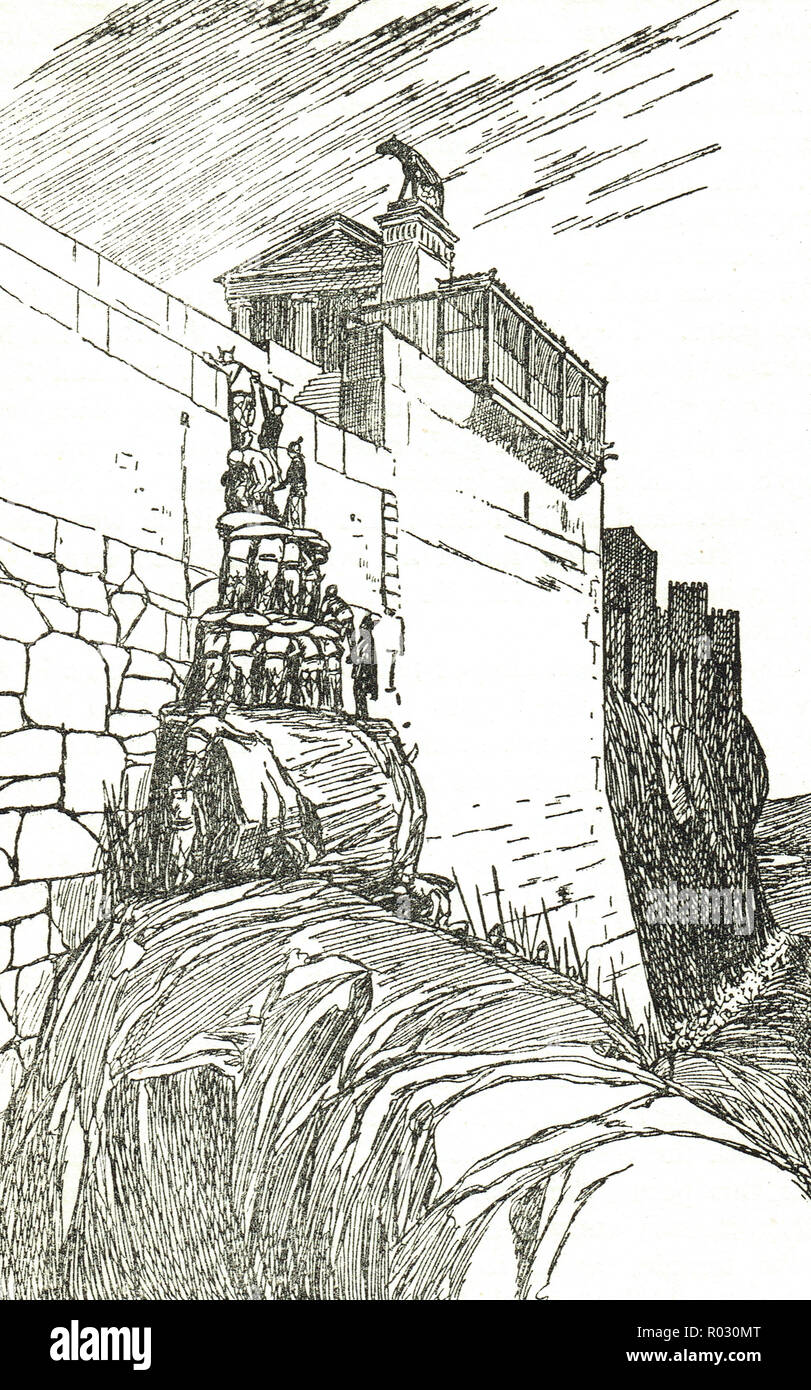 The sacred geese of Juno, waking the Capitoline garrison, during the sack of Rome, circa 390 BC, following the Battle of the Allia Stock Photohttps://www.alamy.com/image-license-details/?v=1https://www.alamy.com/the-sacred-geese-of-juno-waking-the-capitoline-garrison-during-the-sack-of-rome-circa-390-bc-following-the-battle-of-the-allia-image223801224.html
The sacred geese of Juno, waking the Capitoline garrison, during the sack of Rome, circa 390 BC, following the Battle of the Allia Stock Photohttps://www.alamy.com/image-license-details/?v=1https://www.alamy.com/the-sacred-geese-of-juno-waking-the-capitoline-garrison-during-the-sack-of-rome-circa-390-bc-following-the-battle-of-the-allia-image223801224.htmlRMR030MT–The sacred geese of Juno, waking the Capitoline garrison, during the sack of Rome, circa 390 BC, following the Battle of the Allia
 ANCIENT GAUL:Gallic tribes Roman towns.Ancienne Gaule.2 sheets.MALLET, 1683 map Stock Photohttps://www.alamy.com/image-license-details/?v=1https://www.alamy.com/stock-photo-ancient-gaulgallic-tribes-roman-townsancienne-gaule2-sheetsmallet-102711065.html
ANCIENT GAUL:Gallic tribes Roman towns.Ancienne Gaule.2 sheets.MALLET, 1683 map Stock Photohttps://www.alamy.com/image-license-details/?v=1https://www.alamy.com/stock-photo-ancient-gaulgallic-tribes-roman-townsancienne-gaule2-sheetsmallet-102711065.htmlRFFY2W09–ANCIENT GAUL:Gallic tribes Roman towns.Ancienne Gaule.2 sheets.MALLET, 1683 map
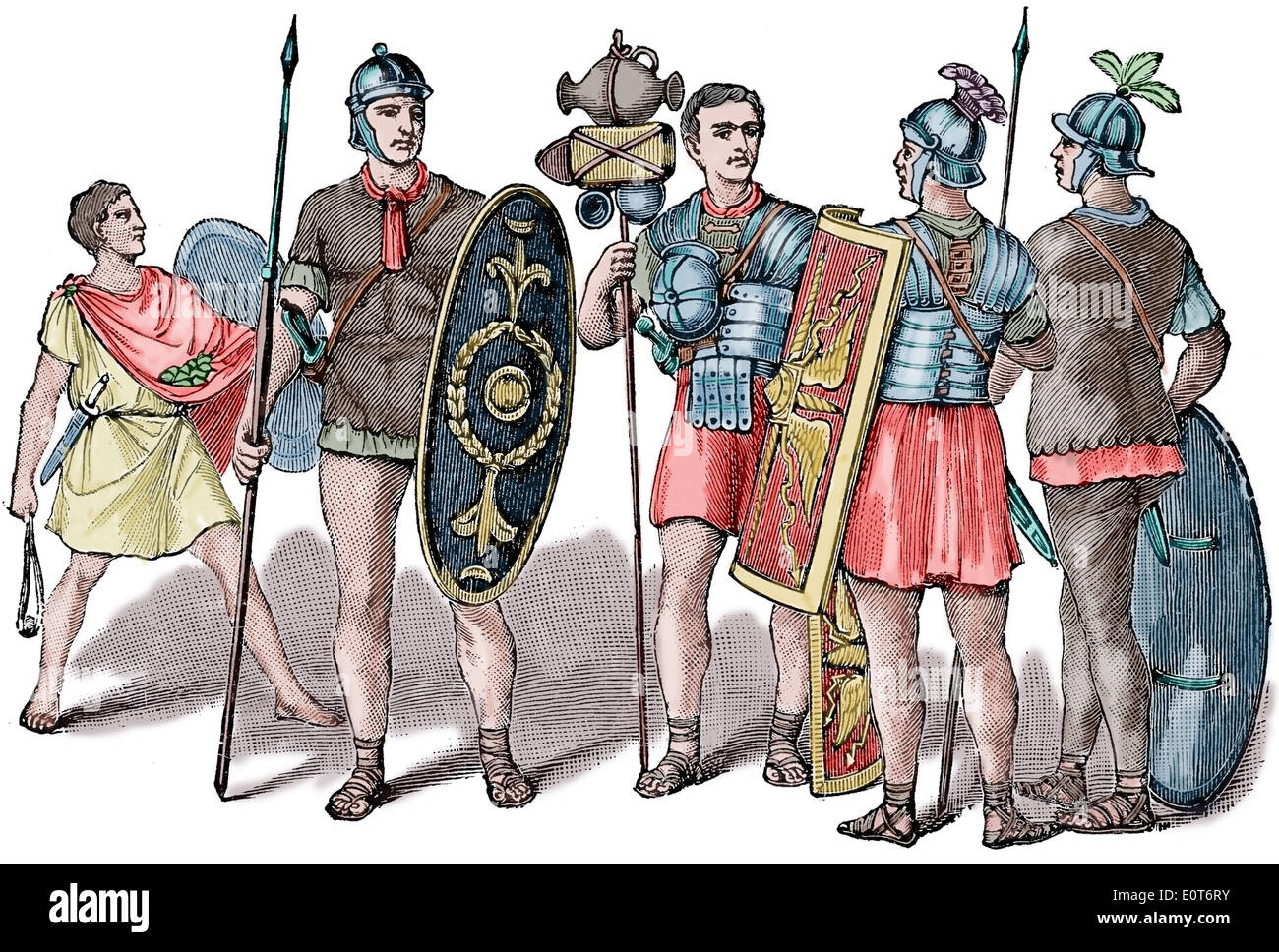 Gallic Wars. 58-50 BC. Roman soldiers and equipment. Caesaar in Gaul, 1917. Engraving. Color. Stock Photohttps://www.alamy.com/image-license-details/?v=1https://www.alamy.com/gallic-wars-58-50-bc-roman-soldiers-and-equipment-caesaar-in-gaul-image69373695.html
Gallic Wars. 58-50 BC. Roman soldiers and equipment. Caesaar in Gaul, 1917. Engraving. Color. Stock Photohttps://www.alamy.com/image-license-details/?v=1https://www.alamy.com/gallic-wars-58-50-bc-roman-soldiers-and-equipment-caesaar-in-gaul-image69373695.htmlRME0T6RY–Gallic Wars. 58-50 BC. Roman soldiers and equipment. Caesaar in Gaul, 1917. Engraving. Color.
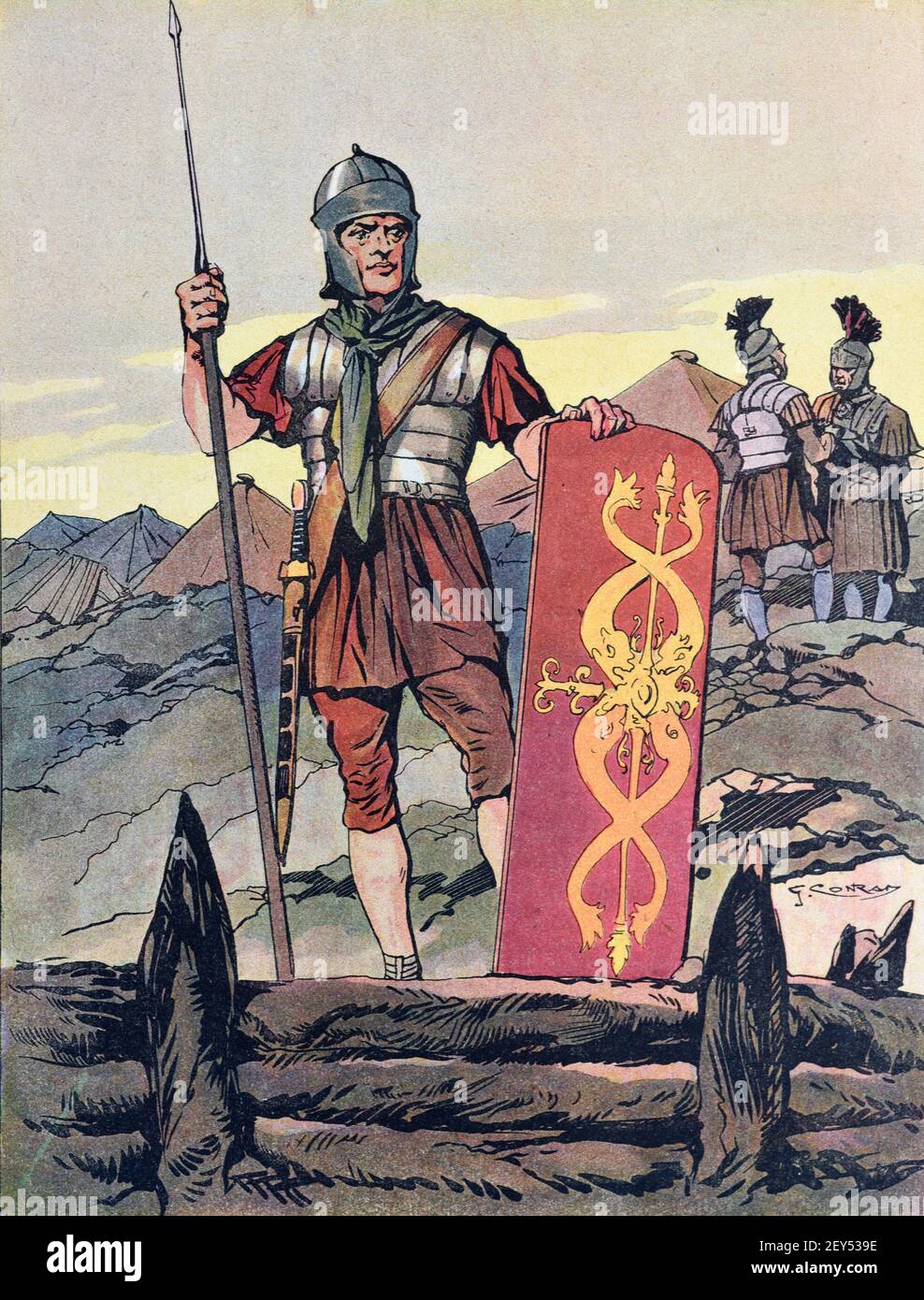 Encampment of Roman Soldiers under the Command of Julius Caesar during the Conquest & Suppression of Gaul during the Gallic Wars & Era of Vercingetorix (c82BC-46BC) Vintage Illustration c1940 Stock Photohttps://www.alamy.com/image-license-details/?v=1https://www.alamy.com/encampment-of-roman-soldiers-under-the-command-of-julius-caesar-during-the-conquest-suppression-of-gaul-during-the-gallic-wars-era-of-vercingetorix-c82bc-46bc-vintage-illustration-c1940-image412546554.html
Encampment of Roman Soldiers under the Command of Julius Caesar during the Conquest & Suppression of Gaul during the Gallic Wars & Era of Vercingetorix (c82BC-46BC) Vintage Illustration c1940 Stock Photohttps://www.alamy.com/image-license-details/?v=1https://www.alamy.com/encampment-of-roman-soldiers-under-the-command-of-julius-caesar-during-the-conquest-suppression-of-gaul-during-the-gallic-wars-era-of-vercingetorix-c82bc-46bc-vintage-illustration-c1940-image412546554.htmlRM2EY539E–Encampment of Roman Soldiers under the Command of Julius Caesar during the Conquest & Suppression of Gaul during the Gallic Wars & Era of Vercingetorix (c82BC-46BC) Vintage Illustration c1940
 Interior of 1th century BC Gallic house showing vertical loom and oven at the open-air Archeosite and Museum of Aubechies-Beloeil, Hainaut, Belgium Stock Photohttps://www.alamy.com/image-license-details/?v=1https://www.alamy.com/interior-of-1th-century-bc-gallic-house-showing-vertical-loom-and-oven-at-the-open-air-archeosite-and-museum-of-aubechies-beloeil-hainaut-belgium-image551225449.html
Interior of 1th century BC Gallic house showing vertical loom and oven at the open-air Archeosite and Museum of Aubechies-Beloeil, Hainaut, Belgium Stock Photohttps://www.alamy.com/image-license-details/?v=1https://www.alamy.com/interior-of-1th-century-bc-gallic-house-showing-vertical-loom-and-oven-at-the-open-air-archeosite-and-museum-of-aubechies-beloeil-hainaut-belgium-image551225449.htmlRM2R0PDK5–Interior of 1th century BC Gallic house showing vertical loom and oven at the open-air Archeosite and Museum of Aubechies-Beloeil, Hainaut, Belgium
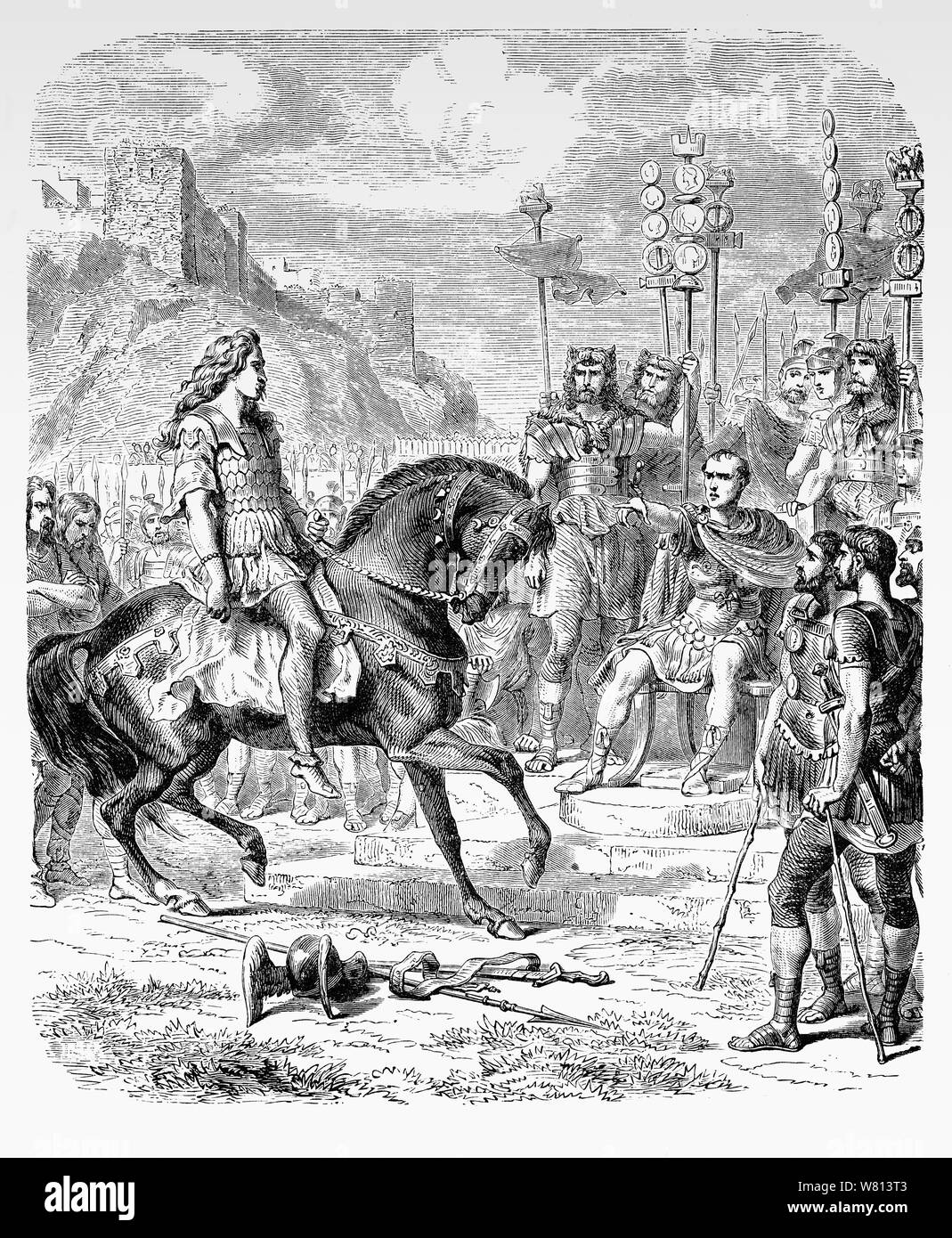 Vercingetorix (82 BC – 46 BC) was a king and chieftain of the Arverni tribe; he united the Gauls in a revolt against Roman forces during the last phase of Julius Caesar's Gallic Wars. At the Battle or Siege of Alesia, aka Alise-Sainte-Reine, now in the Côte-d'Or department in the Bourgogne-Franche-Comté region of eastern France, the Romans defeated his forces, and in order to save as many of his men as possible, he gave himself to the Romans. He was held prisoner for five years. In 46 BC, as part of Caesar's triumph, Vercingetorix was paraded through the streets of Rome and then executed by s Stock Photohttps://www.alamy.com/image-license-details/?v=1https://www.alamy.com/vercingetorix-82-bc-46-bc-was-a-king-and-chieftain-of-the-arverni-tribe-he-united-the-gauls-in-a-revolt-against-roman-forces-during-the-last-phase-of-julius-caesars-gallic-wars-at-the-battle-or-siege-of-alesia-aka-alise-sainte-reine-now-in-the-cte-dor-department-in-the-bourgogne-franche-comt-region-of-eastern-france-the-romans-defeated-his-forces-and-in-order-to-save-as-many-of-his-men-as-possible-he-gave-himself-to-the-romans-he-was-held-prisoner-for-five-years-in-46-bc-as-part-of-caesars-triumph-vercingetorix-was-paraded-through-the-streets-of-rome-and-then-executed-by-s-image263097747.html
Vercingetorix (82 BC – 46 BC) was a king and chieftain of the Arverni tribe; he united the Gauls in a revolt against Roman forces during the last phase of Julius Caesar's Gallic Wars. At the Battle or Siege of Alesia, aka Alise-Sainte-Reine, now in the Côte-d'Or department in the Bourgogne-Franche-Comté region of eastern France, the Romans defeated his forces, and in order to save as many of his men as possible, he gave himself to the Romans. He was held prisoner for five years. In 46 BC, as part of Caesar's triumph, Vercingetorix was paraded through the streets of Rome and then executed by s Stock Photohttps://www.alamy.com/image-license-details/?v=1https://www.alamy.com/vercingetorix-82-bc-46-bc-was-a-king-and-chieftain-of-the-arverni-tribe-he-united-the-gauls-in-a-revolt-against-roman-forces-during-the-last-phase-of-julius-caesars-gallic-wars-at-the-battle-or-siege-of-alesia-aka-alise-sainte-reine-now-in-the-cte-dor-department-in-the-bourgogne-franche-comt-region-of-eastern-france-the-romans-defeated-his-forces-and-in-order-to-save-as-many-of-his-men-as-possible-he-gave-himself-to-the-romans-he-was-held-prisoner-for-five-years-in-46-bc-as-part-of-caesars-triumph-vercingetorix-was-paraded-through-the-streets-of-rome-and-then-executed-by-s-image263097747.htmlRMW813T3–Vercingetorix (82 BC – 46 BC) was a king and chieftain of the Arverni tribe; he united the Gauls in a revolt against Roman forces during the last phase of Julius Caesar's Gallic Wars. At the Battle or Siege of Alesia, aka Alise-Sainte-Reine, now in the Côte-d'Or department in the Bourgogne-Franche-Comté region of eastern France, the Romans defeated his forces, and in order to save as many of his men as possible, he gave himself to the Romans. He was held prisoner for five years. In 46 BC, as part of Caesar's triumph, Vercingetorix was paraded through the streets of Rome and then executed by s
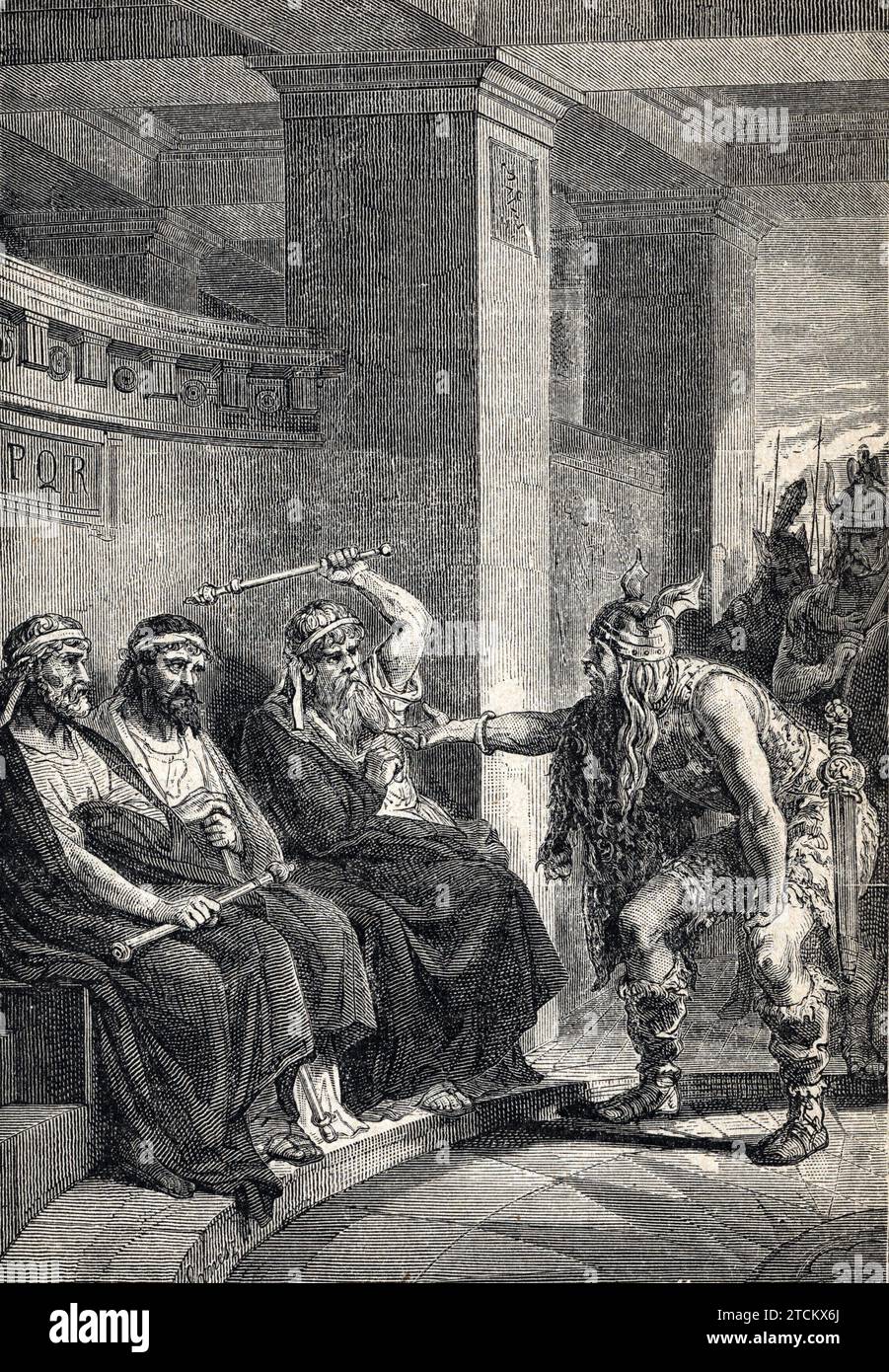 Roman Antiquity: the sack of Rome, altercation between the senator Marcus Papirius and a Gallic warrior who pulls his beard and will receive a blow of an ivory scepter in return which will trigger the massacre of the inhabitants of Rome by the Gauls in 390 BC. Engraving from 'Storia-d'Italia' di Luigi-stefanoni Stock Photohttps://www.alamy.com/image-license-details/?v=1https://www.alamy.com/roman-antiquity-the-sack-of-rome-altercation-between-the-senator-marcus-papirius-and-a-gallic-warrior-who-pulls-his-beard-and-will-receive-a-blow-of-an-ivory-scepter-in-return-which-will-trigger-the-massacre-of-the-inhabitants-of-rome-by-the-gauls-in-390-bc-engraving-from-storia-ditalia-di-luigi-stefanoni-image575755674.html
Roman Antiquity: the sack of Rome, altercation between the senator Marcus Papirius and a Gallic warrior who pulls his beard and will receive a blow of an ivory scepter in return which will trigger the massacre of the inhabitants of Rome by the Gauls in 390 BC. Engraving from 'Storia-d'Italia' di Luigi-stefanoni Stock Photohttps://www.alamy.com/image-license-details/?v=1https://www.alamy.com/roman-antiquity-the-sack-of-rome-altercation-between-the-senator-marcus-papirius-and-a-gallic-warrior-who-pulls-his-beard-and-will-receive-a-blow-of-an-ivory-scepter-in-return-which-will-trigger-the-massacre-of-the-inhabitants-of-rome-by-the-gauls-in-390-bc-engraving-from-storia-ditalia-di-luigi-stefanoni-image575755674.htmlRM2TCKX6J–Roman Antiquity: the sack of Rome, altercation between the senator Marcus Papirius and a Gallic warrior who pulls his beard and will receive a blow of an ivory scepter in return which will trigger the massacre of the inhabitants of Rome by the Gauls in 390 BC. Engraving from 'Storia-d'Italia' di Luigi-stefanoni
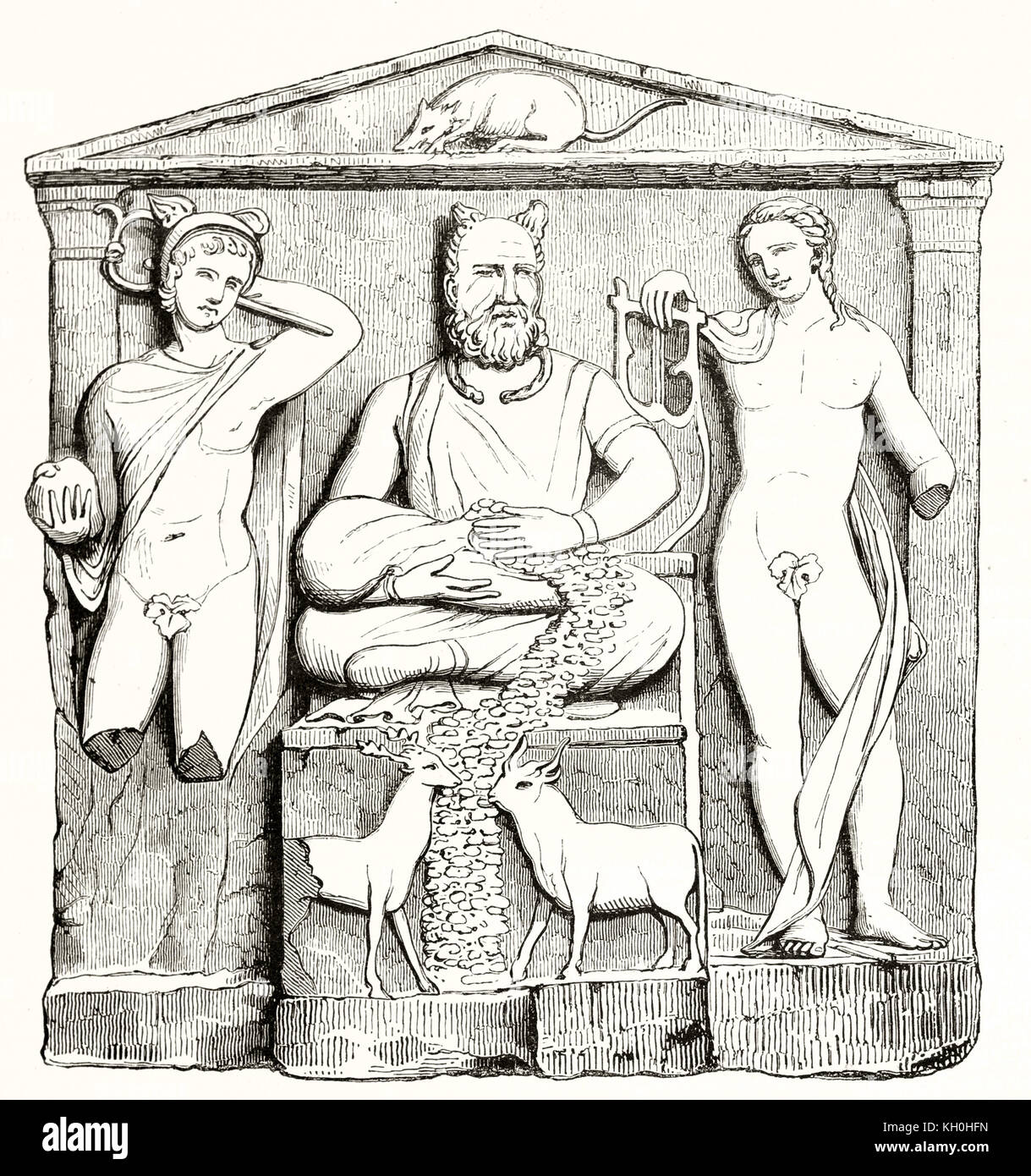 Old illustration depicting a Roman-Gaul altar kept in Reims museum. By unidentified author, publ. on Magasin Pittoresque, Paris, 1847 Stock Photohttps://www.alamy.com/image-license-details/?v=1https://www.alamy.com/stock-image-old-illustration-depicting-a-roman-gaul-altar-kept-in-reims-museum-165356233.html
Old illustration depicting a Roman-Gaul altar kept in Reims museum. By unidentified author, publ. on Magasin Pittoresque, Paris, 1847 Stock Photohttps://www.alamy.com/image-license-details/?v=1https://www.alamy.com/stock-image-old-illustration-depicting-a-roman-gaul-altar-kept-in-reims-museum-165356233.htmlRFKH0HFN–Old illustration depicting a Roman-Gaul altar kept in Reims museum. By unidentified author, publ. on Magasin Pittoresque, Paris, 1847
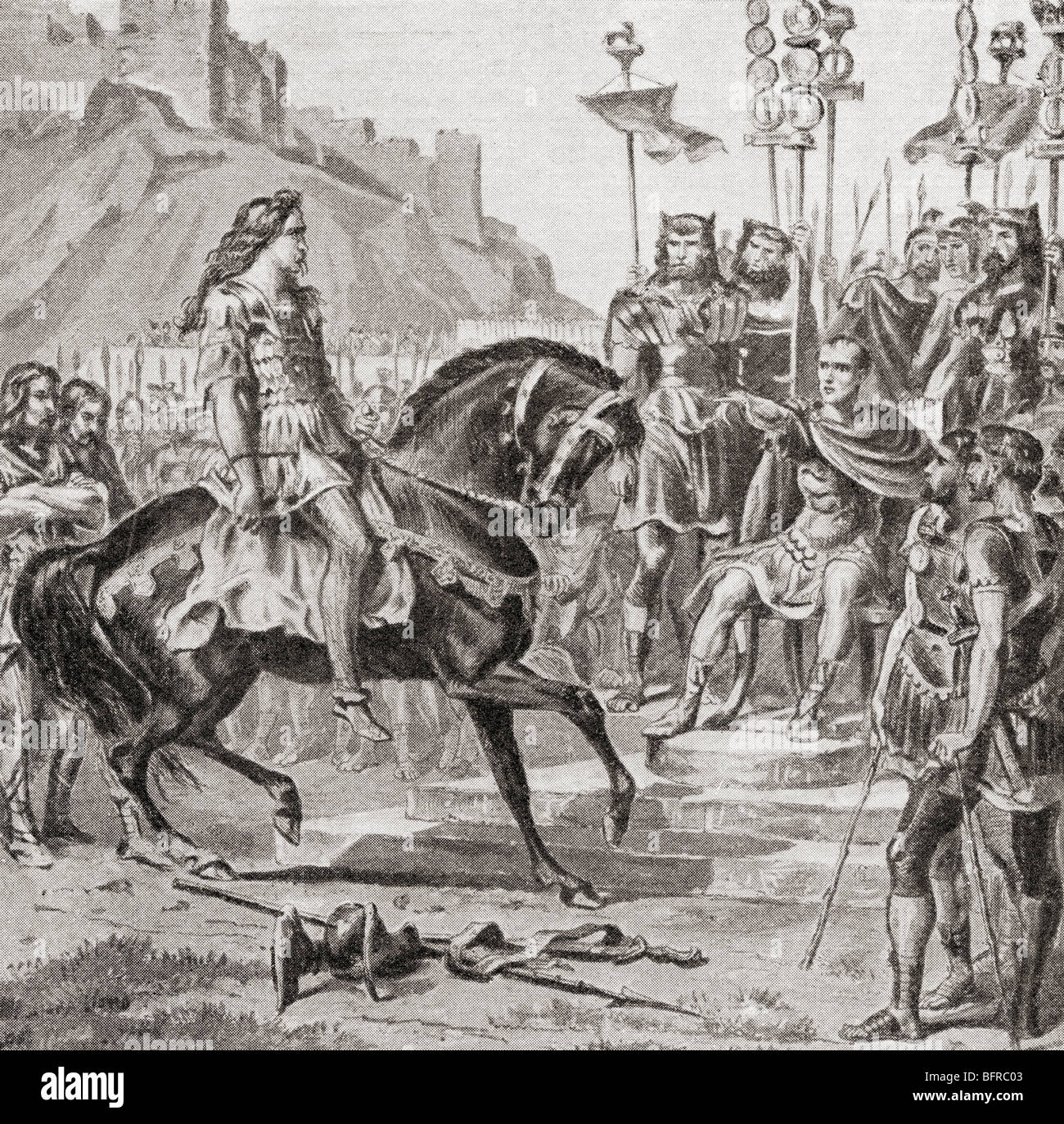 Vercingetorix the Gallic leader throws down his arms before Julius Caesar, 52BC. Stock Photohttps://www.alamy.com/image-license-details/?v=1https://www.alamy.com/stock-photo-vercingetorix-the-gallic-leader-throws-down-his-arms-before-julius-26944515.html
Vercingetorix the Gallic leader throws down his arms before Julius Caesar, 52BC. Stock Photohttps://www.alamy.com/image-license-details/?v=1https://www.alamy.com/stock-photo-vercingetorix-the-gallic-leader-throws-down-his-arms-before-julius-26944515.htmlRMBFRC03–Vercingetorix the Gallic leader throws down his arms before Julius Caesar, 52BC.
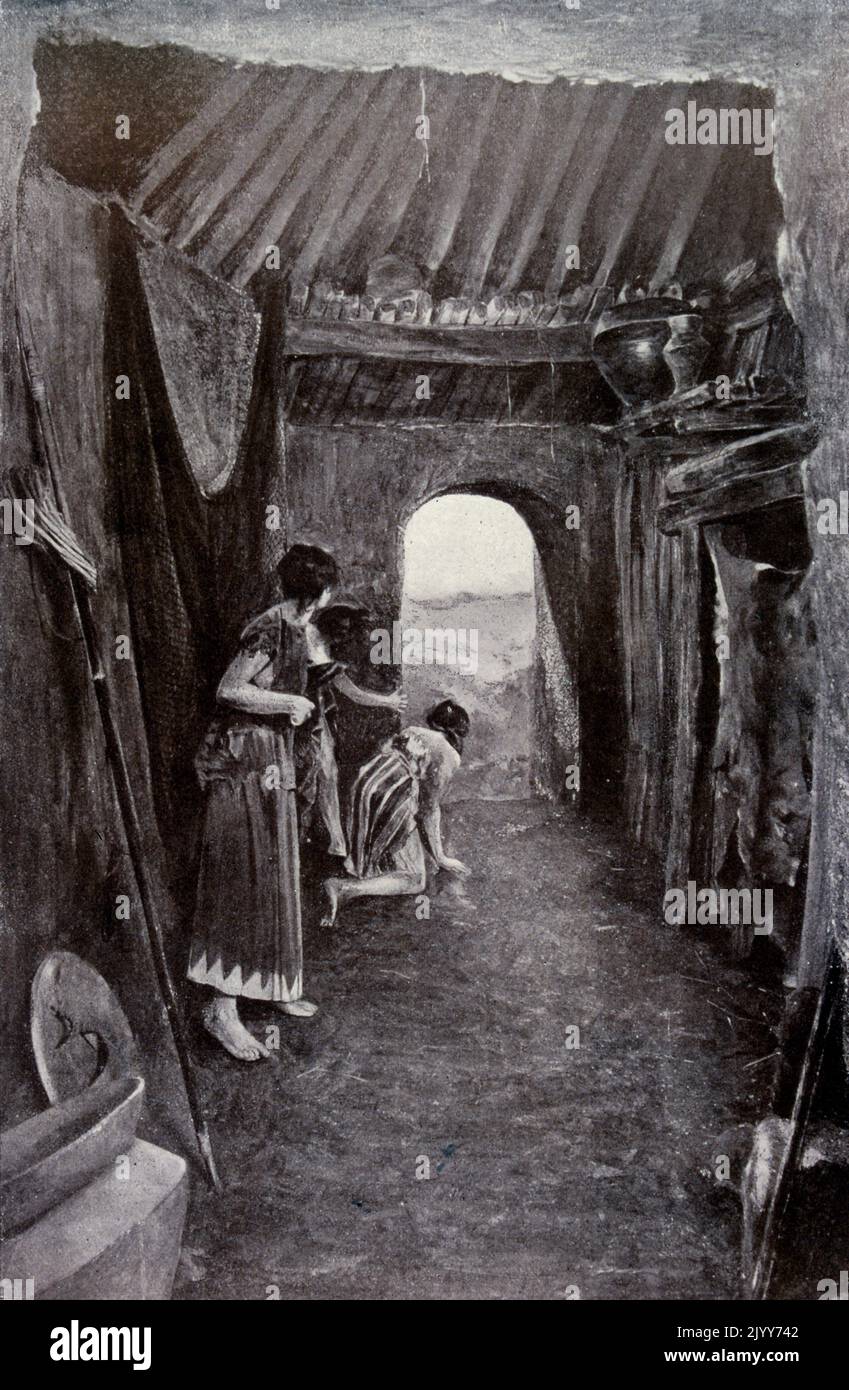 Black and white Illustration entitled 'Gallic Women from the Era of the Roman Invasion in the 1st Century AD', taken from descriptions collected in the book The History of the Gallic People by Amedee Simon Dominique Thierry. Stock Photohttps://www.alamy.com/image-license-details/?v=1https://www.alamy.com/black-and-white-illustration-entitled-gallic-women-from-the-era-of-the-roman-invasion-in-the-1st-century-ad-taken-from-descriptions-collected-in-the-book-the-history-of-the-gallic-people-by-amedee-simon-dominique-thierry-image481873954.html
Black and white Illustration entitled 'Gallic Women from the Era of the Roman Invasion in the 1st Century AD', taken from descriptions collected in the book The History of the Gallic People by Amedee Simon Dominique Thierry. Stock Photohttps://www.alamy.com/image-license-details/?v=1https://www.alamy.com/black-and-white-illustration-entitled-gallic-women-from-the-era-of-the-roman-invasion-in-the-1st-century-ad-taken-from-descriptions-collected-in-the-book-the-history-of-the-gallic-people-by-amedee-simon-dominique-thierry-image481873954.htmlRM2JYY742–Black and white Illustration entitled 'Gallic Women from the Era of the Roman Invasion in the 1st Century AD', taken from descriptions collected in the book The History of the Gallic People by Amedee Simon Dominique Thierry.
 Vercingetorix (c. 80-46 BC). Painting entitled ' Vercingetorix throws down his arms at the feet of Julius Caesar' by Henri-Paul Motte (1846–1922), oil on canvas, 1899 Stock Photohttps://www.alamy.com/image-license-details/?v=1https://www.alamy.com/vercingetorix-c-80-46-bc-painting-entitled-vercingetorix-throws-down-his-arms-at-the-feet-of-julius-caesar-by-henri-paul-motte-18461922-oil-on-canvas-1899-image504028542.html
Vercingetorix (c. 80-46 BC). Painting entitled ' Vercingetorix throws down his arms at the feet of Julius Caesar' by Henri-Paul Motte (1846–1922), oil on canvas, 1899 Stock Photohttps://www.alamy.com/image-license-details/?v=1https://www.alamy.com/vercingetorix-c-80-46-bc-painting-entitled-vercingetorix-throws-down-his-arms-at-the-feet-of-julius-caesar-by-henri-paul-motte-18461922-oil-on-canvas-1899-image504028542.htmlRM2M80DFA–Vercingetorix (c. 80-46 BC). Painting entitled ' Vercingetorix throws down his arms at the feet of Julius Caesar' by Henri-Paul Motte (1846–1922), oil on canvas, 1899
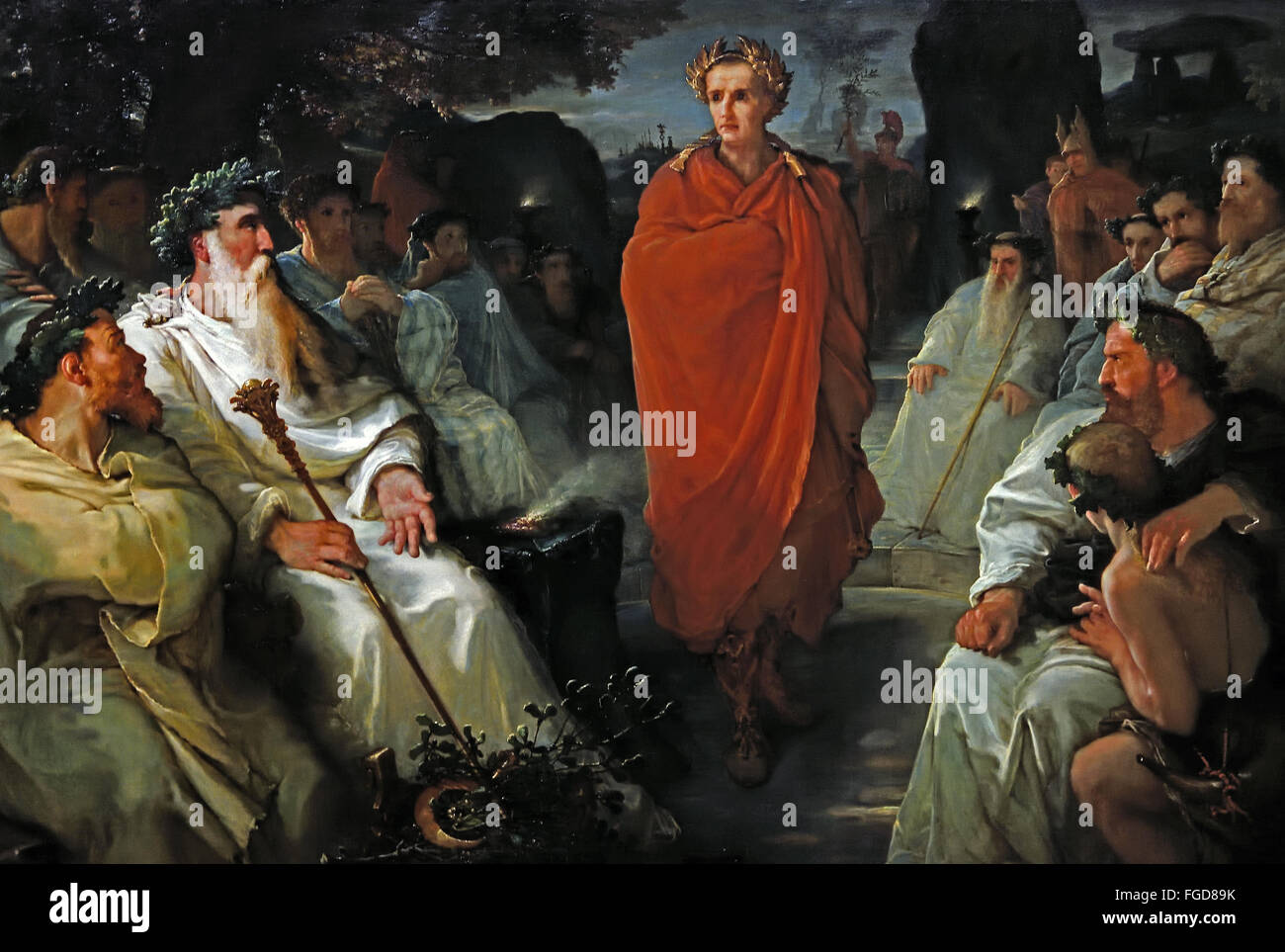 Caesar just deal with the Druids ( Campaigns Gallic ) 1867 Hippolyte Debon 1807-1872 France French ( Gaius Julius Caesar 100 – 44 BC Roman emperor general statesman ) Stock Photohttps://www.alamy.com/image-license-details/?v=1https://www.alamy.com/stock-photo-caesar-just-deal-with-the-druids-campaigns-gallic-1867-hippolyte-debon-96178255.html
Caesar just deal with the Druids ( Campaigns Gallic ) 1867 Hippolyte Debon 1807-1872 France French ( Gaius Julius Caesar 100 – 44 BC Roman emperor general statesman ) Stock Photohttps://www.alamy.com/image-license-details/?v=1https://www.alamy.com/stock-photo-caesar-just-deal-with-the-druids-campaigns-gallic-1867-hippolyte-debon-96178255.htmlRMFGD89K–Caesar just deal with the Druids ( Campaigns Gallic ) 1867 Hippolyte Debon 1807-1872 France French ( Gaius Julius Caesar 100 – 44 BC Roman emperor general statesman )
 Costume - Roman-Gallic Stock Photohttps://www.alamy.com/image-license-details/?v=1https://www.alamy.com/stock-photo-costume-roman-gallic-105318888.html
Costume - Roman-Gallic Stock Photohttps://www.alamy.com/image-license-details/?v=1https://www.alamy.com/stock-photo-costume-roman-gallic-105318888.htmlRMG39K8T–Costume - Roman-Gallic
 Art inspired by Terracotta medallion fragment, Mid Imperial, mid-2nd century A.D., Roman, Gallic, Terracotta; red slip ware, 2 3/4 × 1 5/8 × 1/4 in. (7 × 4.2 × 0.6 cm), Vases, Prometheus tied up with arms outstretched and eagle pecking at his chest; below Hercules armed with bow and, Classic works modernized by Artotop with a splash of modernity. Shapes, color and value, eye-catching visual impact on art. Emotions through freedom of artworks in a contemporary way. A timeless message pursuing a wildly creative new direction. Artists turning to the digital medium and creating the Artotop NFT Stock Photohttps://www.alamy.com/image-license-details/?v=1https://www.alamy.com/art-inspired-by-terracotta-medallion-fragment-mid-imperial-mid-2nd-century-ad-roman-gallic-terracotta-red-slip-ware-2-34-1-58-14-in-7-42-06-cm-vases-prometheus-tied-up-with-arms-outstretched-and-eagle-pecking-at-his-chest-below-hercules-armed-with-bow-and-classic-works-modernized-by-artotop-with-a-splash-of-modernity-shapes-color-and-value-eye-catching-visual-impact-on-art-emotions-through-freedom-of-artworks-in-a-contemporary-way-a-timeless-message-pursuing-a-wildly-creative-new-direction-artists-turning-to-the-digital-medium-and-creating-the-artotop-nft-image462931050.html
Art inspired by Terracotta medallion fragment, Mid Imperial, mid-2nd century A.D., Roman, Gallic, Terracotta; red slip ware, 2 3/4 × 1 5/8 × 1/4 in. (7 × 4.2 × 0.6 cm), Vases, Prometheus tied up with arms outstretched and eagle pecking at his chest; below Hercules armed with bow and, Classic works modernized by Artotop with a splash of modernity. Shapes, color and value, eye-catching visual impact on art. Emotions through freedom of artworks in a contemporary way. A timeless message pursuing a wildly creative new direction. Artists turning to the digital medium and creating the Artotop NFT Stock Photohttps://www.alamy.com/image-license-details/?v=1https://www.alamy.com/art-inspired-by-terracotta-medallion-fragment-mid-imperial-mid-2nd-century-ad-roman-gallic-terracotta-red-slip-ware-2-34-1-58-14-in-7-42-06-cm-vases-prometheus-tied-up-with-arms-outstretched-and-eagle-pecking-at-his-chest-below-hercules-armed-with-bow-and-classic-works-modernized-by-artotop-with-a-splash-of-modernity-shapes-color-and-value-eye-catching-visual-impact-on-art-emotions-through-freedom-of-artworks-in-a-contemporary-way-a-timeless-message-pursuing-a-wildly-creative-new-direction-artists-turning-to-the-digital-medium-and-creating-the-artotop-nft-image462931050.htmlRF2HW497P–Art inspired by Terracotta medallion fragment, Mid Imperial, mid-2nd century A.D., Roman, Gallic, Terracotta; red slip ware, 2 3/4 × 1 5/8 × 1/4 in. (7 × 4.2 × 0.6 cm), Vases, Prometheus tied up with arms outstretched and eagle pecking at his chest; below Hercules armed with bow and, Classic works modernized by Artotop with a splash of modernity. Shapes, color and value, eye-catching visual impact on art. Emotions through freedom of artworks in a contemporary way. A timeless message pursuing a wildly creative new direction. Artists turning to the digital medium and creating the Artotop NFT
 The Gauls attack the Capitol, Bartolomeo Pinelli, 1819, Gallic soldiers try to storm the Capitol Hill. They are stopped by Roman soldiers., print maker: Bartolomeo Pinelli, (mentioned on object), Bartolomeo Pinelli, (mentioned on object), Rome, 1819, paper, etching, h 315 mm × w 425 mm Stock Photohttps://www.alamy.com/image-license-details/?v=1https://www.alamy.com/the-gauls-attack-the-capitol-bartolomeo-pinelli-1819-gallic-soldiers-try-to-storm-the-capitol-hill-they-are-stopped-by-roman-soldiers-print-maker-bartolomeo-pinelli-mentioned-on-object-bartolomeo-pinelli-mentioned-on-object-rome-1819-paper-etching-h-315-mm-w-425-mm-image473385048.html
The Gauls attack the Capitol, Bartolomeo Pinelli, 1819, Gallic soldiers try to storm the Capitol Hill. They are stopped by Roman soldiers., print maker: Bartolomeo Pinelli, (mentioned on object), Bartolomeo Pinelli, (mentioned on object), Rome, 1819, paper, etching, h 315 mm × w 425 mm Stock Photohttps://www.alamy.com/image-license-details/?v=1https://www.alamy.com/the-gauls-attack-the-capitol-bartolomeo-pinelli-1819-gallic-soldiers-try-to-storm-the-capitol-hill-they-are-stopped-by-roman-soldiers-print-maker-bartolomeo-pinelli-mentioned-on-object-bartolomeo-pinelli-mentioned-on-object-rome-1819-paper-etching-h-315-mm-w-425-mm-image473385048.htmlRM2JE4FCT–The Gauls attack the Capitol, Bartolomeo Pinelli, 1819, Gallic soldiers try to storm the Capitol Hill. They are stopped by Roman soldiers., print maker: Bartolomeo Pinelli, (mentioned on object), Bartolomeo Pinelli, (mentioned on object), Rome, 1819, paper, etching, h 315 mm × w 425 mm
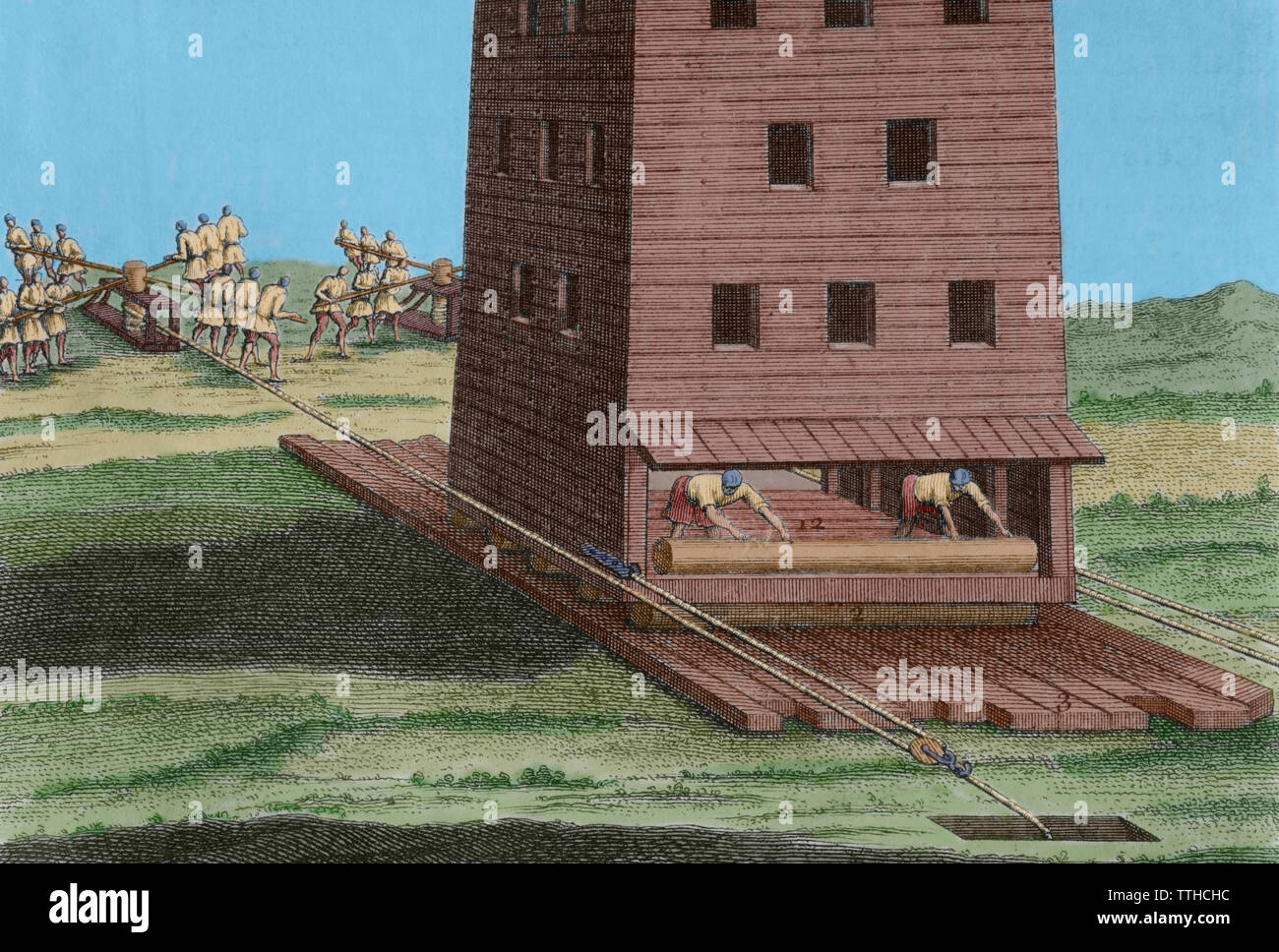 History by Polybius. Volume II. French edition translated from Greek by Dom Vincent Thuillier. Comments of Military Science enriched with critical and historical notes by M. De Folard. Paris, chez Pierre Gandouin, Julien-Michel Gandouin, Pierre-Francois Giffart and Nicolas-Pierre Armand, 1727. Printing by Jean-Baptiste Lamesle. Gallic Wars. Military conflict between Julio Cesar and the Gallic tribes, 58-51 BC. Siege of Namur, 54 BC. Engraving depicting a mobile siege tower, mounted on wooden logs and pushed by soldiers with the help of cranks. Engraving. Detail. Later colouration. Stock Photohttps://www.alamy.com/image-license-details/?v=1https://www.alamy.com/history-by-polybius-volume-ii-french-edition-translated-from-greek-by-dom-vincent-thuillier-comments-of-military-science-enriched-with-critical-and-historical-notes-by-m-de-folard-paris-chez-pierre-gandouin-julien-michel-gandouin-pierre-francois-giffart-and-nicolas-pierre-armand-1727-printing-by-jean-baptiste-lamesle-gallic-wars-military-conflict-between-julio-cesar-and-the-gallic-tribes-58-51-bc-siege-of-namur-54-bc-engraving-depicting-a-mobile-siege-tower-mounted-on-wooden-logs-and-pushed-by-soldiers-with-the-help-of-cranks-engraving-detail-later-colouration-image256079976.html
History by Polybius. Volume II. French edition translated from Greek by Dom Vincent Thuillier. Comments of Military Science enriched with critical and historical notes by M. De Folard. Paris, chez Pierre Gandouin, Julien-Michel Gandouin, Pierre-Francois Giffart and Nicolas-Pierre Armand, 1727. Printing by Jean-Baptiste Lamesle. Gallic Wars. Military conflict between Julio Cesar and the Gallic tribes, 58-51 BC. Siege of Namur, 54 BC. Engraving depicting a mobile siege tower, mounted on wooden logs and pushed by soldiers with the help of cranks. Engraving. Detail. Later colouration. Stock Photohttps://www.alamy.com/image-license-details/?v=1https://www.alamy.com/history-by-polybius-volume-ii-french-edition-translated-from-greek-by-dom-vincent-thuillier-comments-of-military-science-enriched-with-critical-and-historical-notes-by-m-de-folard-paris-chez-pierre-gandouin-julien-michel-gandouin-pierre-francois-giffart-and-nicolas-pierre-armand-1727-printing-by-jean-baptiste-lamesle-gallic-wars-military-conflict-between-julio-cesar-and-the-gallic-tribes-58-51-bc-siege-of-namur-54-bc-engraving-depicting-a-mobile-siege-tower-mounted-on-wooden-logs-and-pushed-by-soldiers-with-the-help-of-cranks-engraving-detail-later-colouration-image256079976.htmlRMTTHCHC–History by Polybius. Volume II. French edition translated from Greek by Dom Vincent Thuillier. Comments of Military Science enriched with critical and historical notes by M. De Folard. Paris, chez Pierre Gandouin, Julien-Michel Gandouin, Pierre-Francois Giffart and Nicolas-Pierre Armand, 1727. Printing by Jean-Baptiste Lamesle. Gallic Wars. Military conflict between Julio Cesar and the Gallic tribes, 58-51 BC. Siege of Namur, 54 BC. Engraving depicting a mobile siege tower, mounted on wooden logs and pushed by soldiers with the help of cranks. Engraving. Detail. Later colouration.
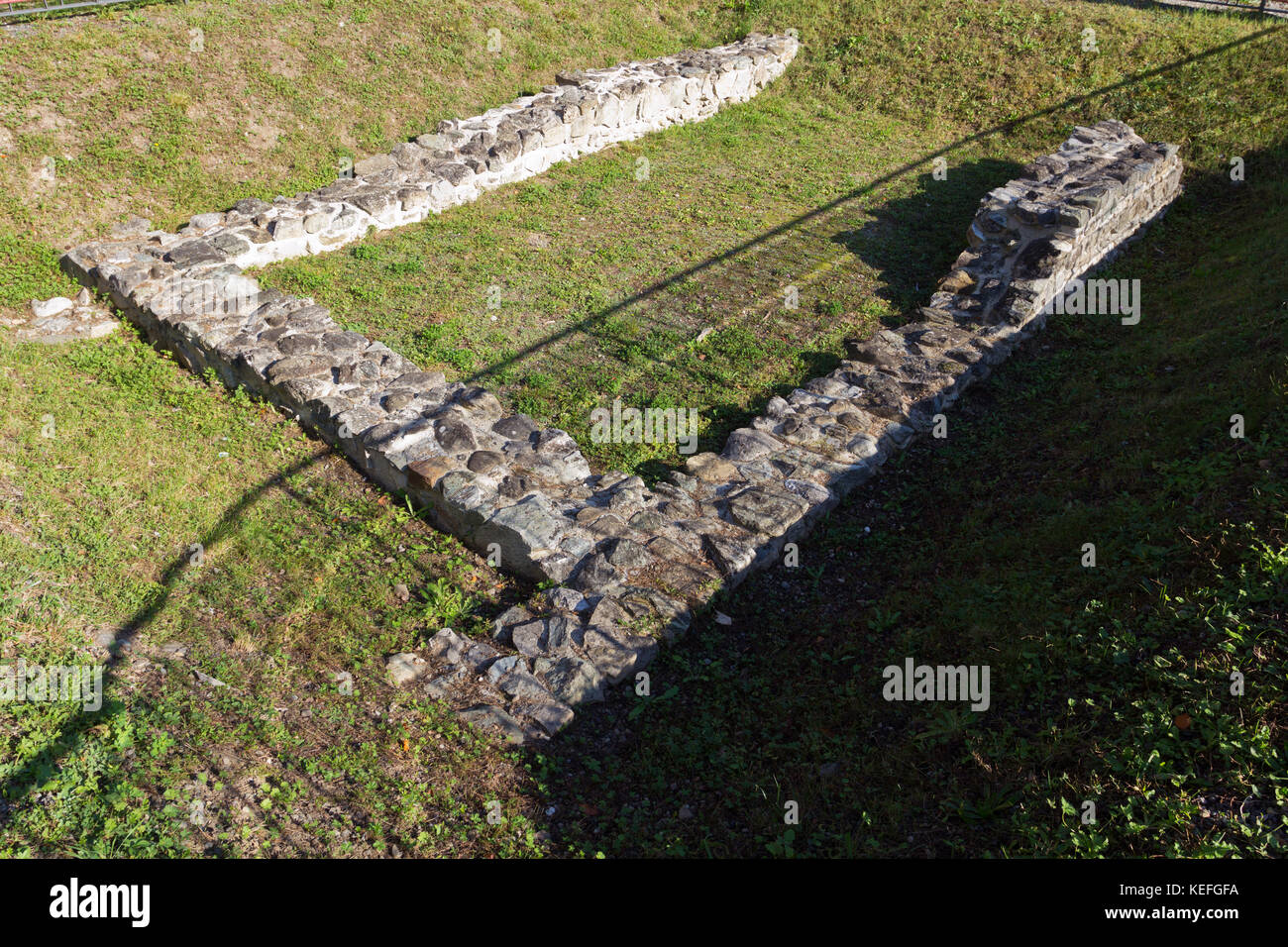 Old Geneva: Remains of a roman-gallic villa Stock Photohttps://www.alamy.com/image-license-details/?v=1https://www.alamy.com/stock-image-old-geneva-remains-of-a-roman-gallic-villa-163840750.html
Old Geneva: Remains of a roman-gallic villa Stock Photohttps://www.alamy.com/image-license-details/?v=1https://www.alamy.com/stock-image-old-geneva-remains-of-a-roman-gallic-villa-163840750.htmlRMKEFGFA–Old Geneva: Remains of a roman-gallic villa
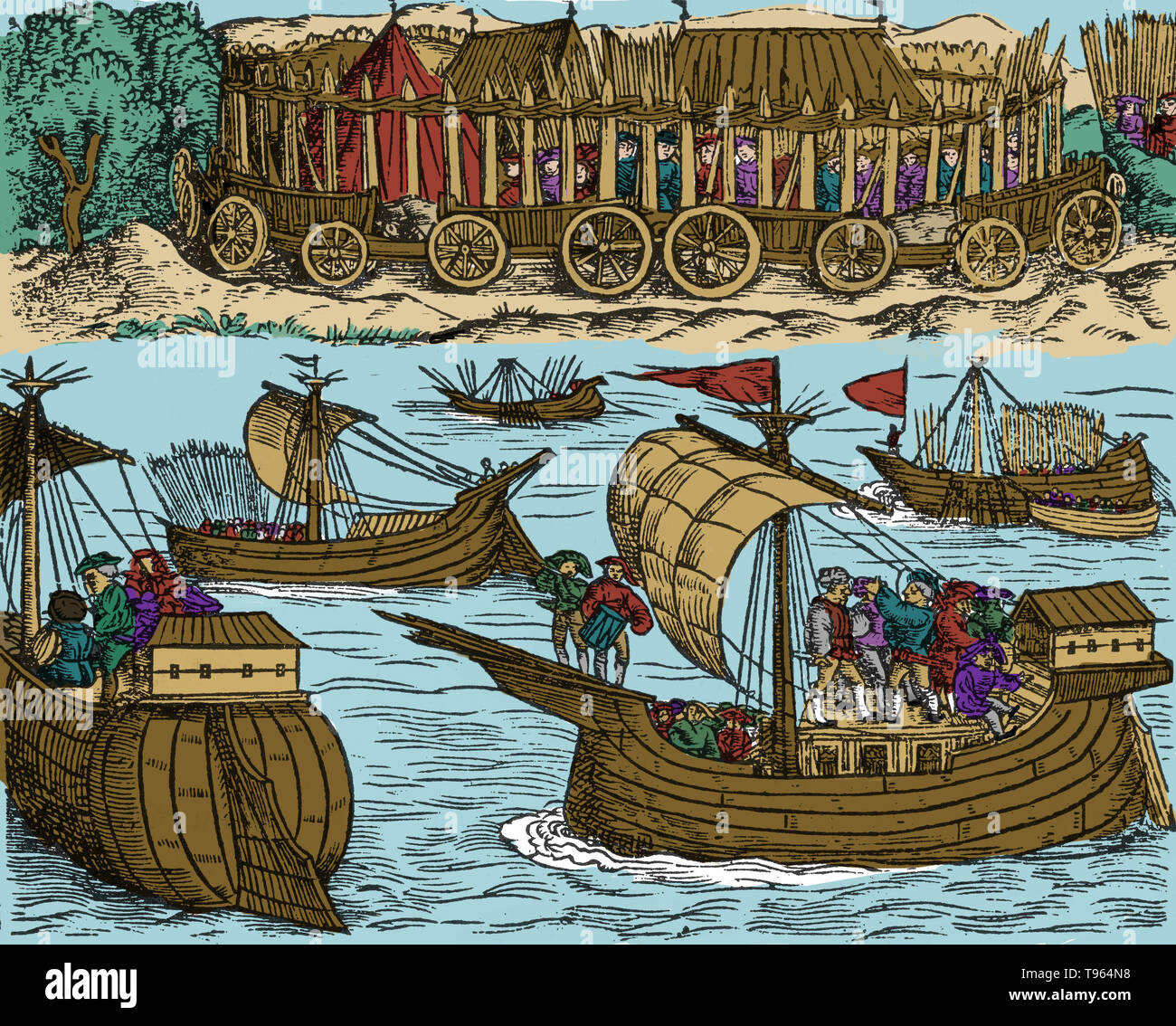 Woodcut from Historien vom Gallier und der Romer, published in Mainz in 1530 showing Julius Caesar sailing the Thames. In his Gallic Wars, Julius Caesar invaded Britain twice, in 55 and 54 BC. The second was more successful, setting up a friendly king, Mandubracius, and forcing the submission of his rival, Cassivellaunus, although no territory was conquered and held for Rome. Gaius Julius Caesar (100-44 BC) was a Roman general and statesman. Stock Photohttps://www.alamy.com/image-license-details/?v=1https://www.alamy.com/woodcut-from-historien-vom-gallier-und-der-romer-published-in-mainz-in-1530-showing-julius-caesar-sailing-the-thames-in-his-gallic-wars-julius-caesar-invaded-britain-twice-in-55-and-54-bc-the-second-was-more-successful-setting-up-a-friendly-king-mandubracius-and-forcing-the-submission-of-his-rival-cassivellaunus-although-no-territory-was-conquered-and-held-for-rome-gaius-julius-caesar-100-44-bc-was-a-roman-general-and-statesman-image246612500.html
Woodcut from Historien vom Gallier und der Romer, published in Mainz in 1530 showing Julius Caesar sailing the Thames. In his Gallic Wars, Julius Caesar invaded Britain twice, in 55 and 54 BC. The second was more successful, setting up a friendly king, Mandubracius, and forcing the submission of his rival, Cassivellaunus, although no territory was conquered and held for Rome. Gaius Julius Caesar (100-44 BC) was a Roman general and statesman. Stock Photohttps://www.alamy.com/image-license-details/?v=1https://www.alamy.com/woodcut-from-historien-vom-gallier-und-der-romer-published-in-mainz-in-1530-showing-julius-caesar-sailing-the-thames-in-his-gallic-wars-julius-caesar-invaded-britain-twice-in-55-and-54-bc-the-second-was-more-successful-setting-up-a-friendly-king-mandubracius-and-forcing-the-submission-of-his-rival-cassivellaunus-although-no-territory-was-conquered-and-held-for-rome-gaius-julius-caesar-100-44-bc-was-a-roman-general-and-statesman-image246612500.htmlRMT964N8–Woodcut from Historien vom Gallier und der Romer, published in Mainz in 1530 showing Julius Caesar sailing the Thames. In his Gallic Wars, Julius Caesar invaded Britain twice, in 55 and 54 BC. The second was more successful, setting up a friendly king, Mandubracius, and forcing the submission of his rival, Cassivellaunus, although no territory was conquered and held for Rome. Gaius Julius Caesar (100-44 BC) was a Roman general and statesman.
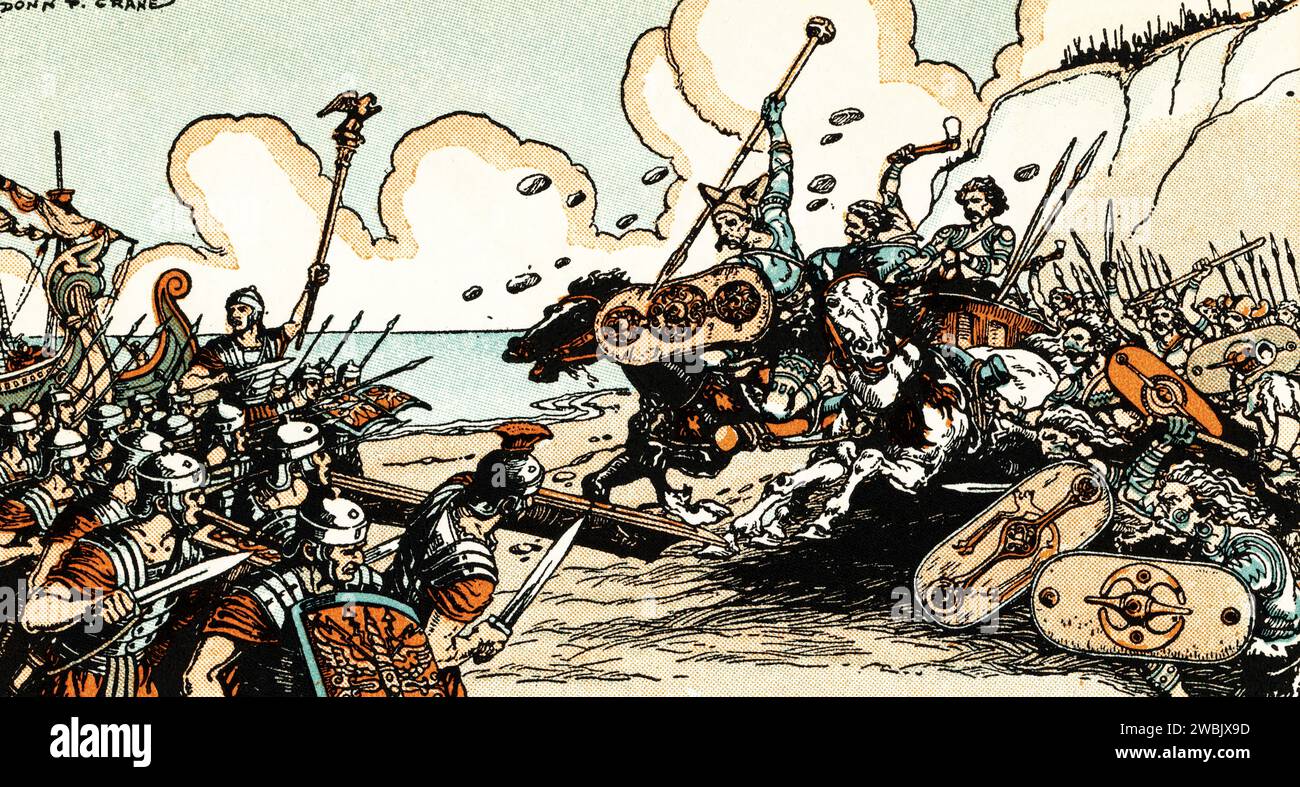 Celtic Britons resist Caesar. By Donn Philip Crane (1878-1944). In the course of his Gallic Wars, Julius Caesar (100 BC-44 BC), invaded Britain twice: in 55 and 54 BC. Stock Photohttps://www.alamy.com/image-license-details/?v=1https://www.alamy.com/celtic-britons-resist-caesar-by-donn-philip-crane-1878-1944-in-the-course-of-hisgallic-warsjulius-caesar-100-bc-44-bcinvadedbritaintwice-in-55-and-54-bc-image592329513.html
Celtic Britons resist Caesar. By Donn Philip Crane (1878-1944). In the course of his Gallic Wars, Julius Caesar (100 BC-44 BC), invaded Britain twice: in 55 and 54 BC. Stock Photohttps://www.alamy.com/image-license-details/?v=1https://www.alamy.com/celtic-britons-resist-caesar-by-donn-philip-crane-1878-1944-in-the-course-of-hisgallic-warsjulius-caesar-100-bc-44-bcinvadedbritaintwice-in-55-and-54-bc-image592329513.htmlRM2WBJX9D–Celtic Britons resist Caesar. By Donn Philip Crane (1878-1944). In the course of his Gallic Wars, Julius Caesar (100 BC-44 BC), invaded Britain twice: in 55 and 54 BC.
 Roman invasion of Britain in Kent 55-54 BC Stock Photohttps://www.alamy.com/image-license-details/?v=1https://www.alamy.com/stock-photo-roman-invasion-of-britain-in-kent-55-54-bc-93024309.html
Roman invasion of Britain in Kent 55-54 BC Stock Photohttps://www.alamy.com/image-license-details/?v=1https://www.alamy.com/stock-photo-roman-invasion-of-britain-in-kent-55-54-bc-93024309.htmlRMFB9HCN–Roman invasion of Britain in Kent 55-54 BC
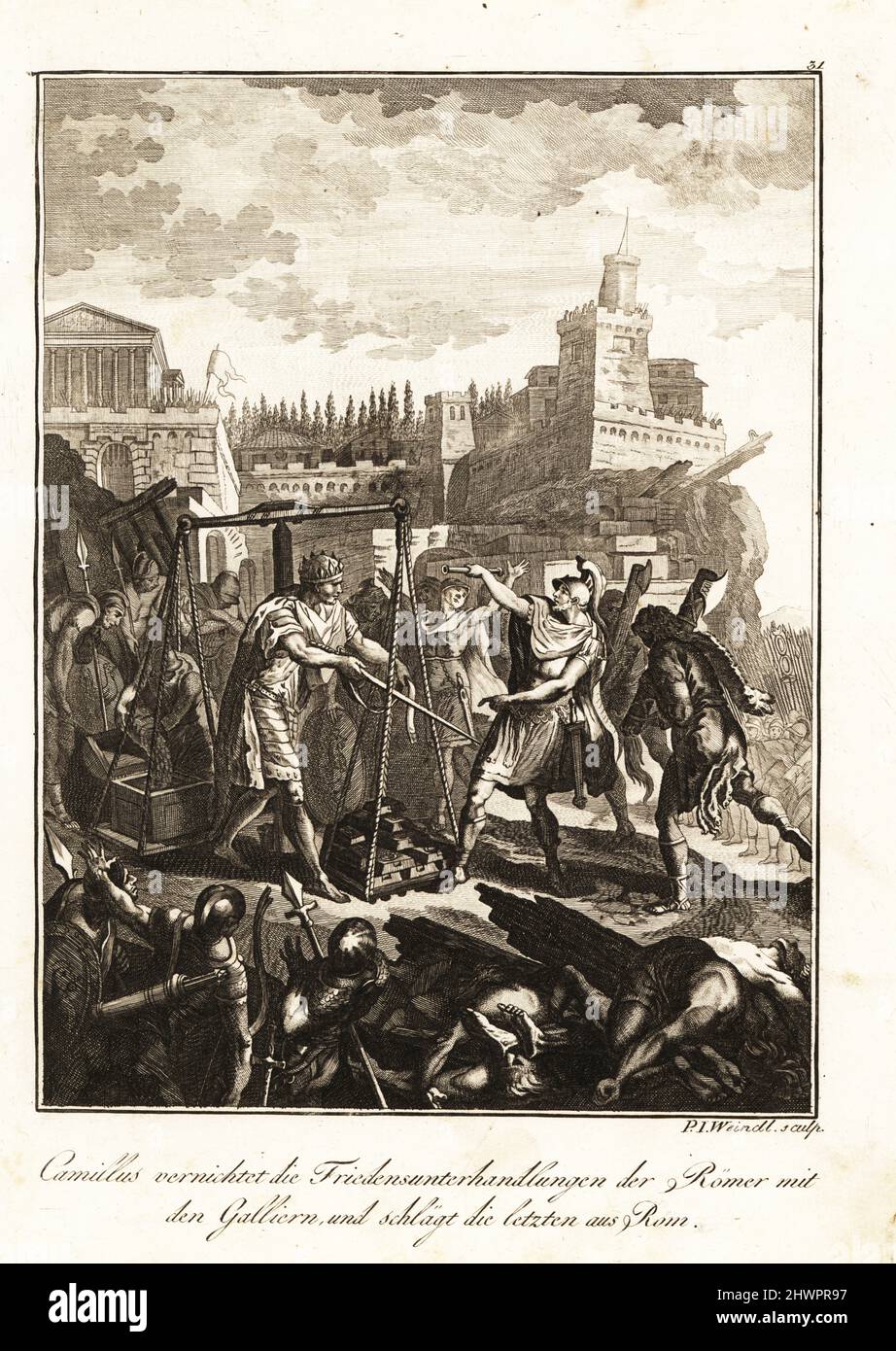 Roman general Marcus Furius Camillus expelling the Senonii Gauls from Rome, c. 390 BC, breaking the treaty with Gallic leader Brennus, shown loading gold onto scales. Traite des Romains, rompu par Camille qui chasse les Gaulois de Rome. Copperplate engraving by Paul Joh. Weindl after a design by Hubert-François Gravelot from Professor Joseph Rudolf Zappe’s Gemalde aus der romischen Geschichte, Pictures of Roman History, Joseph Schalbacher, Vienna, 1800. German edition of Abbe Claude Francois Xavier Millot’s Abrege de l’Histoire Romaine. Stock Photohttps://www.alamy.com/image-license-details/?v=1https://www.alamy.com/roman-general-marcus-furius-camillus-expelling-the-senonii-gauls-from-rome-c-390-bc-breaking-the-treaty-with-gallic-leader-brennus-shown-loading-gold-onto-scales-traite-des-romains-rompu-par-camille-qui-chasse-les-gaulois-de-rome-copperplate-engraving-by-paul-joh-weindl-after-a-design-by-hubert-franois-gravelot-from-professor-joseph-rudolf-zappes-gemalde-aus-der-romischen-geschichte-pictures-of-roman-history-joseph-schalbacher-vienna-1800-german-edition-of-abbe-claude-francois-xavier-millots-abrege-de-lhistoire-romaine-image463337203.html
Roman general Marcus Furius Camillus expelling the Senonii Gauls from Rome, c. 390 BC, breaking the treaty with Gallic leader Brennus, shown loading gold onto scales. Traite des Romains, rompu par Camille qui chasse les Gaulois de Rome. Copperplate engraving by Paul Joh. Weindl after a design by Hubert-François Gravelot from Professor Joseph Rudolf Zappe’s Gemalde aus der romischen Geschichte, Pictures of Roman History, Joseph Schalbacher, Vienna, 1800. German edition of Abbe Claude Francois Xavier Millot’s Abrege de l’Histoire Romaine. Stock Photohttps://www.alamy.com/image-license-details/?v=1https://www.alamy.com/roman-general-marcus-furius-camillus-expelling-the-senonii-gauls-from-rome-c-390-bc-breaking-the-treaty-with-gallic-leader-brennus-shown-loading-gold-onto-scales-traite-des-romains-rompu-par-camille-qui-chasse-les-gaulois-de-rome-copperplate-engraving-by-paul-joh-weindl-after-a-design-by-hubert-franois-gravelot-from-professor-joseph-rudolf-zappes-gemalde-aus-der-romischen-geschichte-pictures-of-roman-history-joseph-schalbacher-vienna-1800-german-edition-of-abbe-claude-francois-xavier-millots-abrege-de-lhistoire-romaine-image463337203.htmlRM2HWPR97–Roman general Marcus Furius Camillus expelling the Senonii Gauls from Rome, c. 390 BC, breaking the treaty with Gallic leader Brennus, shown loading gold onto scales. Traite des Romains, rompu par Camille qui chasse les Gaulois de Rome. Copperplate engraving by Paul Joh. Weindl after a design by Hubert-François Gravelot from Professor Joseph Rudolf Zappe’s Gemalde aus der romischen Geschichte, Pictures of Roman History, Joseph Schalbacher, Vienna, 1800. German edition of Abbe Claude Francois Xavier Millot’s Abrege de l’Histoire Romaine.
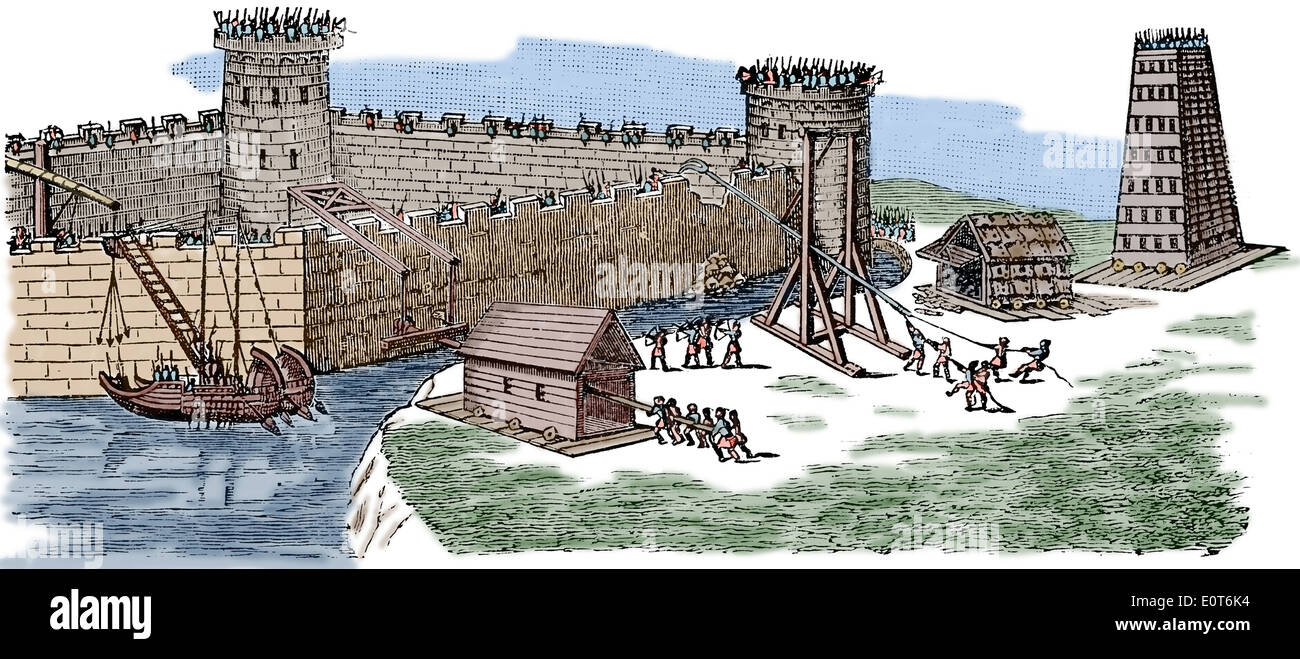 Gallic Wars (58-50 BC) Oppugnatio. Caesar Gallic War, 1899. Engraving. Later colouration. Stock Photohttps://www.alamy.com/image-license-details/?v=1https://www.alamy.com/gallic-wars-58-50-bc-oppugnatio-caesar-gallic-war-1899-engraving-later-image69373560.html
Gallic Wars (58-50 BC) Oppugnatio. Caesar Gallic War, 1899. Engraving. Later colouration. Stock Photohttps://www.alamy.com/image-license-details/?v=1https://www.alamy.com/gallic-wars-58-50-bc-oppugnatio-caesar-gallic-war-1899-engraving-later-image69373560.htmlRME0T6K4–Gallic Wars (58-50 BC) Oppugnatio. Caesar Gallic War, 1899. Engraving. Later colouration.
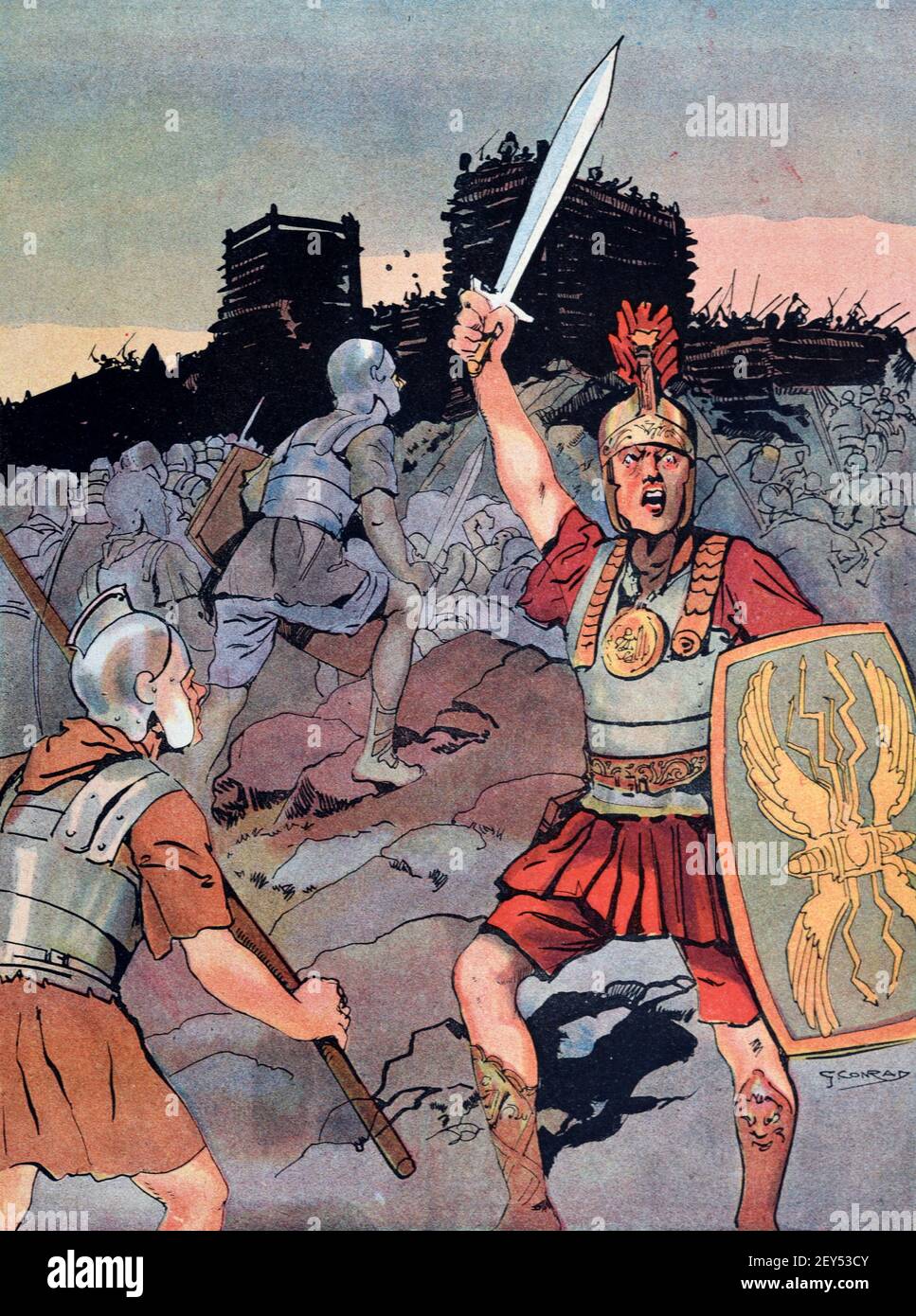 Victorious Roman Soldiers during the Siege of Alesia or Battle of Alesia (52BC) when the Romans, under Julius Ceasor, defeated the Gallic Tribes Led by Vercingetrox in the Decisive Battle of the Gallic Wars (58BC-52BC). Ancient Gaul France. Vintage Illustration c1940 Stock Photohttps://www.alamy.com/image-license-details/?v=1https://www.alamy.com/victorious-roman-soldiers-during-the-siege-of-alesia-or-battle-of-alesia-52bc-when-the-romans-under-julius-ceasor-defeated-the-gallic-tribes-led-by-vercingetrox-in-the-decisive-battle-of-the-gallic-wars-58bc-52bc-ancient-gaul-france-vintage-illustration-c1940-image412546651.html
Victorious Roman Soldiers during the Siege of Alesia or Battle of Alesia (52BC) when the Romans, under Julius Ceasor, defeated the Gallic Tribes Led by Vercingetrox in the Decisive Battle of the Gallic Wars (58BC-52BC). Ancient Gaul France. Vintage Illustration c1940 Stock Photohttps://www.alamy.com/image-license-details/?v=1https://www.alamy.com/victorious-roman-soldiers-during-the-siege-of-alesia-or-battle-of-alesia-52bc-when-the-romans-under-julius-ceasor-defeated-the-gallic-tribes-led-by-vercingetrox-in-the-decisive-battle-of-the-gallic-wars-58bc-52bc-ancient-gaul-france-vintage-illustration-c1940-image412546651.htmlRM2EY53CY–Victorious Roman Soldiers during the Siege of Alesia or Battle of Alesia (52BC) when the Romans, under Julius Ceasor, defeated the Gallic Tribes Led by Vercingetrox in the Decisive Battle of the Gallic Wars (58BC-52BC). Ancient Gaul France. Vintage Illustration c1940
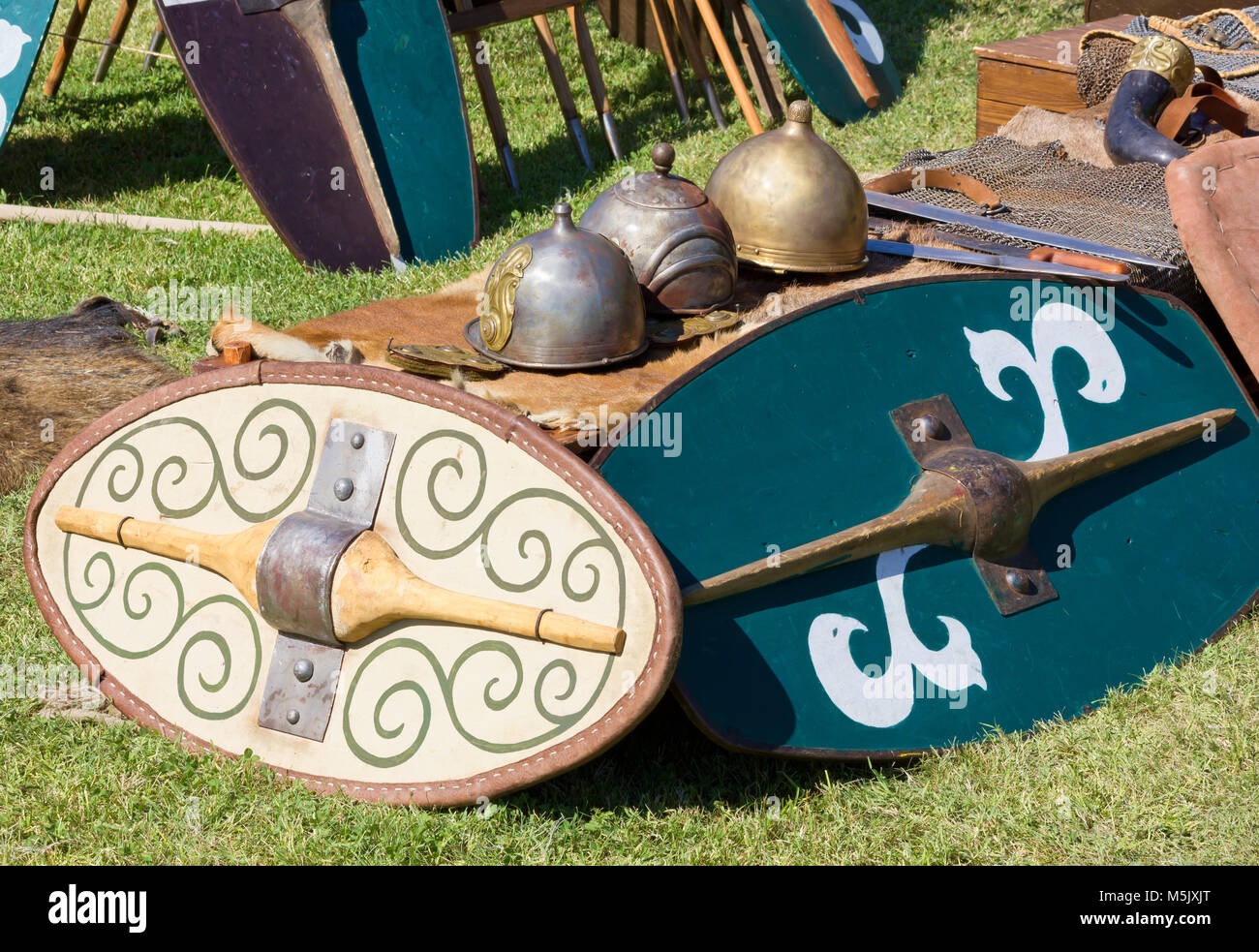 Ancient Gallic battle equipment including shields, helmets, swords and daggers Stock Photohttps://www.alamy.com/image-license-details/?v=1https://www.alamy.com/stock-photo-ancient-gallic-battle-equipment-including-shields-helmets-swords-and-175593008.html
Ancient Gallic battle equipment including shields, helmets, swords and daggers Stock Photohttps://www.alamy.com/image-license-details/?v=1https://www.alamy.com/stock-photo-ancient-gallic-battle-equipment-including-shields-helmets-swords-and-175593008.htmlRFM5JXJT–Ancient Gallic battle equipment including shields, helmets, swords and daggers
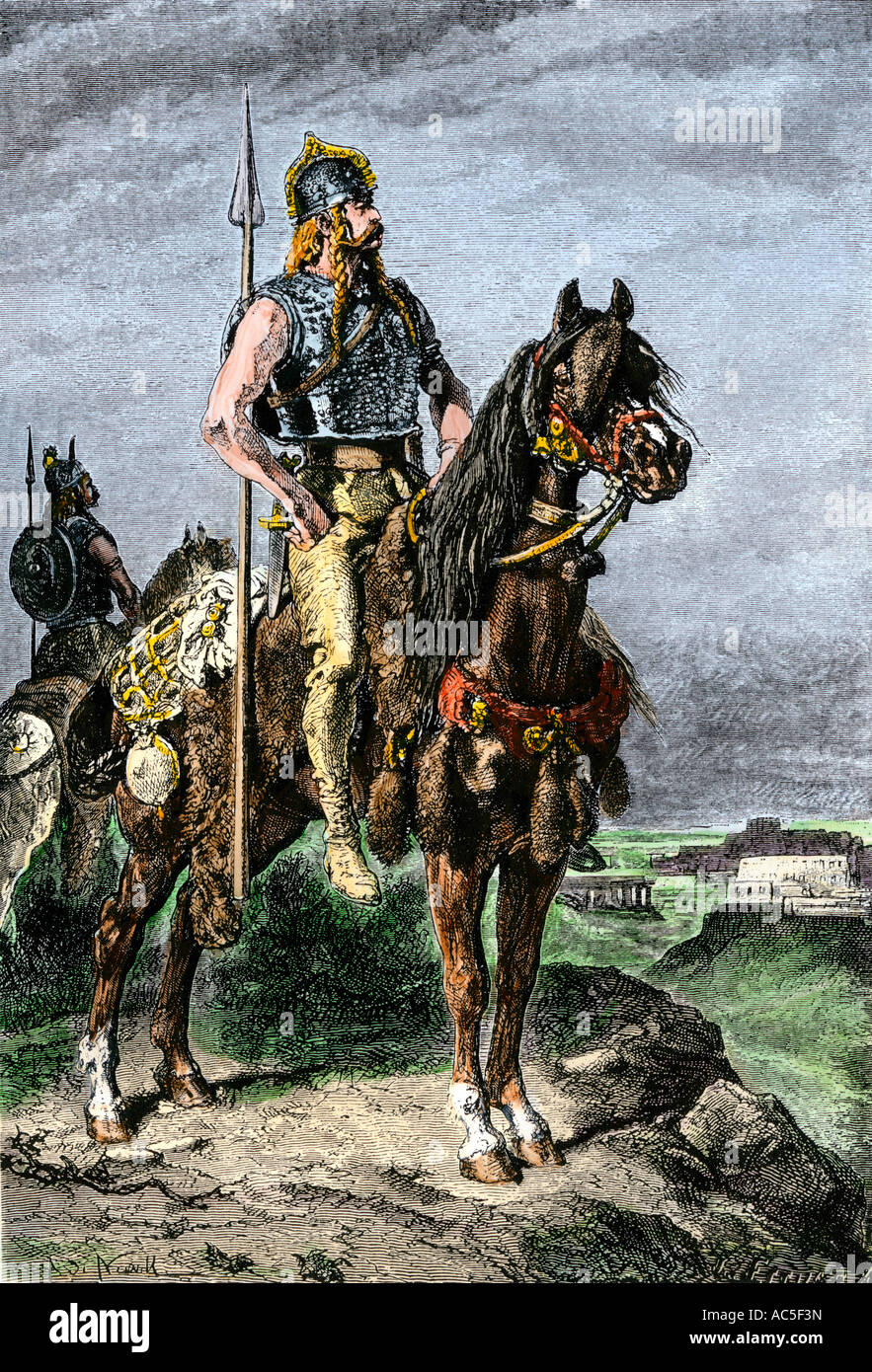 Gauls on horseback in the ancient Roman Empire. Hand-colored woodcut Stock Photohttps://www.alamy.com/image-license-details/?v=1https://www.alamy.com/stock-photo-gauls-on-horseback-in-the-ancient-roman-empire-hand-colored-woodcut-13047704.html
Gauls on horseback in the ancient Roman Empire. Hand-colored woodcut Stock Photohttps://www.alamy.com/image-license-details/?v=1https://www.alamy.com/stock-photo-gauls-on-horseback-in-the-ancient-roman-empire-hand-colored-woodcut-13047704.htmlRMAC5F3N–Gauls on horseback in the ancient Roman Empire. Hand-colored woodcut
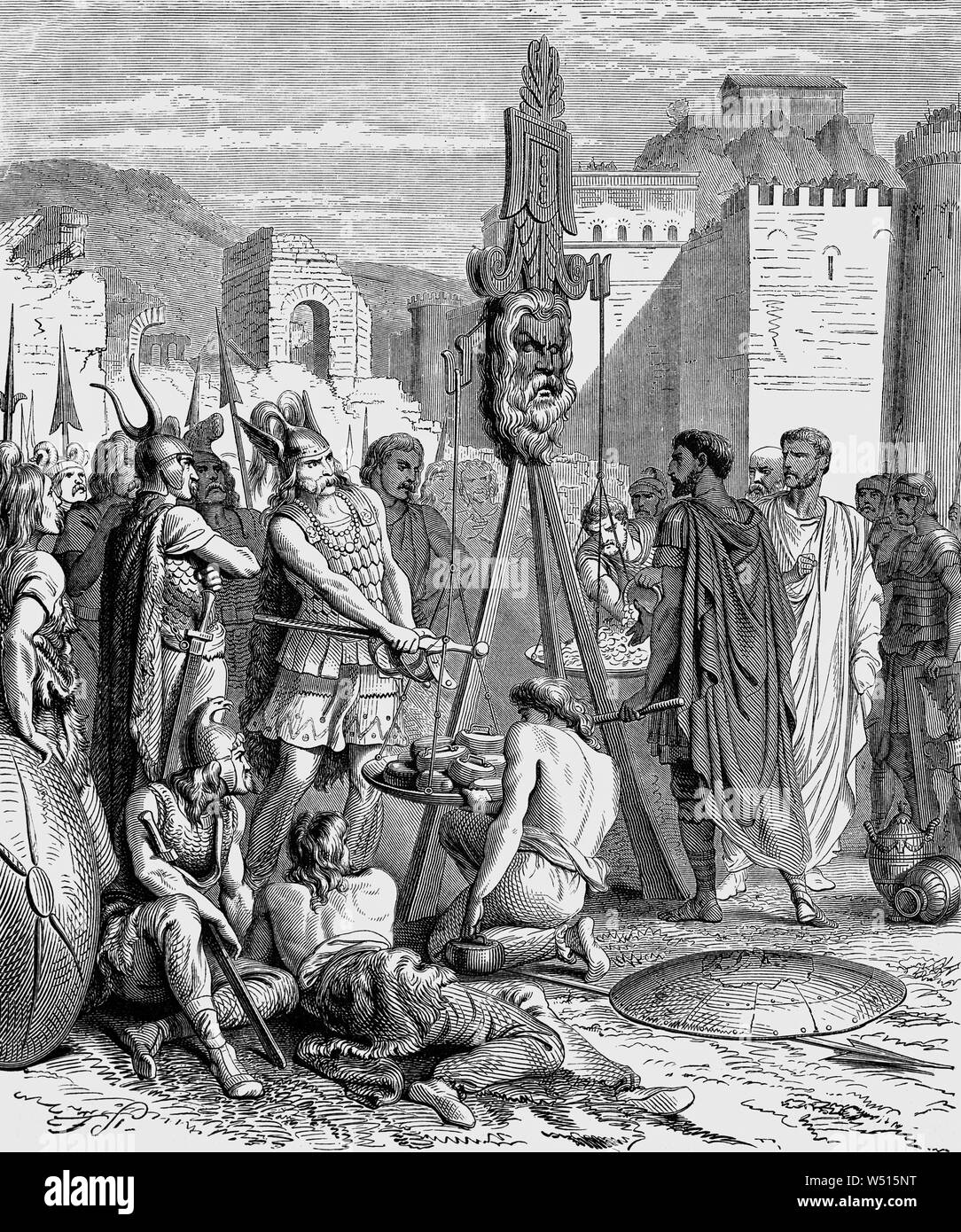 Brennus (or Brennos) was a chieftain of the Senones in Rome. He defeated the Romans at the Battle of the Allia (18 July 390 BC) and in 387 BCE, led an army of Cisalpine Gauls in their attack on Rome and captured most of the city, holding it for several months. Brennus's sack of Rome was the only time in 800 years the city was occupied by a non-Roman army before the fall of the city to the Visigoths in 410 AD. Stock Photohttps://www.alamy.com/image-license-details/?v=1https://www.alamy.com/brennus-or-brennos-was-a-chieftain-of-the-senones-in-rome-he-defeated-the-romans-at-the-battle-of-the-allia-18-july-390-bc-and-in-387-bce-led-an-army-of-cisalpine-gauls-in-their-attack-on-rome-and-captured-most-of-the-city-holding-it-for-several-months-brennuss-sack-of-rome-was-the-only-time-in-800-years-the-city-was-occupied-by-a-non-roman-army-before-the-fall-of-the-city-to-the-visigoths-in-410-ad-image261255284.html
Brennus (or Brennos) was a chieftain of the Senones in Rome. He defeated the Romans at the Battle of the Allia (18 July 390 BC) and in 387 BCE, led an army of Cisalpine Gauls in their attack on Rome and captured most of the city, holding it for several months. Brennus's sack of Rome was the only time in 800 years the city was occupied by a non-Roman army before the fall of the city to the Visigoths in 410 AD. Stock Photohttps://www.alamy.com/image-license-details/?v=1https://www.alamy.com/brennus-or-brennos-was-a-chieftain-of-the-senones-in-rome-he-defeated-the-romans-at-the-battle-of-the-allia-18-july-390-bc-and-in-387-bce-led-an-army-of-cisalpine-gauls-in-their-attack-on-rome-and-captured-most-of-the-city-holding-it-for-several-months-brennuss-sack-of-rome-was-the-only-time-in-800-years-the-city-was-occupied-by-a-non-roman-army-before-the-fall-of-the-city-to-the-visigoths-in-410-ad-image261255284.htmlRMW515NT–Brennus (or Brennos) was a chieftain of the Senones in Rome. He defeated the Romans at the Battle of the Allia (18 July 390 BC) and in 387 BCE, led an army of Cisalpine Gauls in their attack on Rome and captured most of the city, holding it for several months. Brennus's sack of Rome was the only time in 800 years the city was occupied by a non-Roman army before the fall of the city to the Visigoths in 410 AD.
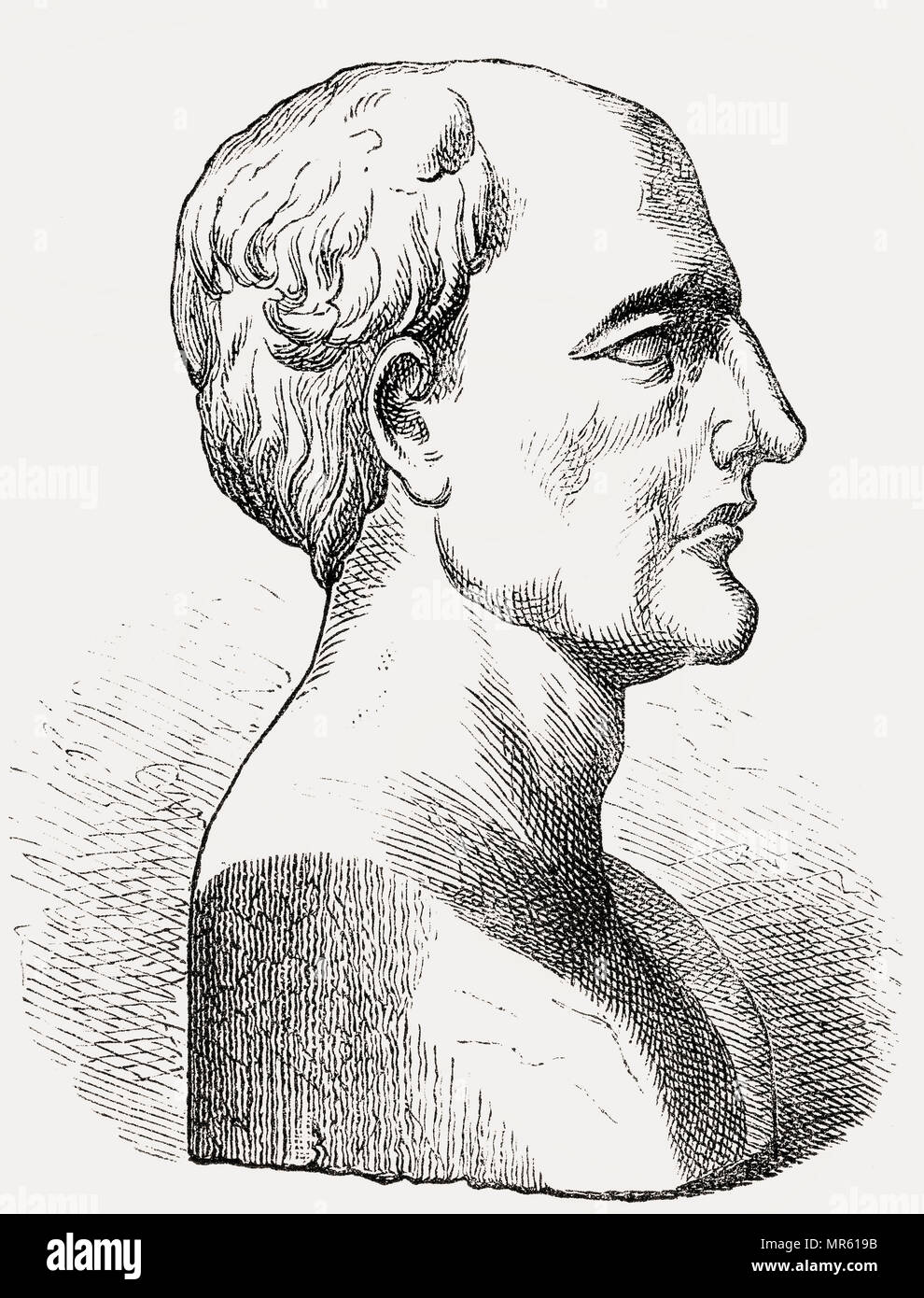 Marcus Claudius Marcellus, c. 268 – 208 BC, consul and military leader of the Roman Republic Stock Photohttps://www.alamy.com/image-license-details/?v=1https://www.alamy.com/marcus-claudius-marcellus-c-268-208-bc-consul-and-military-leader-of-the-roman-republic-image186373527.html
Marcus Claudius Marcellus, c. 268 – 208 BC, consul and military leader of the Roman Republic Stock Photohttps://www.alamy.com/image-license-details/?v=1https://www.alamy.com/marcus-claudius-marcellus-c-268-208-bc-consul-and-military-leader-of-the-roman-republic-image186373527.htmlRMMR619B–Marcus Claudius Marcellus, c. 268 – 208 BC, consul and military leader of the Roman Republic
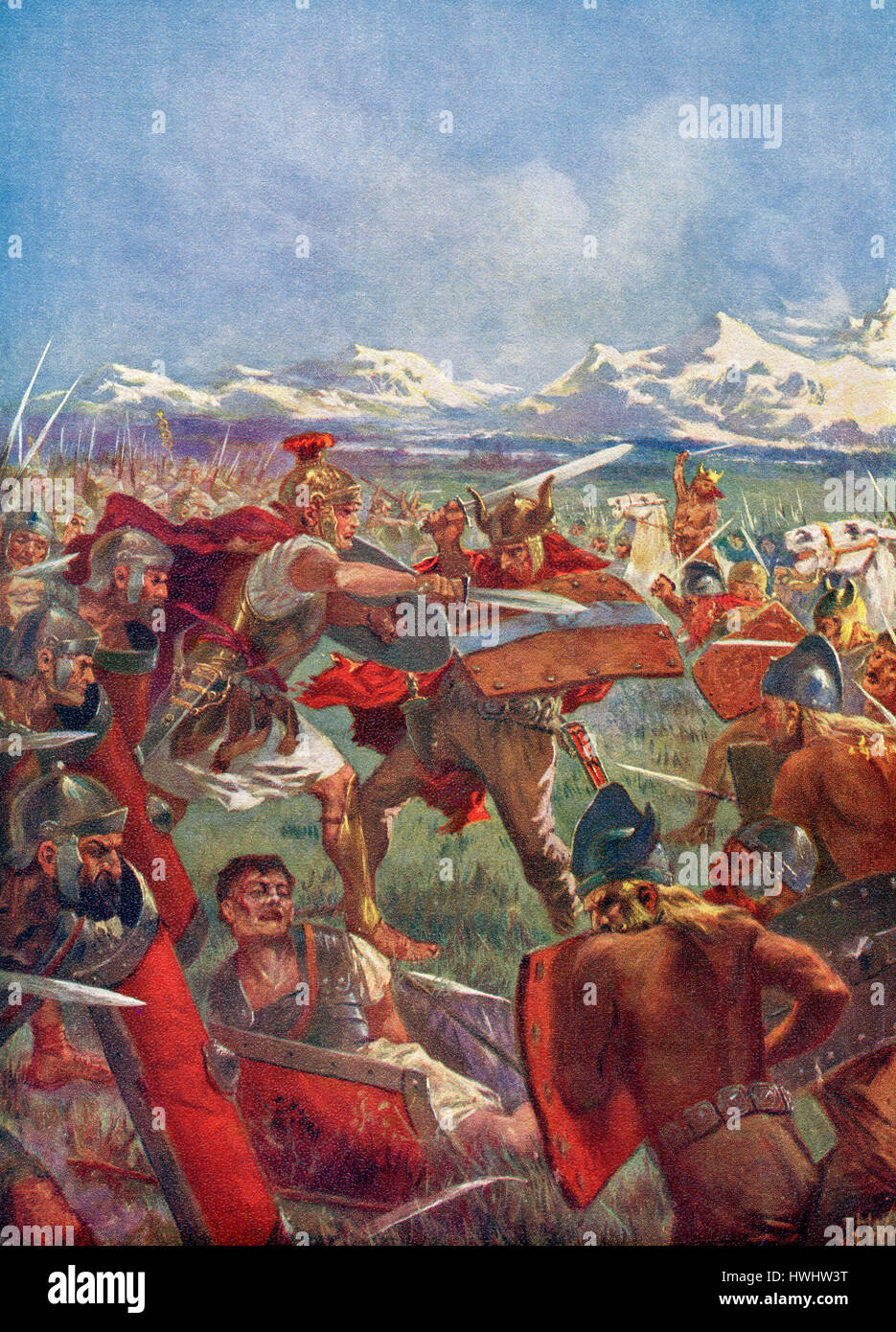 Marcus Claudius Marcellus ( c. 268 – 208 BC) killing the Gallic military leader and king Viridomarus in hand-to-hand combat in 222 BC at the battle of Clastidium and gaining the spolia opima, the armour, arms, and other effects that an ancient Roman general stripped from the body of an opposing commander slain in single combat. From Hutchinson's History of the Nations, published 1915. Stock Photohttps://www.alamy.com/image-license-details/?v=1https://www.alamy.com/stock-photo-marcus-claudius-marcellus-c-268-208-bc-killing-the-gallic-military-136231868.html
Marcus Claudius Marcellus ( c. 268 – 208 BC) killing the Gallic military leader and king Viridomarus in hand-to-hand combat in 222 BC at the battle of Clastidium and gaining the spolia opima, the armour, arms, and other effects that an ancient Roman general stripped from the body of an opposing commander slain in single combat. From Hutchinson's History of the Nations, published 1915. Stock Photohttps://www.alamy.com/image-license-details/?v=1https://www.alamy.com/stock-photo-marcus-claudius-marcellus-c-268-208-bc-killing-the-gallic-military-136231868.htmlRMHWHW3T–Marcus Claudius Marcellus ( c. 268 – 208 BC) killing the Gallic military leader and king Viridomarus in hand-to-hand combat in 222 BC at the battle of Clastidium and gaining the spolia opima, the armour, arms, and other effects that an ancient Roman general stripped from the body of an opposing commander slain in single combat. From Hutchinson's History of the Nations, published 1915.
RM2HHR3HY–Terracotta mold for a relief applique 1st century B.C.–1st century A.D. Roman, Gallic The Roman pottery of the Rhone Valley is characterized by the profligate use of relief medallions applied to the exterior surface of their vases. This mold was likely used to make such a medallion, and there is another identical example as well, now in the Musee de Saint Germain, Iseres, France. This ancient clay mold (and the modern plaster case made from it displayed nearby) attests to the iconographical and pictorial complexity of such reliefs. The scene depicted here shows Mercury with his herald's staff,
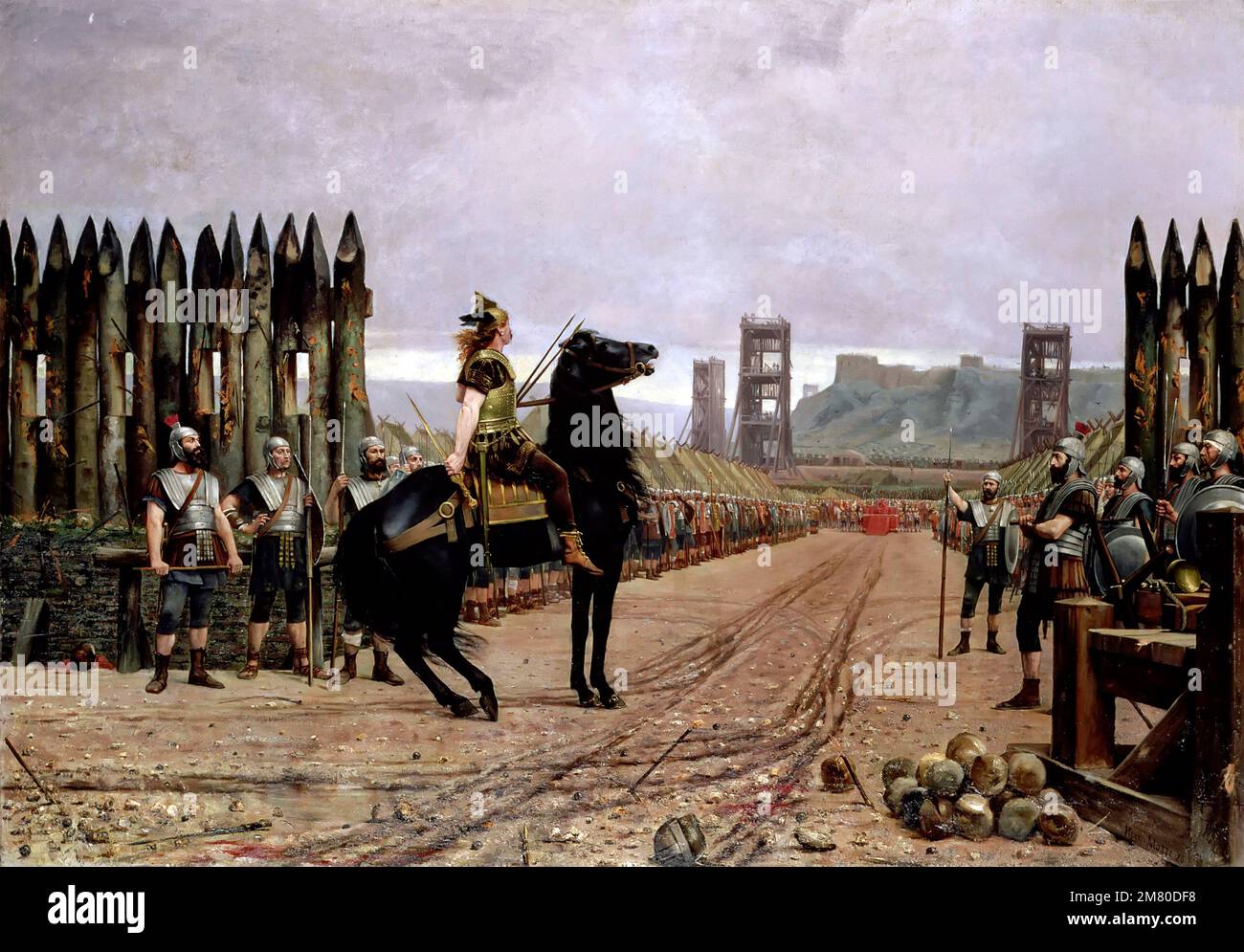 Vercingetorix (c. 80-46 BC). Painting entitled ' Vercingetorix Surrenders to Caesar' by Henri-Paul Motte (1846–1922), 1886 Stock Photohttps://www.alamy.com/image-license-details/?v=1https://www.alamy.com/vercingetorix-c-80-46-bc-painting-entitled-vercingetorix-surrenders-to-caesar-by-henri-paul-motte-18461922-1886-image504028540.html
Vercingetorix (c. 80-46 BC). Painting entitled ' Vercingetorix Surrenders to Caesar' by Henri-Paul Motte (1846–1922), 1886 Stock Photohttps://www.alamy.com/image-license-details/?v=1https://www.alamy.com/vercingetorix-c-80-46-bc-painting-entitled-vercingetorix-surrenders-to-caesar-by-henri-paul-motte-18461922-1886-image504028540.htmlRM2M80DF8–Vercingetorix (c. 80-46 BC). Painting entitled ' Vercingetorix Surrenders to Caesar' by Henri-Paul Motte (1846–1922), 1886
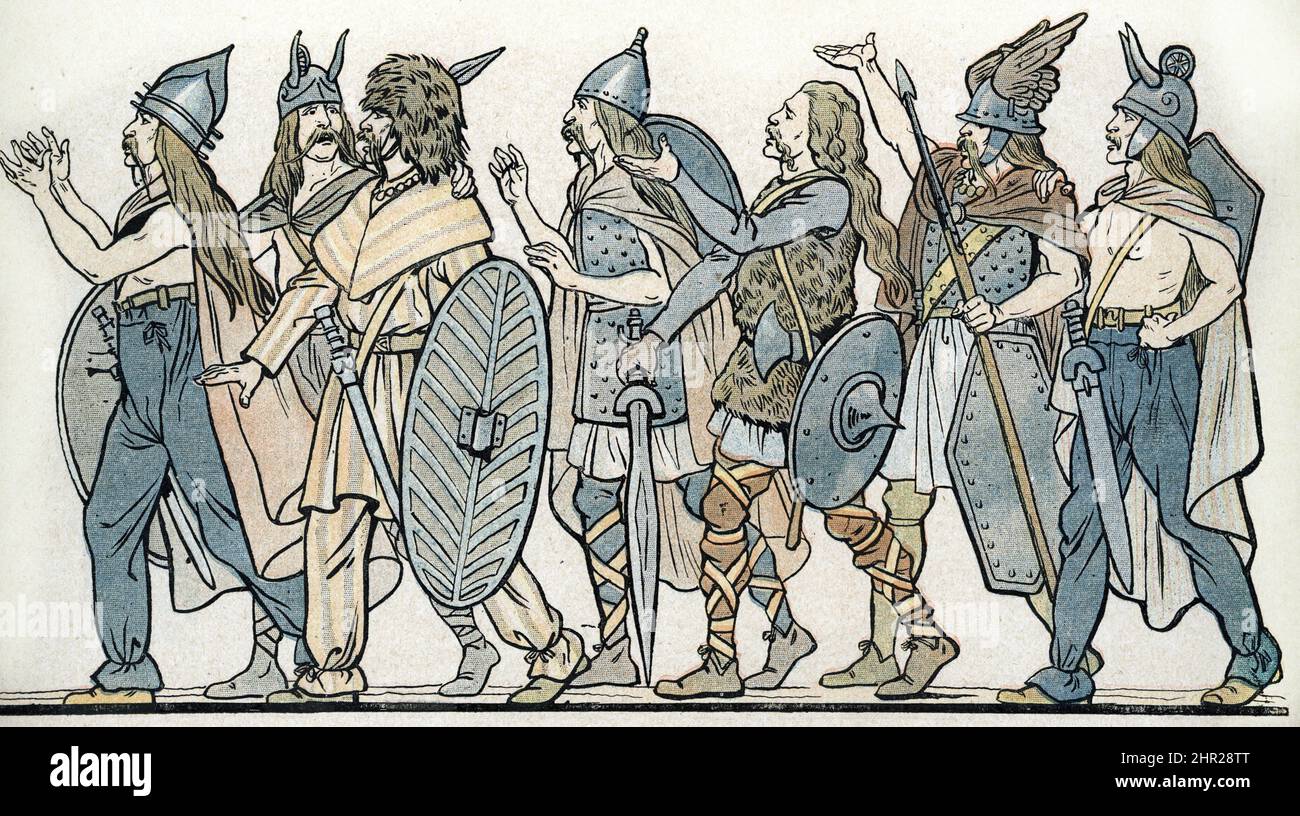 Representation de soldats gaulois (Gallic warriors with their helmets swords and shields) Illustration de Job tire de 'La France son histoire' de Montorgueil - collection privee Stock Photohttps://www.alamy.com/image-license-details/?v=1https://www.alamy.com/representation-de-soldats-gaulois-gallic-warriors-with-their-helmets-swords-and-shields-illustration-de-job-tire-de-la-france-son-histoire-de-montorgueil-collection-privee-image461657528.html
Representation de soldats gaulois (Gallic warriors with their helmets swords and shields) Illustration de Job tire de 'La France son histoire' de Montorgueil - collection privee Stock Photohttps://www.alamy.com/image-license-details/?v=1https://www.alamy.com/representation-de-soldats-gaulois-gallic-warriors-with-their-helmets-swords-and-shields-illustration-de-job-tire-de-la-france-son-histoire-de-montorgueil-collection-privee-image461657528.htmlRM2HR28TT–Representation de soldats gaulois (Gallic warriors with their helmets swords and shields) Illustration de Job tire de 'La France son histoire' de Montorgueil - collection privee
 In 52 BC, during the Gallic Wars, the Whole Gaul united to Vercingetorix in Bribracte for the supreme combat against the Romans. Stock Photohttps://www.alamy.com/image-license-details/?v=1https://www.alamy.com/stock-photo-in-52-bc-during-the-gallic-wars-the-whole-gaul-united-to-vercingetorix-29618089.html
In 52 BC, during the Gallic Wars, the Whole Gaul united to Vercingetorix in Bribracte for the supreme combat against the Romans. Stock Photohttps://www.alamy.com/image-license-details/?v=1https://www.alamy.com/stock-photo-in-52-bc-during-the-gallic-wars-the-whole-gaul-united-to-vercingetorix-29618089.htmlRMBM564W–In 52 BC, during the Gallic Wars, the Whole Gaul united to Vercingetorix in Bribracte for the supreme combat against the Romans.
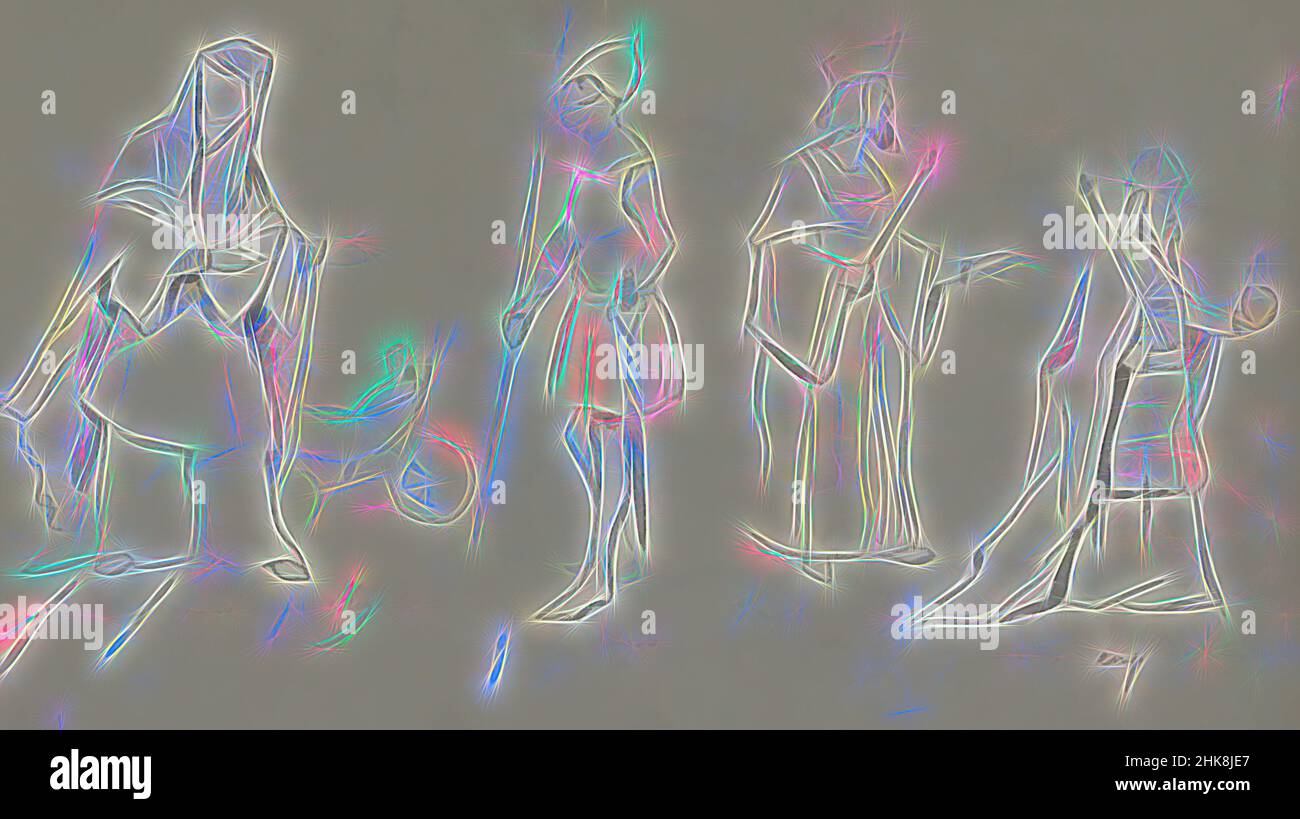 Inspired by Probably drawn after examples from the book 'Medieval Knights and Armour' by Samuel Rush Meyrick. Saxon woman, Danish warrior, Gallic king and the Roman-German Emperor Henry V, Reimagined by Artotop. Classic art reinvented with a modern twist. Design of warm cheerful glowing of brightness and light ray radiance. Photography inspired by surrealism and futurism, embracing dynamic energy of modern technology, movement, speed and revolutionize culture Stock Photohttps://www.alamy.com/image-license-details/?v=1https://www.alamy.com/inspired-by-probably-drawn-after-examples-from-the-book-medieval-knights-and-armour-by-samuel-rush-meyrick-saxon-woman-danish-warrior-gallic-king-and-the-roman-german-emperor-henry-v-reimagined-by-artotop-classic-art-reinvented-with-a-modern-twist-design-of-warm-cheerful-glowing-of-brightness-and-light-ray-radiance-photography-inspired-by-surrealism-and-futurism-embracing-dynamic-energy-of-modern-technology-movement-speed-and-revolutionize-culture-image459338159.html
Inspired by Probably drawn after examples from the book 'Medieval Knights and Armour' by Samuel Rush Meyrick. Saxon woman, Danish warrior, Gallic king and the Roman-German Emperor Henry V, Reimagined by Artotop. Classic art reinvented with a modern twist. Design of warm cheerful glowing of brightness and light ray radiance. Photography inspired by surrealism and futurism, embracing dynamic energy of modern technology, movement, speed and revolutionize culture Stock Photohttps://www.alamy.com/image-license-details/?v=1https://www.alamy.com/inspired-by-probably-drawn-after-examples-from-the-book-medieval-knights-and-armour-by-samuel-rush-meyrick-saxon-woman-danish-warrior-gallic-king-and-the-roman-german-emperor-henry-v-reimagined-by-artotop-classic-art-reinvented-with-a-modern-twist-design-of-warm-cheerful-glowing-of-brightness-and-light-ray-radiance-photography-inspired-by-surrealism-and-futurism-embracing-dynamic-energy-of-modern-technology-movement-speed-and-revolutionize-culture-image459338159.htmlRF2HK8JE7–Inspired by Probably drawn after examples from the book 'Medieval Knights and Armour' by Samuel Rush Meyrick. Saxon woman, Danish warrior, Gallic king and the Roman-German Emperor Henry V, Reimagined by Artotop. Classic art reinvented with a modern twist. Design of warm cheerful glowing of brightness and light ray radiance. Photography inspired by surrealism and futurism, embracing dynamic energy of modern technology, movement, speed and revolutionize culture
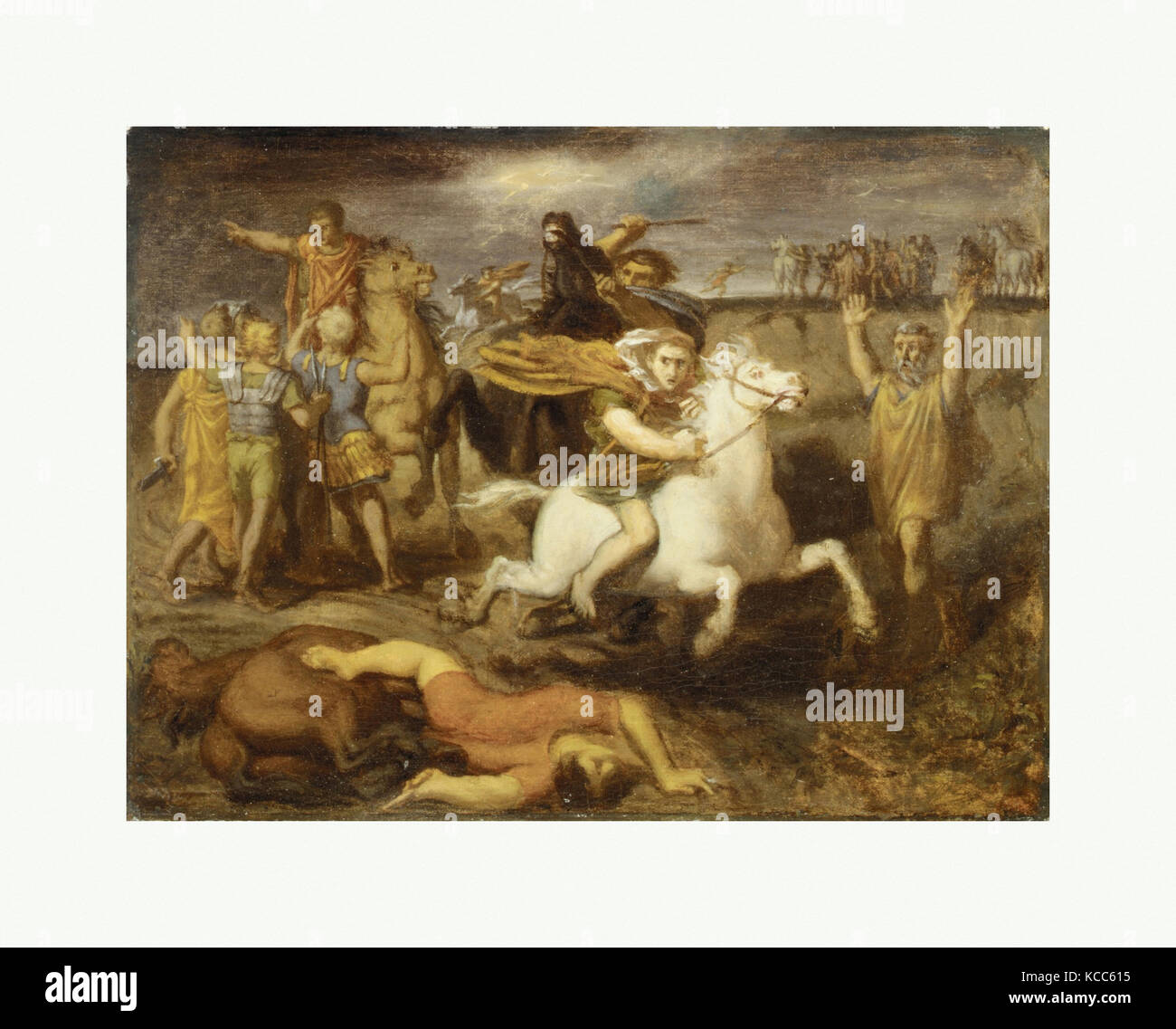 Scene from the Gallic Wars: The Gaul Littavicus, Betraying the Roman Cause, Flees to Gergovie to Support Vercingétorix Stock Photohttps://www.alamy.com/image-license-details/?v=1https://www.alamy.com/stock-image-scene-from-the-gallic-wars-the-gaul-littavicus-betraying-the-roman-162537345.html
Scene from the Gallic Wars: The Gaul Littavicus, Betraying the Roman Cause, Flees to Gergovie to Support Vercingétorix Stock Photohttps://www.alamy.com/image-license-details/?v=1https://www.alamy.com/stock-image-scene-from-the-gallic-wars-the-gaul-littavicus-betraying-the-roman-162537345.htmlRMKCC615–Scene from the Gallic Wars: The Gaul Littavicus, Betraying the Roman Cause, Flees to Gergovie to Support Vercingétorix
 Gallic Wars (58 BC-50 BC). Battle of Gergovia. Military confrontation that took place in 52 BC in Gaul, at Gergovia, the main oppidum (fortified town) of the Arverni. The battle was fought between a Roman Republican army, led by the proconsul Gaius Julius Caesar, and Gallic forces led by Vercingetorix. The Romans attempted to besiege Gergovia, but lack of communication ruined the Roman plan. The Gallic cavalry counterattacked the confused Romans and put them to flight, winning the battle. Engraving. 'Commentaires de Cesar, avec des notes historiques, critiques et militaires' by Count Turpin de Stock Photohttps://www.alamy.com/image-license-details/?v=1https://www.alamy.com/gallic-wars-58-bc-50-bc-battle-of-gergovia-military-confrontation-that-took-place-in-52-bc-in-gaul-at-gergovia-the-main-oppidum-fortified-town-of-the-arverni-the-battle-was-fought-between-a-roman-republican-army-led-by-the-proconsul-gaius-julius-caesar-and-gallic-forces-led-by-vercingetorix-the-romans-attempted-to-besiege-gergovia-but-lack-of-communication-ruined-the-roman-plan-the-gallic-cavalry-counterattacked-the-confused-romans-and-put-them-to-flight-winning-the-battle-engraving-commentaires-de-cesar-avec-des-notes-historiques-critiques-et-militaires-by-count-turpin-de-image632688016.html
Gallic Wars (58 BC-50 BC). Battle of Gergovia. Military confrontation that took place in 52 BC in Gaul, at Gergovia, the main oppidum (fortified town) of the Arverni. The battle was fought between a Roman Republican army, led by the proconsul Gaius Julius Caesar, and Gallic forces led by Vercingetorix. The Romans attempted to besiege Gergovia, but lack of communication ruined the Roman plan. The Gallic cavalry counterattacked the confused Romans and put them to flight, winning the battle. Engraving. 'Commentaires de Cesar, avec des notes historiques, critiques et militaires' by Count Turpin de Stock Photohttps://www.alamy.com/image-license-details/?v=1https://www.alamy.com/gallic-wars-58-bc-50-bc-battle-of-gergovia-military-confrontation-that-took-place-in-52-bc-in-gaul-at-gergovia-the-main-oppidum-fortified-town-of-the-arverni-the-battle-was-fought-between-a-roman-republican-army-led-by-the-proconsul-gaius-julius-caesar-and-gallic-forces-led-by-vercingetorix-the-romans-attempted-to-besiege-gergovia-but-lack-of-communication-ruined-the-roman-plan-the-gallic-cavalry-counterattacked-the-confused-romans-and-put-them-to-flight-winning-the-battle-engraving-commentaires-de-cesar-avec-des-notes-historiques-critiques-et-militaires-by-count-turpin-de-image632688016.htmlRM2YN9C0G–Gallic Wars (58 BC-50 BC). Battle of Gergovia. Military confrontation that took place in 52 BC in Gaul, at Gergovia, the main oppidum (fortified town) of the Arverni. The battle was fought between a Roman Republican army, led by the proconsul Gaius Julius Caesar, and Gallic forces led by Vercingetorix. The Romans attempted to besiege Gergovia, but lack of communication ruined the Roman plan. The Gallic cavalry counterattacked the confused Romans and put them to flight, winning the battle. Engraving. 'Commentaires de Cesar, avec des notes historiques, critiques et militaires' by Count Turpin de
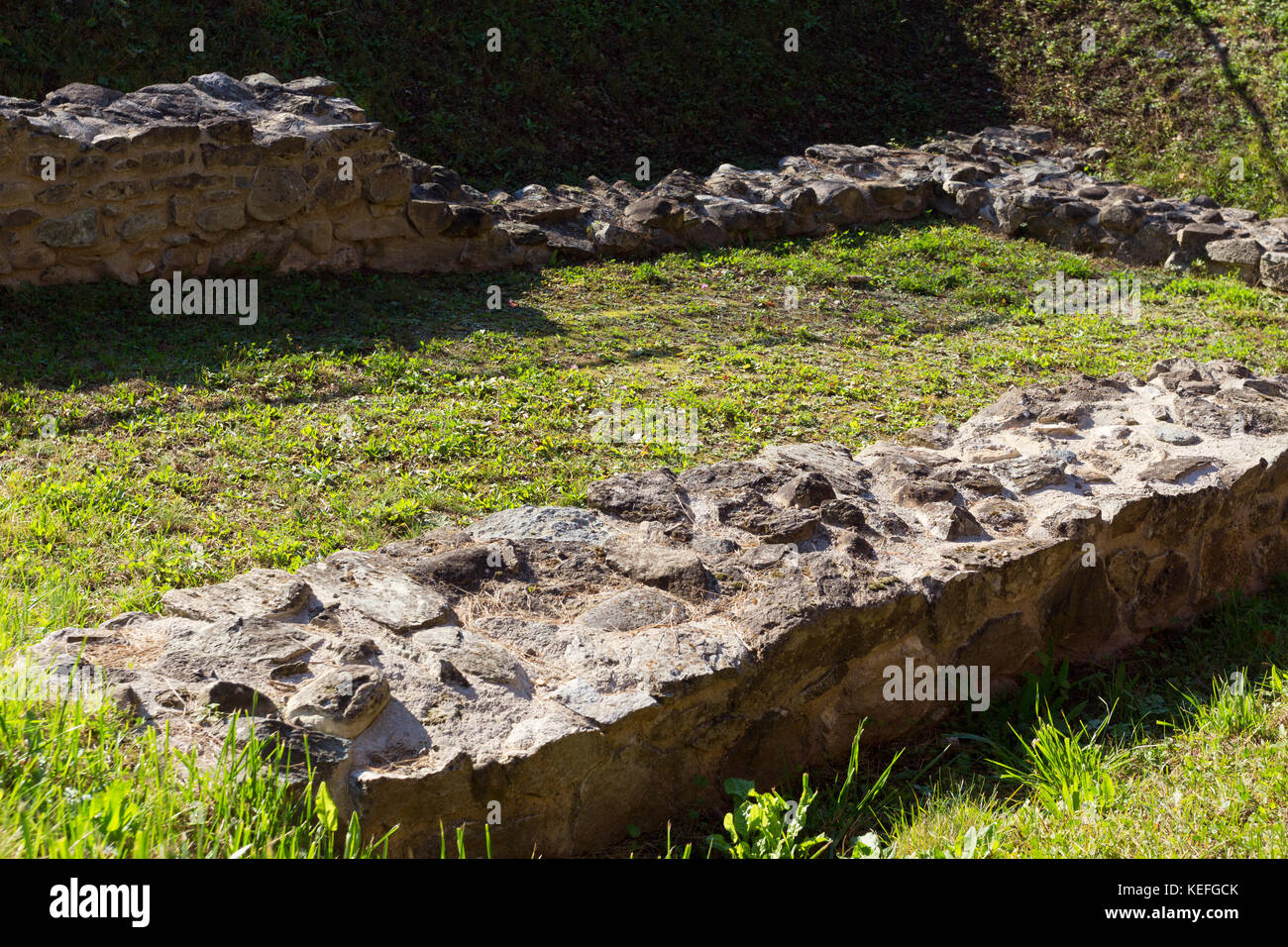 Old Geneva: Remains of a roman-gallic villa Stock Photohttps://www.alamy.com/image-license-details/?v=1https://www.alamy.com/stock-image-old-geneva-remains-of-a-roman-gallic-villa-163840675.html
Old Geneva: Remains of a roman-gallic villa Stock Photohttps://www.alamy.com/image-license-details/?v=1https://www.alamy.com/stock-image-old-geneva-remains-of-a-roman-gallic-villa-163840675.htmlRMKEFGCK–Old Geneva: Remains of a roman-gallic villa
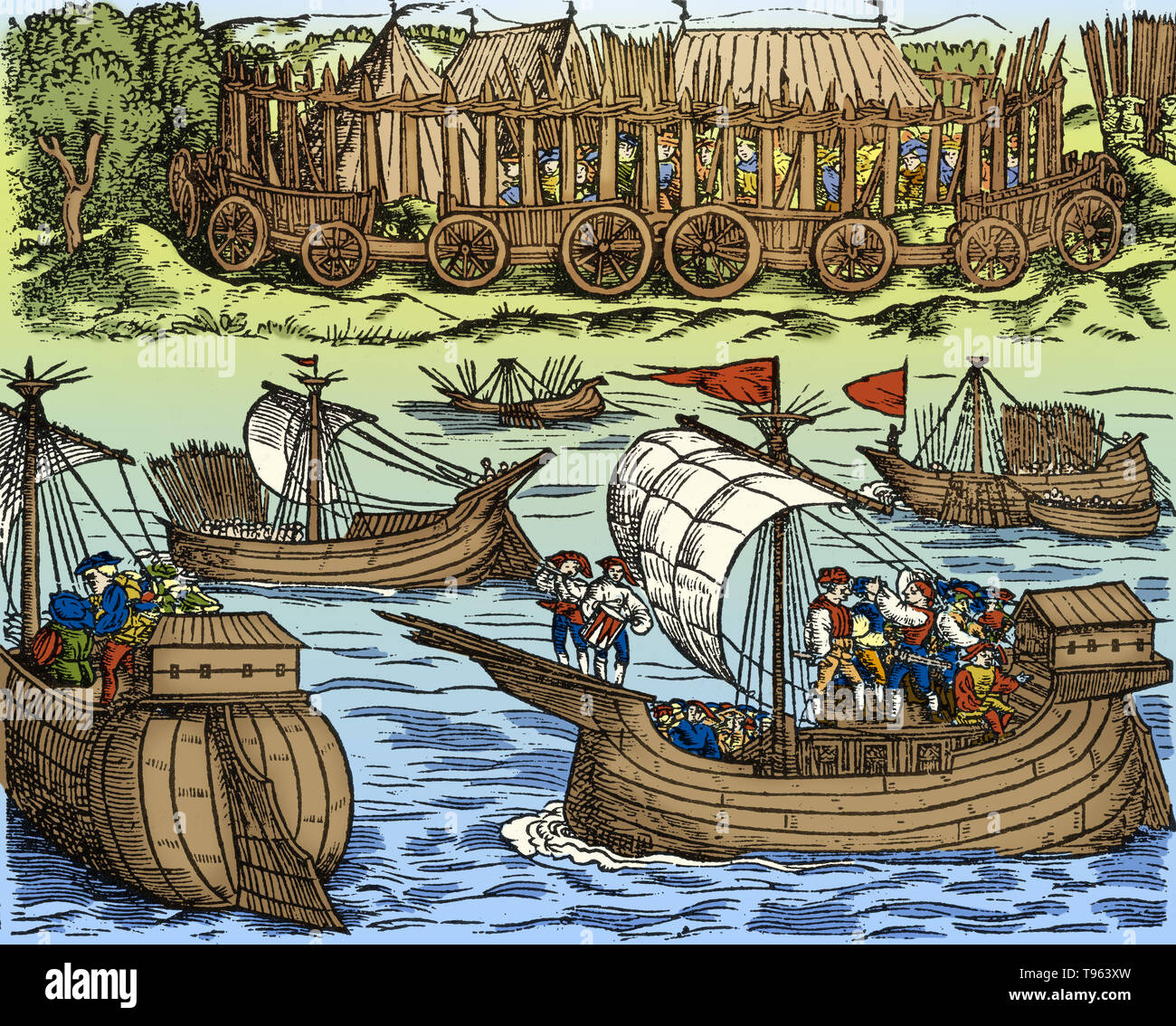 Woodcut from Historien vom Gallier und der Romer, published in Mainz in 1530 showing Julius Caesar sailing the Thames. In his Gallic Wars, Julius Caesar invaded Britain twice, in 55 and 54 BC. The second was more successful, setting up a friendly king, Mandubracius, and forcing the submission of his rival, Cassivellaunus, although no territory was conquered and held for Rome. Gaius Julius Caesar (100-44 BC) was a Roman general and statesman. Stock Photohttps://www.alamy.com/image-license-details/?v=1https://www.alamy.com/woodcut-from-historien-vom-gallier-und-der-romer-published-in-mainz-in-1530-showing-julius-caesar-sailing-the-thames-in-his-gallic-wars-julius-caesar-invaded-britain-twice-in-55-and-54-bc-the-second-was-more-successful-setting-up-a-friendly-king-mandubracius-and-forcing-the-submission-of-his-rival-cassivellaunus-although-no-territory-was-conquered-and-held-for-rome-gaius-julius-caesar-100-44-bc-was-a-roman-general-and-statesman-image246611873.html
Woodcut from Historien vom Gallier und der Romer, published in Mainz in 1530 showing Julius Caesar sailing the Thames. In his Gallic Wars, Julius Caesar invaded Britain twice, in 55 and 54 BC. The second was more successful, setting up a friendly king, Mandubracius, and forcing the submission of his rival, Cassivellaunus, although no territory was conquered and held for Rome. Gaius Julius Caesar (100-44 BC) was a Roman general and statesman. Stock Photohttps://www.alamy.com/image-license-details/?v=1https://www.alamy.com/woodcut-from-historien-vom-gallier-und-der-romer-published-in-mainz-in-1530-showing-julius-caesar-sailing-the-thames-in-his-gallic-wars-julius-caesar-invaded-britain-twice-in-55-and-54-bc-the-second-was-more-successful-setting-up-a-friendly-king-mandubracius-and-forcing-the-submission-of-his-rival-cassivellaunus-although-no-territory-was-conquered-and-held-for-rome-gaius-julius-caesar-100-44-bc-was-a-roman-general-and-statesman-image246611873.htmlRMT963XW–Woodcut from Historien vom Gallier und der Romer, published in Mainz in 1530 showing Julius Caesar sailing the Thames. In his Gallic Wars, Julius Caesar invaded Britain twice, in 55 and 54 BC. The second was more successful, setting up a friendly king, Mandubracius, and forcing the submission of his rival, Cassivellaunus, although no territory was conquered and held for Rome. Gaius Julius Caesar (100-44 BC) was a Roman general and statesman.
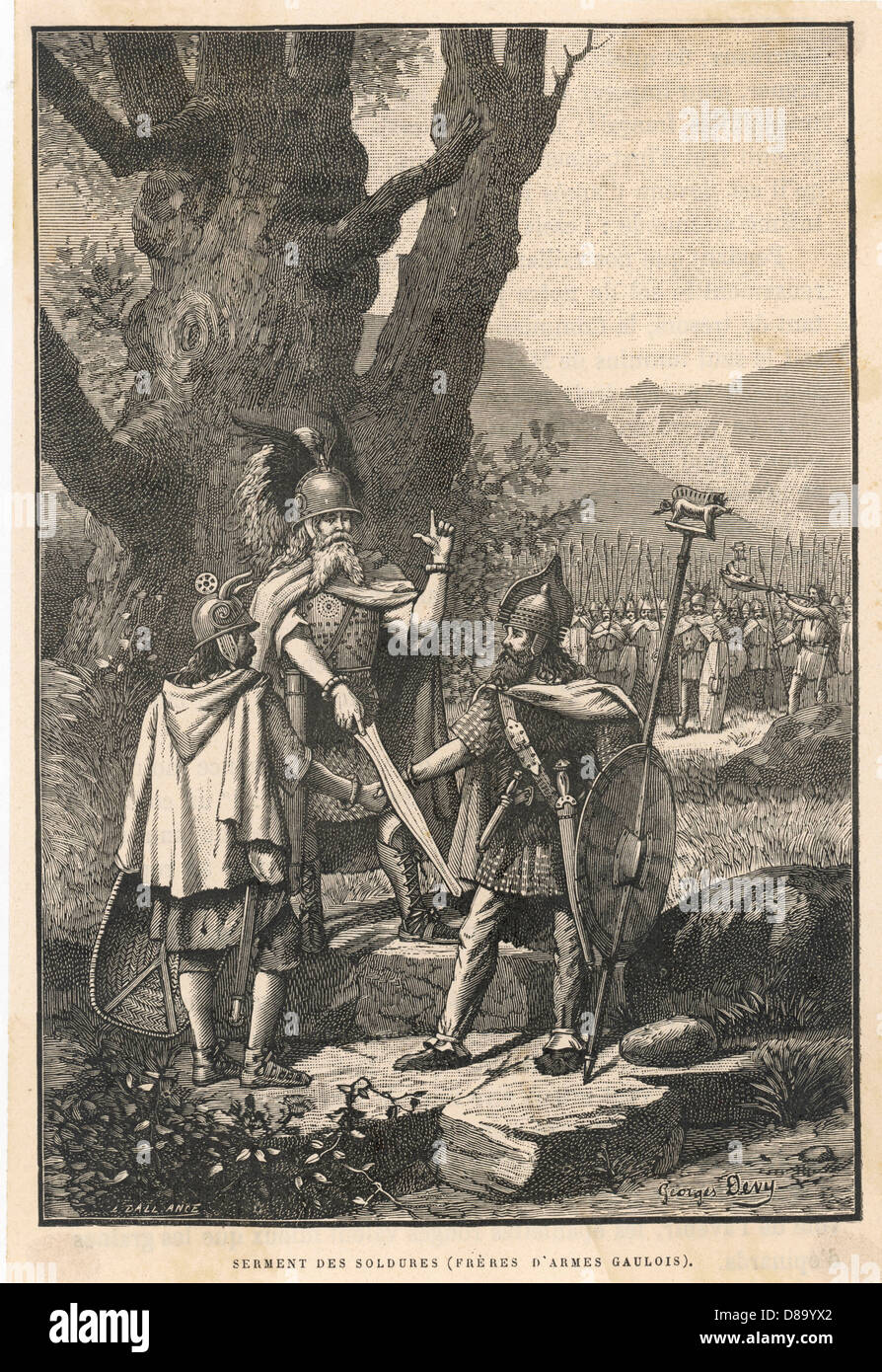 GALLIC CHIEFS Stock Photohttps://www.alamy.com/image-license-details/?v=1https://www.alamy.com/stock-photo-gallic-chiefs-56767818.html
GALLIC CHIEFS Stock Photohttps://www.alamy.com/image-license-details/?v=1https://www.alamy.com/stock-photo-gallic-chiefs-56767818.htmlRMD89YX2–GALLIC CHIEFS
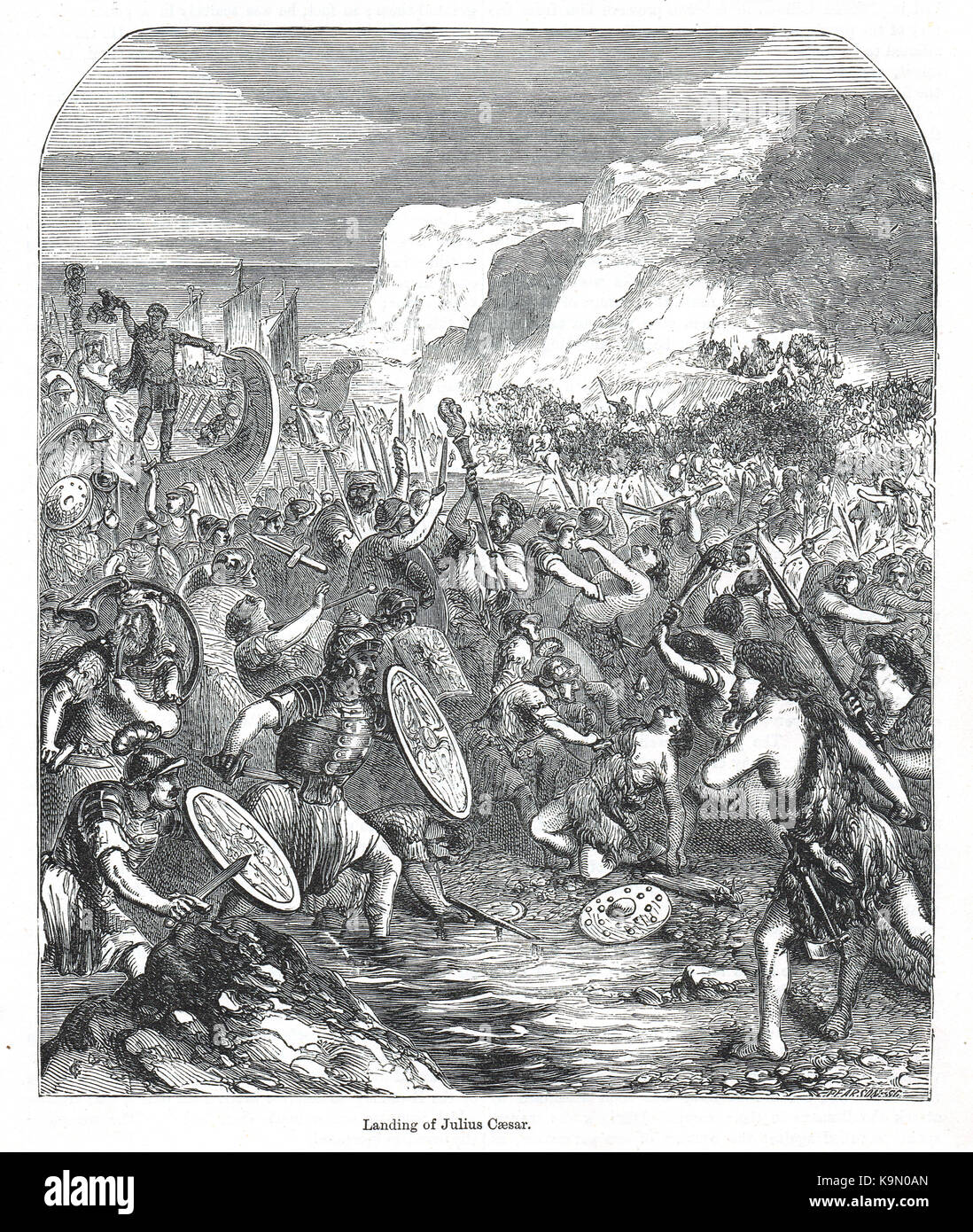 Roman invasion, Landing of Julius Caesar in Britain, 55-54 BC Stock Photohttps://www.alamy.com/image-license-details/?v=1https://www.alamy.com/stock-image-roman-invasion-landing-of-julius-caesar-in-britain-55-54-bc-160886509.html
Roman invasion, Landing of Julius Caesar in Britain, 55-54 BC Stock Photohttps://www.alamy.com/image-license-details/?v=1https://www.alamy.com/stock-image-roman-invasion-landing-of-julius-caesar-in-britain-55-54-bc-160886509.htmlRMK9N0AN–Roman invasion, Landing of Julius Caesar in Britain, 55-54 BC
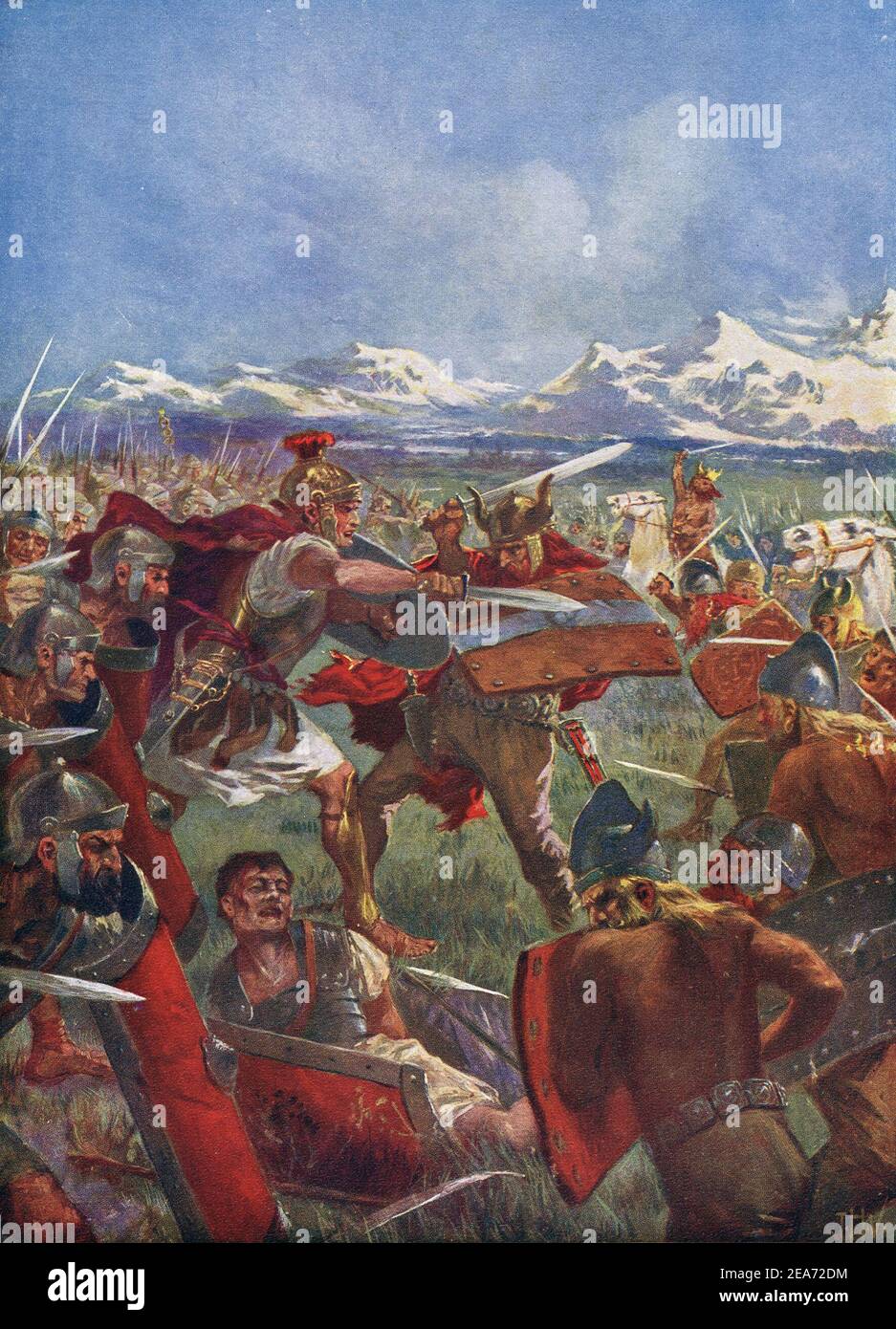 An illustration entitled Marcellus Duel with Virdumarus dated circa 1914 by John Harris Valda showing the battle between the Roman army and Gauls 222AD at Clastidium near Pavia where the Roman Consul Marcus Claudius Marcellus killed the Gallic leader Virdumarus Stock Photohttps://www.alamy.com/image-license-details/?v=1https://www.alamy.com/an-illustration-entitled-marcellus-duel-with-virdumarus-dated-circa-1914-by-john-harris-valda-showing-the-battle-between-the-roman-army-and-gauls-222ad-at-clastidium-near-pavia-where-the-roman-consul-marcus-claudius-marcellus-killed-the-gallic-leader-virdumarus-image402140640.html
An illustration entitled Marcellus Duel with Virdumarus dated circa 1914 by John Harris Valda showing the battle between the Roman army and Gauls 222AD at Clastidium near Pavia where the Roman Consul Marcus Claudius Marcellus killed the Gallic leader Virdumarus Stock Photohttps://www.alamy.com/image-license-details/?v=1https://www.alamy.com/an-illustration-entitled-marcellus-duel-with-virdumarus-dated-circa-1914-by-john-harris-valda-showing-the-battle-between-the-roman-army-and-gauls-222ad-at-clastidium-near-pavia-where-the-roman-consul-marcus-claudius-marcellus-killed-the-gallic-leader-virdumarus-image402140640.htmlRF2EA72DM–An illustration entitled Marcellus Duel with Virdumarus dated circa 1914 by John Harris Valda showing the battle between the Roman army and Gauls 222AD at Clastidium near Pavia where the Roman Consul Marcus Claudius Marcellus killed the Gallic leader Virdumarus
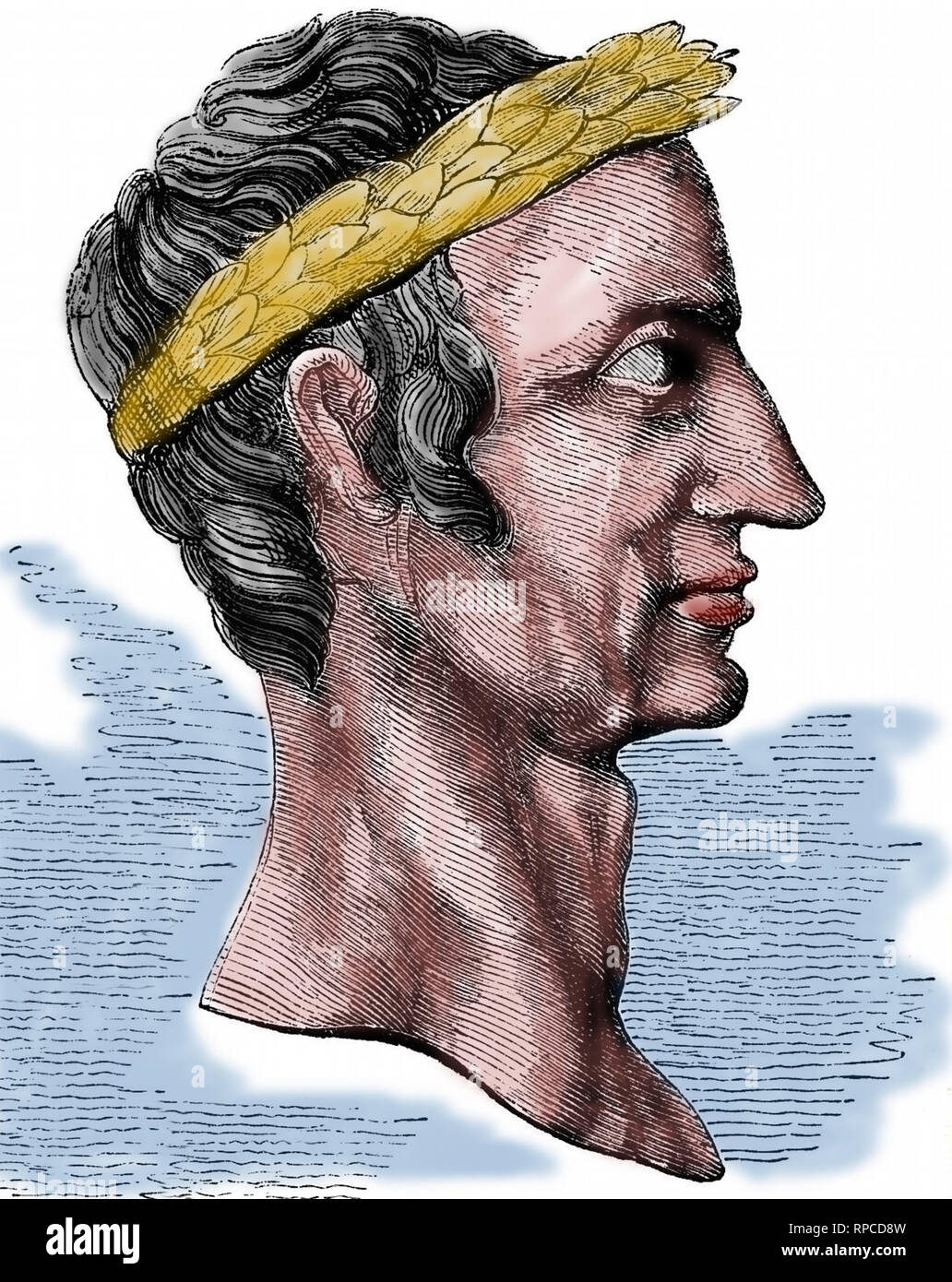 Julius Caesar (100BC-44 BC) Roman general and statesman. Engraving, 1845. Stock Photohttps://www.alamy.com/image-license-details/?v=1https://www.alamy.com/julius-caesar-100bc-44-bc-roman-general-and-statesman-engraving-1845-image237531081.html
Julius Caesar (100BC-44 BC) Roman general and statesman. Engraving, 1845. Stock Photohttps://www.alamy.com/image-license-details/?v=1https://www.alamy.com/julius-caesar-100bc-44-bc-roman-general-and-statesman-engraving-1845-image237531081.htmlRMRPCD8W–Julius Caesar (100BC-44 BC) Roman general and statesman. Engraving, 1845.
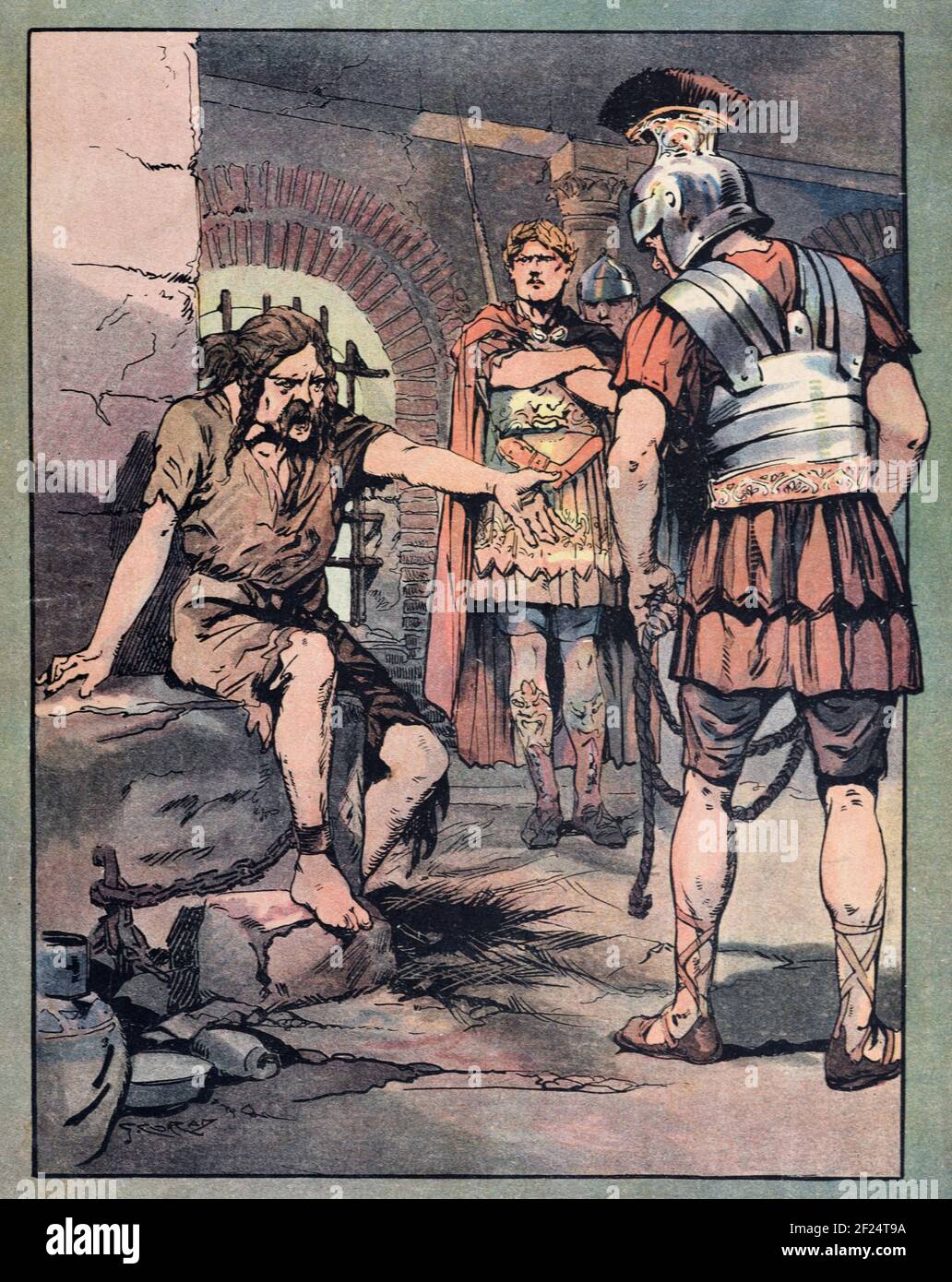 Vercingetorix is Thrown into Jail or Imprisoned in the Tullianum Prison, Rome by the Romans after Submitting to the Invaders After his Defeat at the Battle of Alesia or Siege of Alesia, which ended the Gallic Wars (58BC-52BC) Ancient Gaul or Roman Gaul. Vintage Illustration c1940 Stock Photohttps://www.alamy.com/image-license-details/?v=1https://www.alamy.com/vercingetorix-is-thrown-into-jail-or-imprisoned-in-the-tullianum-prison-rome-by-the-romans-after-submitting-to-the-invaders-after-his-defeat-at-the-battle-of-alesia-or-siege-of-alesia-which-ended-the-gallic-wars-58bc-52bc-ancient-gaul-or-roman-gaul-vintage-illustration-c1940-image414385030.html
Vercingetorix is Thrown into Jail or Imprisoned in the Tullianum Prison, Rome by the Romans after Submitting to the Invaders After his Defeat at the Battle of Alesia or Siege of Alesia, which ended the Gallic Wars (58BC-52BC) Ancient Gaul or Roman Gaul. Vintage Illustration c1940 Stock Photohttps://www.alamy.com/image-license-details/?v=1https://www.alamy.com/vercingetorix-is-thrown-into-jail-or-imprisoned-in-the-tullianum-prison-rome-by-the-romans-after-submitting-to-the-invaders-after-his-defeat-at-the-battle-of-alesia-or-siege-of-alesia-which-ended-the-gallic-wars-58bc-52bc-ancient-gaul-or-roman-gaul-vintage-illustration-c1940-image414385030.htmlRM2F24T9A–Vercingetorix is Thrown into Jail or Imprisoned in the Tullianum Prison, Rome by the Romans after Submitting to the Invaders After his Defeat at the Battle of Alesia or Siege of Alesia, which ended the Gallic Wars (58BC-52BC) Ancient Gaul or Roman Gaul. Vintage Illustration c1940
 Gallic and celtic warriors. Ancient soldiers drawing. Stock Photohttps://www.alamy.com/image-license-details/?v=1https://www.alamy.com/gallic-and-celtic-warriors-ancient-soldiers-drawing-image595465534.html
Gallic and celtic warriors. Ancient soldiers drawing. Stock Photohttps://www.alamy.com/image-license-details/?v=1https://www.alamy.com/gallic-and-celtic-warriors-ancient-soldiers-drawing-image595465534.htmlRF2WGNPA6–Gallic and celtic warriors. Ancient soldiers drawing.
 Roman coin of Postumus Stock Photohttps://www.alamy.com/image-license-details/?v=1https://www.alamy.com/stock-photo-roman-coin-of-postumus-171842044.html
Roman coin of Postumus Stock Photohttps://www.alamy.com/image-license-details/?v=1https://www.alamy.com/stock-photo-roman-coin-of-postumus-171842044.htmlRMKYG27T–Roman coin of Postumus
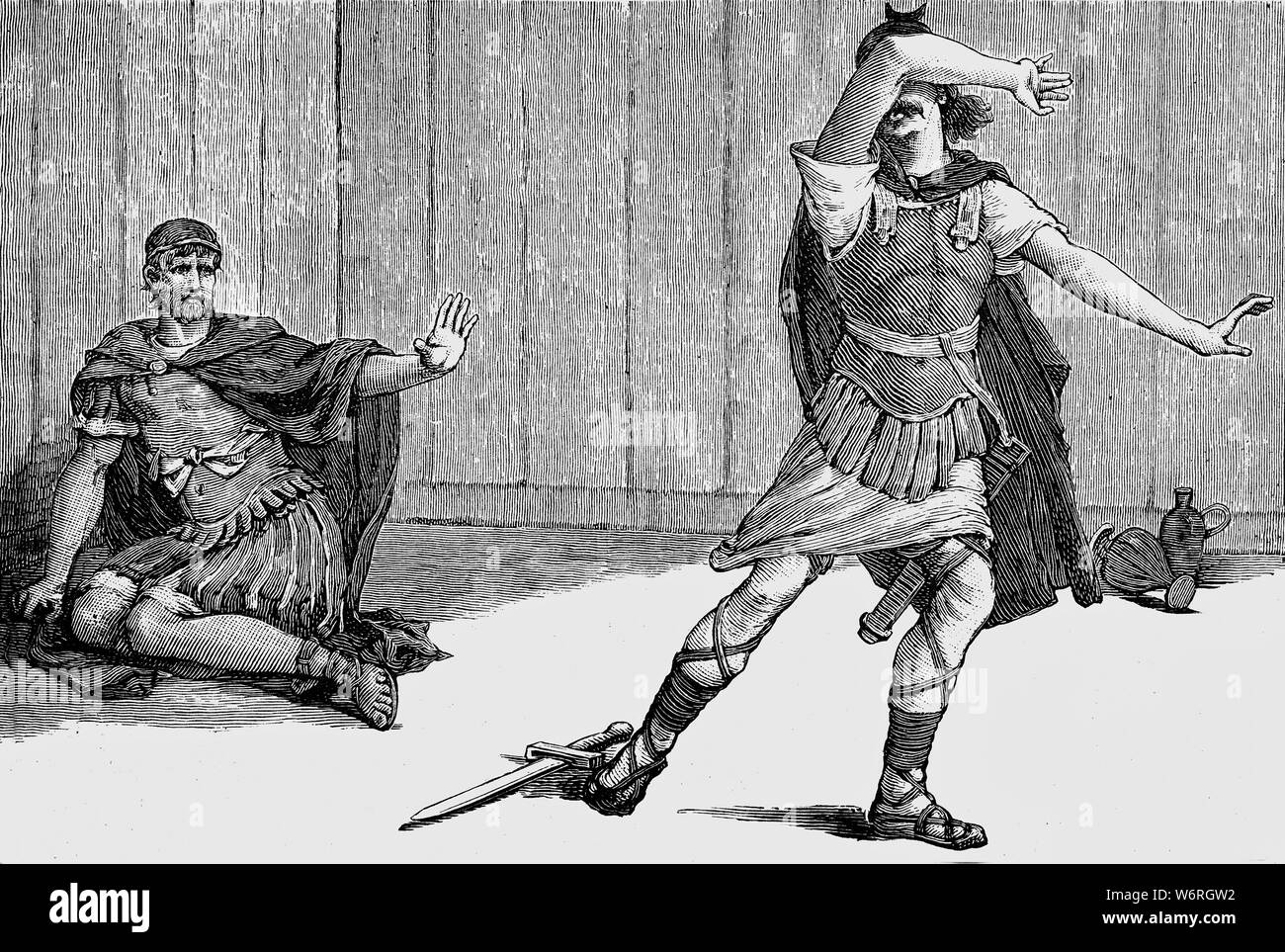 Gaius Marius (157 - 86 BCE), Roman general and statesman, Victor of the Cimbric and Jugurthine wars was noted for his important reforms of Roman armies. His politial and military rival, Lucius Cornelius Sulla Felix or Sulla, Roman general proclaimed Marius a public enemy to be put him to death, but mo one could be found to undertake the task. The Gaul sent to kill the prisoner heard a loud voice: 'Fellow, darest thou kill Gaius Marius?' and threw down his sword, crying: 'I cannot kill Gaius Marius.' Marius was brought out of his prison and placed on board a ship for exile in Carthage Stock Photohttps://www.alamy.com/image-license-details/?v=1https://www.alamy.com/gaius-marius-157-86-bce-roman-general-and-statesman-victor-of-the-cimbric-and-jugurthine-wars-was-noted-for-his-important-reforms-of-roman-armies-his-politial-and-military-rival-lucius-cornelius-sulla-felix-or-sulla-roman-general-proclaimed-marius-a-public-enemy-to-be-put-him-to-death-but-mo-one-could-be-found-to-undertake-the-task-the-gaul-sent-to-kill-the-prisoner-heard-a-loud-voice-fellow-darest-thou-kill-gaius-marius-and-threw-down-his-sword-crying-i-cannot-kill-gaius-marius-marius-was-brought-out-of-his-prison-and-placed-on-board-a-ship-for-exile-in-carthage-image262361598.html
Gaius Marius (157 - 86 BCE), Roman general and statesman, Victor of the Cimbric and Jugurthine wars was noted for his important reforms of Roman armies. His politial and military rival, Lucius Cornelius Sulla Felix or Sulla, Roman general proclaimed Marius a public enemy to be put him to death, but mo one could be found to undertake the task. The Gaul sent to kill the prisoner heard a loud voice: 'Fellow, darest thou kill Gaius Marius?' and threw down his sword, crying: 'I cannot kill Gaius Marius.' Marius was brought out of his prison and placed on board a ship for exile in Carthage Stock Photohttps://www.alamy.com/image-license-details/?v=1https://www.alamy.com/gaius-marius-157-86-bce-roman-general-and-statesman-victor-of-the-cimbric-and-jugurthine-wars-was-noted-for-his-important-reforms-of-roman-armies-his-politial-and-military-rival-lucius-cornelius-sulla-felix-or-sulla-roman-general-proclaimed-marius-a-public-enemy-to-be-put-him-to-death-but-mo-one-could-be-found-to-undertake-the-task-the-gaul-sent-to-kill-the-prisoner-heard-a-loud-voice-fellow-darest-thou-kill-gaius-marius-and-threw-down-his-sword-crying-i-cannot-kill-gaius-marius-marius-was-brought-out-of-his-prison-and-placed-on-board-a-ship-for-exile-in-carthage-image262361598.htmlRMW6RGW2–Gaius Marius (157 - 86 BCE), Roman general and statesman, Victor of the Cimbric and Jugurthine wars was noted for his important reforms of Roman armies. His politial and military rival, Lucius Cornelius Sulla Felix or Sulla, Roman general proclaimed Marius a public enemy to be put him to death, but mo one could be found to undertake the task. The Gaul sent to kill the prisoner heard a loud voice: 'Fellow, darest thou kill Gaius Marius?' and threw down his sword, crying: 'I cannot kill Gaius Marius.' Marius was brought out of his prison and placed on board a ship for exile in Carthage
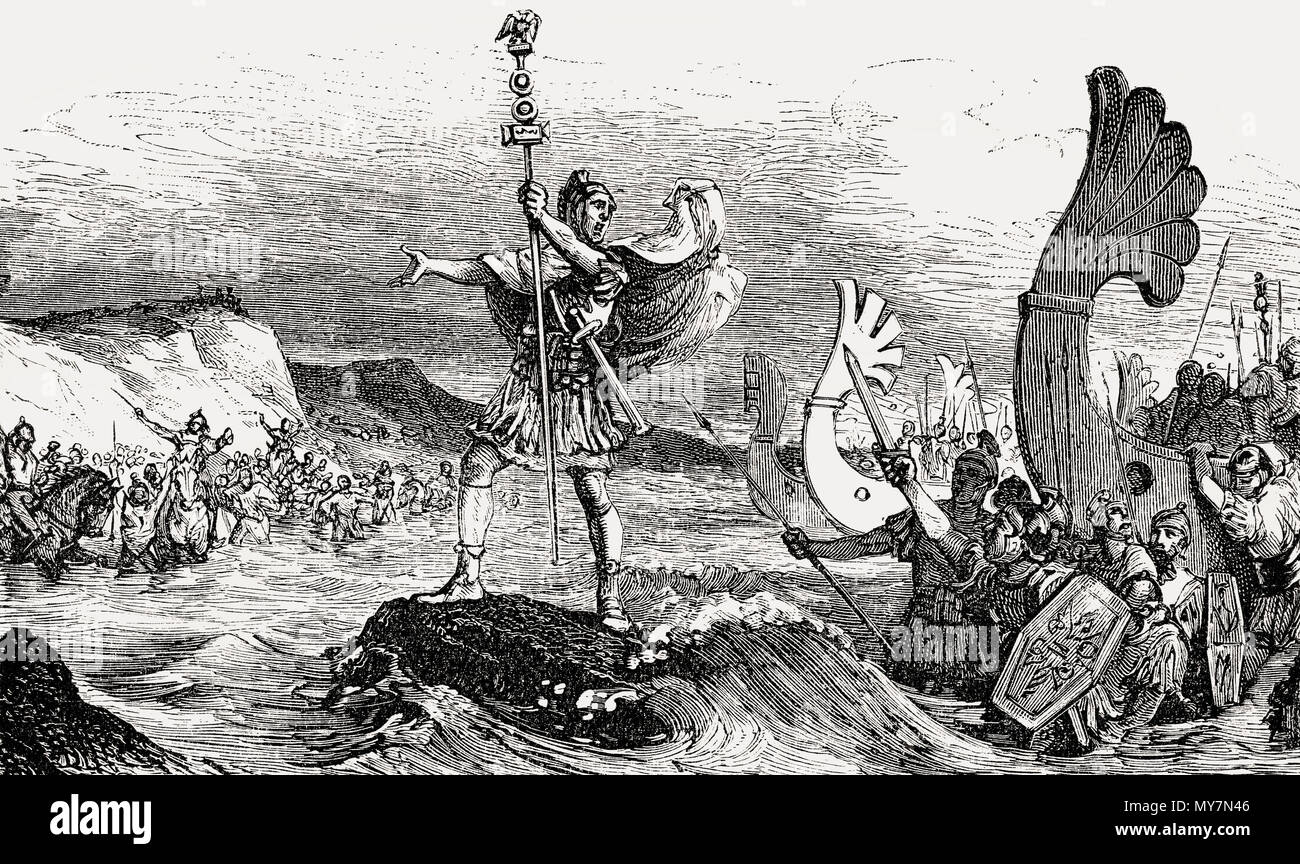 Gaius Julius Caesar, 100 - 44 BC, Roman statesman, invading Britain in 55 BC Stock Photohttps://www.alamy.com/image-license-details/?v=1https://www.alamy.com/gaius-julius-caesar-100-44-bc-roman-statesman-invading-britain-in-55-bc-image188869638.html
Gaius Julius Caesar, 100 - 44 BC, Roman statesman, invading Britain in 55 BC Stock Photohttps://www.alamy.com/image-license-details/?v=1https://www.alamy.com/gaius-julius-caesar-100-44-bc-roman-statesman-invading-britain-in-55-bc-image188869638.htmlRMMY7N46–Gaius Julius Caesar, 100 - 44 BC, Roman statesman, invading Britain in 55 BC
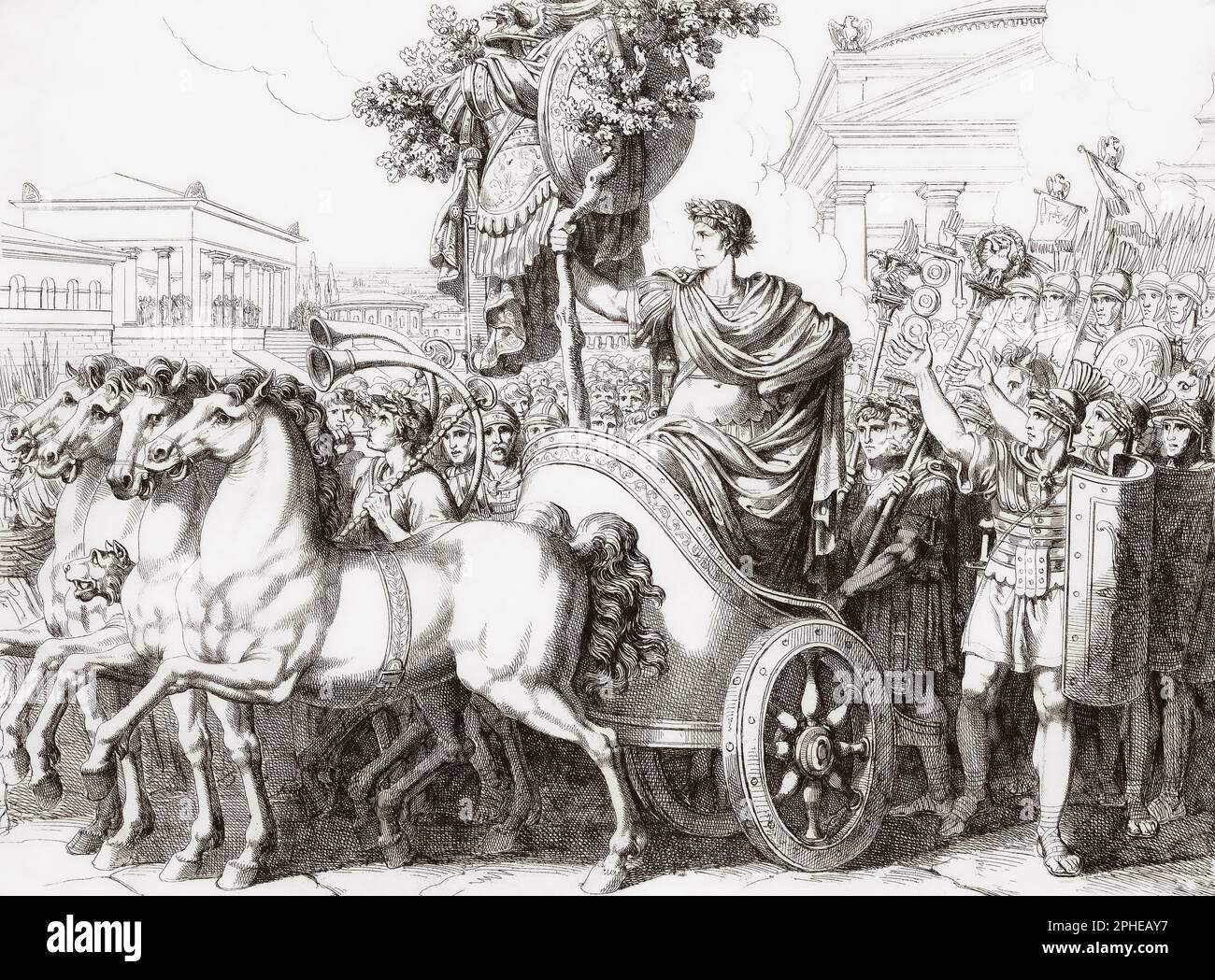 Roman general Marcus Claudius Marcellus, c. 268 – 208 BC, enjoys his triumph parade in Rome after killing the Gallic military leader and king Viridomarus in hand-to-hand combat during the Battle of Clastidium, 222 BC. On his way to the temple of Jupiter Feretrius he carries the spolia opima, the armour, arms, and other effects that an ancient Roman general stripped from the body of an opposing commander slain in single combat. After a 19th century work by Bartolomeo Pinelli. Stock Photohttps://www.alamy.com/image-license-details/?v=1https://www.alamy.com/roman-general-marcus-claudius-marcellus-c-268-208-bc-enjoys-his-triumph-parade-in-rome-after-killing-the-gallic-military-leader-and-king-viridomarus-in-hand-to-hand-combat-during-the-battle-of-clastidium-222-bc-on-his-way-to-the-temple-of-jupiter-feretrius-he-carries-the-spolia-opima-the-armour-arms-and-other-effects-that-an-ancient-roman-general-stripped-from-the-body-of-an-opposing-commander-slain-in-single-combat-after-a-19th-century-work-by-bartolomeo-pinelli-image544286491.html
Roman general Marcus Claudius Marcellus, c. 268 – 208 BC, enjoys his triumph parade in Rome after killing the Gallic military leader and king Viridomarus in hand-to-hand combat during the Battle of Clastidium, 222 BC. On his way to the temple of Jupiter Feretrius he carries the spolia opima, the armour, arms, and other effects that an ancient Roman general stripped from the body of an opposing commander slain in single combat. After a 19th century work by Bartolomeo Pinelli. Stock Photohttps://www.alamy.com/image-license-details/?v=1https://www.alamy.com/roman-general-marcus-claudius-marcellus-c-268-208-bc-enjoys-his-triumph-parade-in-rome-after-killing-the-gallic-military-leader-and-king-viridomarus-in-hand-to-hand-combat-during-the-battle-of-clastidium-222-bc-on-his-way-to-the-temple-of-jupiter-feretrius-he-carries-the-spolia-opima-the-armour-arms-and-other-effects-that-an-ancient-roman-general-stripped-from-the-body-of-an-opposing-commander-slain-in-single-combat-after-a-19th-century-work-by-bartolomeo-pinelli-image544286491.htmlRM2PHEAY7–Roman general Marcus Claudius Marcellus, c. 268 – 208 BC, enjoys his triumph parade in Rome after killing the Gallic military leader and king Viridomarus in hand-to-hand combat during the Battle of Clastidium, 222 BC. On his way to the temple of Jupiter Feretrius he carries the spolia opima, the armour, arms, and other effects that an ancient Roman general stripped from the body of an opposing commander slain in single combat. After a 19th century work by Bartolomeo Pinelli.
 Terracotta medallion fragment mid-2nd century A.D. Roman, Gallic Prometheus tied up with arms outstretched and eagle pecking at his chest; below Hercules armed with bow and arrow, and wearing lionskin: in field: HERCU LES. The medallion was applied to a vessel as decoration.. Terracotta medallion fragment 250475 Roman, Gallic, Terracotta medallion fragment, mid-2nd century A.D., Terracotta, 2 3/4 ? 1 5/8 ? 1/4 in. (7 ? 4.2 ? 0.6 cm). The Metropolitan Museum of Art, New York. Gift of J. Pierpont Morgan, 1917 (17.194.2139) Stock Photohttps://www.alamy.com/image-license-details/?v=1https://www.alamy.com/terracotta-medallion-fragment-mid-2nd-century-ad-roman-gallic-prometheus-tied-up-with-arms-outstretched-and-eagle-pecking-at-his-chest-below-hercules-armed-with-bow-and-arrow-and-wearing-lionskin-in-field-hercu-les-the-medallion-was-applied-to-a-vessel-as-decoration-terracotta-medallion-fragment-250475-roman-gallic-terracotta-medallion-fragment-mid-2nd-century-ad-terracotta-2-34-1-58-14-in-7-42-06-cm-the-metropolitan-museum-of-art-new-york-gift-of-j-pierpont-morgan-1917-171942139-image458070665.html
Terracotta medallion fragment mid-2nd century A.D. Roman, Gallic Prometheus tied up with arms outstretched and eagle pecking at his chest; below Hercules armed with bow and arrow, and wearing lionskin: in field: HERCU LES. The medallion was applied to a vessel as decoration.. Terracotta medallion fragment 250475 Roman, Gallic, Terracotta medallion fragment, mid-2nd century A.D., Terracotta, 2 3/4 ? 1 5/8 ? 1/4 in. (7 ? 4.2 ? 0.6 cm). The Metropolitan Museum of Art, New York. Gift of J. Pierpont Morgan, 1917 (17.194.2139) Stock Photohttps://www.alamy.com/image-license-details/?v=1https://www.alamy.com/terracotta-medallion-fragment-mid-2nd-century-ad-roman-gallic-prometheus-tied-up-with-arms-outstretched-and-eagle-pecking-at-his-chest-below-hercules-armed-with-bow-and-arrow-and-wearing-lionskin-in-field-hercu-les-the-medallion-was-applied-to-a-vessel-as-decoration-terracotta-medallion-fragment-250475-roman-gallic-terracotta-medallion-fragment-mid-2nd-century-ad-terracotta-2-34-1-58-14-in-7-42-06-cm-the-metropolitan-museum-of-art-new-york-gift-of-j-pierpont-morgan-1917-171942139-image458070665.htmlRM2HH6WPH–Terracotta medallion fragment mid-2nd century A.D. Roman, Gallic Prometheus tied up with arms outstretched and eagle pecking at his chest; below Hercules armed with bow and arrow, and wearing lionskin: in field: HERCU LES. The medallion was applied to a vessel as decoration.. Terracotta medallion fragment 250475 Roman, Gallic, Terracotta medallion fragment, mid-2nd century A.D., Terracotta, 2 3/4 ? 1 5/8 ? 1/4 in. (7 ? 4.2 ? 0.6 cm). The Metropolitan Museum of Art, New York. Gift of J. Pierpont Morgan, 1917 (17.194.2139)
 Protohistoric utensils like Gaulish / Gallic keys, knives and axes on display at the Archeosite and Museum of Aubechies-Beloeil, Hainaut, Belgium Stock Photohttps://www.alamy.com/image-license-details/?v=1https://www.alamy.com/protohistoric-utensils-like-gaulish-gallic-keys-knives-and-axes-on-display-at-the-archeosite-and-museum-of-aubechies-beloeil-hainaut-belgium-image551225462.html
Protohistoric utensils like Gaulish / Gallic keys, knives and axes on display at the Archeosite and Museum of Aubechies-Beloeil, Hainaut, Belgium Stock Photohttps://www.alamy.com/image-license-details/?v=1https://www.alamy.com/protohistoric-utensils-like-gaulish-gallic-keys-knives-and-axes-on-display-at-the-archeosite-and-museum-of-aubechies-beloeil-hainaut-belgium-image551225462.htmlRM2R0PDKJ–Protohistoric utensils like Gaulish / Gallic keys, knives and axes on display at the Archeosite and Museum of Aubechies-Beloeil, Hainaut, Belgium
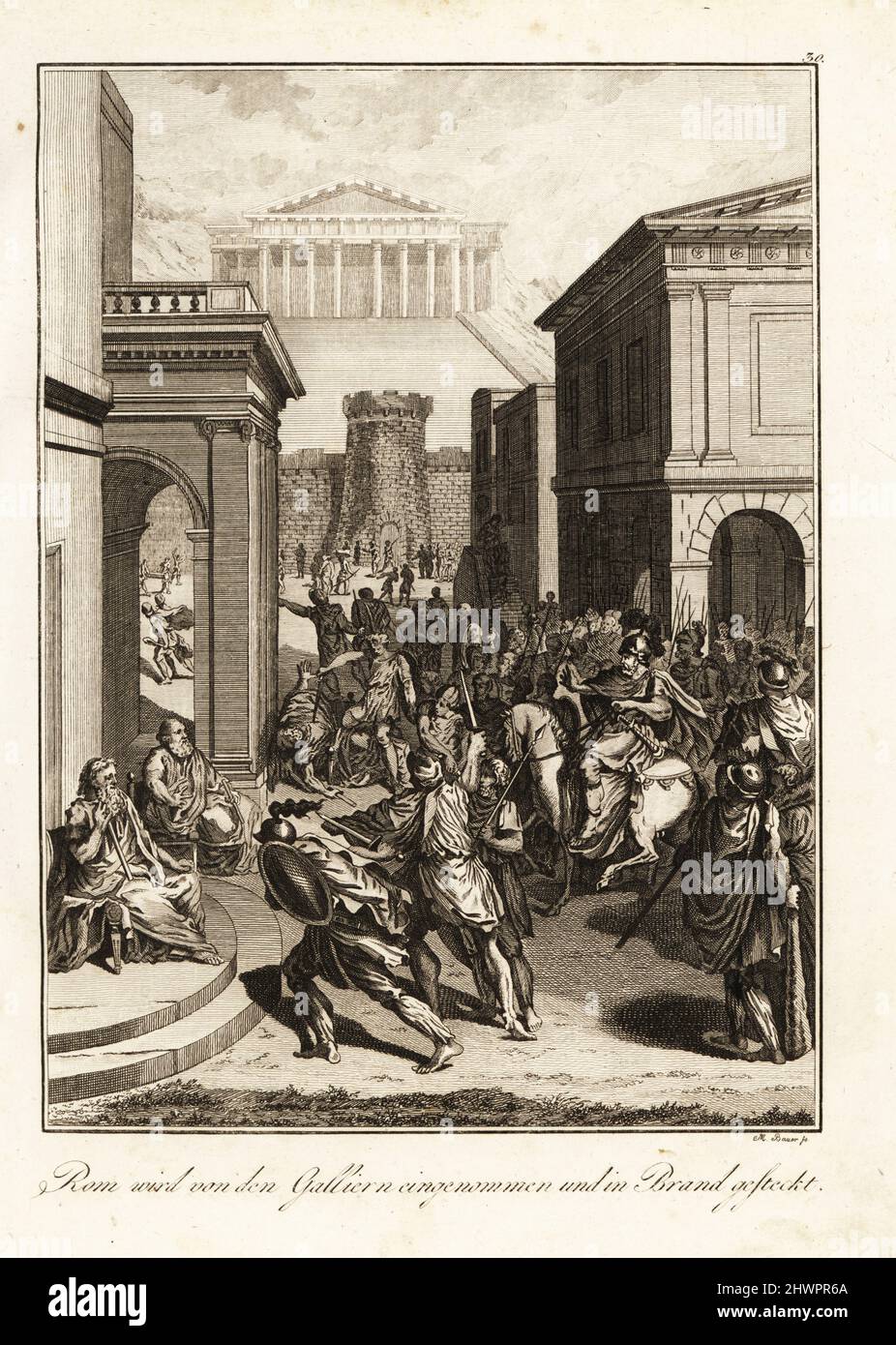 The Sack of Rome by the Senonii Gauls led by Brennus, 390 BC. Gauls killing Roman civilians and soldiers below the Capitoline Hill. Prise de Rome par les Gaulois. Copperplate engraving by M. Bauer after a design by Benjamin Samuel Bolomey from Professor Joseph Rudolf Zappe’s Gemalde aus der romischen Geschichte, Pictures of Roman History, Joseph Schalbacher, Vienna, 1800. German edition of Abbe Claude Francois Xavier Millot’s Abrege de l’Histoire Romaine. Stock Photohttps://www.alamy.com/image-license-details/?v=1https://www.alamy.com/the-sack-of-rome-by-the-senonii-gauls-led-by-brennus-390-bc-gauls-killing-roman-civilians-and-soldiers-below-the-capitoline-hill-prise-de-rome-par-les-gaulois-copperplate-engraving-by-m-bauer-after-a-design-by-benjamin-samuel-bolomey-from-professor-joseph-rudolf-zappes-gemalde-aus-der-romischen-geschichte-pictures-of-roman-history-joseph-schalbacher-vienna-1800-german-edition-of-abbe-claude-francois-xavier-millots-abrege-de-lhistoire-romaine-image463337122.html
The Sack of Rome by the Senonii Gauls led by Brennus, 390 BC. Gauls killing Roman civilians and soldiers below the Capitoline Hill. Prise de Rome par les Gaulois. Copperplate engraving by M. Bauer after a design by Benjamin Samuel Bolomey from Professor Joseph Rudolf Zappe’s Gemalde aus der romischen Geschichte, Pictures of Roman History, Joseph Schalbacher, Vienna, 1800. German edition of Abbe Claude Francois Xavier Millot’s Abrege de l’Histoire Romaine. Stock Photohttps://www.alamy.com/image-license-details/?v=1https://www.alamy.com/the-sack-of-rome-by-the-senonii-gauls-led-by-brennus-390-bc-gauls-killing-roman-civilians-and-soldiers-below-the-capitoline-hill-prise-de-rome-par-les-gaulois-copperplate-engraving-by-m-bauer-after-a-design-by-benjamin-samuel-bolomey-from-professor-joseph-rudolf-zappes-gemalde-aus-der-romischen-geschichte-pictures-of-roman-history-joseph-schalbacher-vienna-1800-german-edition-of-abbe-claude-francois-xavier-millots-abrege-de-lhistoire-romaine-image463337122.htmlRM2HWPR6A–The Sack of Rome by the Senonii Gauls led by Brennus, 390 BC. Gauls killing Roman civilians and soldiers below the Capitoline Hill. Prise de Rome par les Gaulois. Copperplate engraving by M. Bauer after a design by Benjamin Samuel Bolomey from Professor Joseph Rudolf Zappe’s Gemalde aus der romischen Geschichte, Pictures of Roman History, Joseph Schalbacher, Vienna, 1800. German edition of Abbe Claude Francois Xavier Millot’s Abrege de l’Histoire Romaine.
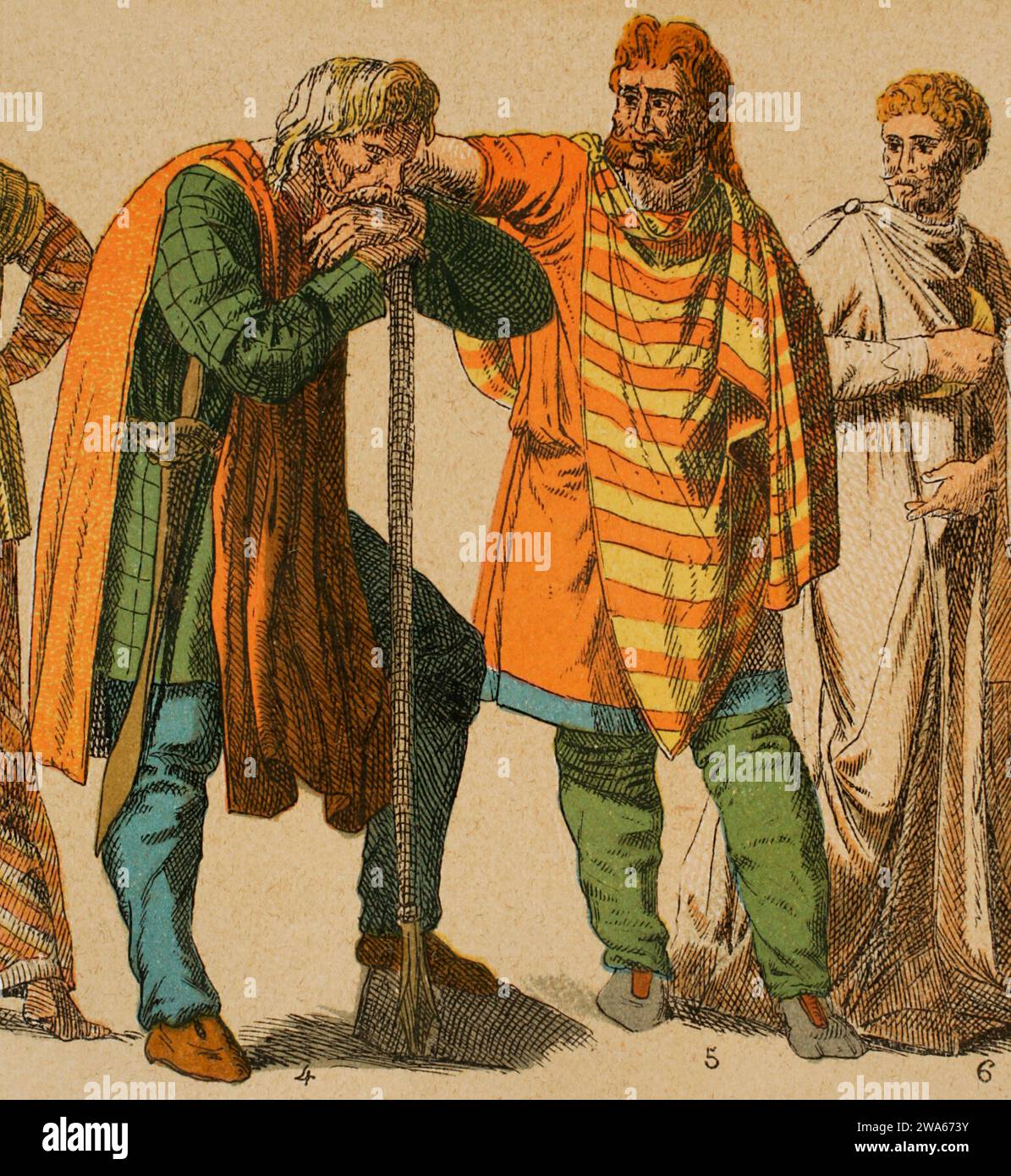 Gauls. From left to right: 4- warrior garment, with sword fastened with chain, 5- male costume of a person of rank, 6- Gallic priest's vestment, with sacral knife. Chromolithography. 'Historia Universal', by Cesar Canto. Volume II, 1881. Stock Photohttps://www.alamy.com/image-license-details/?v=1https://www.alamy.com/gauls-from-left-to-right-4-warrior-garment-with-sword-fastened-with-chain-5-male-costume-of-a-person-of-rank-6-gallic-priests-vestment-with-sacral-knife-chromolithography-historia-universal-by-cesar-canto-volume-ii-1881-image591436383.html
Gauls. From left to right: 4- warrior garment, with sword fastened with chain, 5- male costume of a person of rank, 6- Gallic priest's vestment, with sacral knife. Chromolithography. 'Historia Universal', by Cesar Canto. Volume II, 1881. Stock Photohttps://www.alamy.com/image-license-details/?v=1https://www.alamy.com/gauls-from-left-to-right-4-warrior-garment-with-sword-fastened-with-chain-5-male-costume-of-a-person-of-rank-6-gallic-priests-vestment-with-sacral-knife-chromolithography-historia-universal-by-cesar-canto-volume-ii-1881-image591436383.htmlRM2WA673Y–Gauls. From left to right: 4- warrior garment, with sword fastened with chain, 5- male costume of a person of rank, 6- Gallic priest's vestment, with sacral knife. Chromolithography. 'Historia Universal', by Cesar Canto. Volume II, 1881.
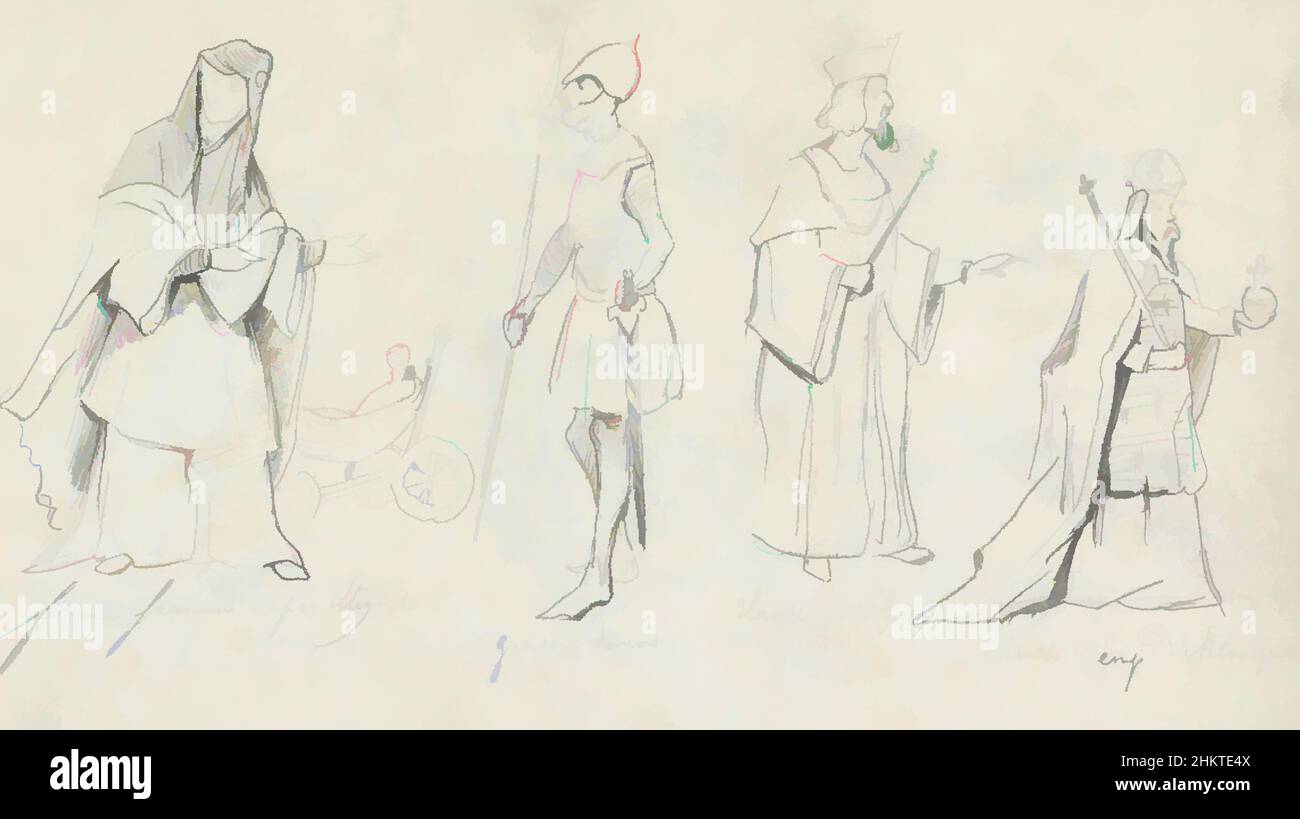 Art inspired by Probably drawn after examples from the book 'Medieval Knights and Armour' by Samuel Rush Meyrick. Saxon woman, Danish warrior, Gallic king and the Roman-German Emperor Henry V, Classic works modernized by Artotop with a splash of modernity. Shapes, color and value, eye-catching visual impact on art. Emotions through freedom of artworks in a contemporary way. A timeless message pursuing a wildly creative new direction. Artists turning to the digital medium and creating the Artotop NFT Stock Photohttps://www.alamy.com/image-license-details/?v=1https://www.alamy.com/art-inspired-by-probably-drawn-after-examples-from-the-book-medieval-knights-and-armour-by-samuel-rush-meyrick-saxon-woman-danish-warrior-gallic-king-and-the-roman-german-emperor-henry-v-classic-works-modernized-by-artotop-with-a-splash-of-modernity-shapes-color-and-value-eye-catching-visual-impact-on-art-emotions-through-freedom-of-artworks-in-a-contemporary-way-a-timeless-message-pursuing-a-wildly-creative-new-direction-artists-turning-to-the-digital-medium-and-creating-the-artotop-nft-image459685994.html
Art inspired by Probably drawn after examples from the book 'Medieval Knights and Armour' by Samuel Rush Meyrick. Saxon woman, Danish warrior, Gallic king and the Roman-German Emperor Henry V, Classic works modernized by Artotop with a splash of modernity. Shapes, color and value, eye-catching visual impact on art. Emotions through freedom of artworks in a contemporary way. A timeless message pursuing a wildly creative new direction. Artists turning to the digital medium and creating the Artotop NFT Stock Photohttps://www.alamy.com/image-license-details/?v=1https://www.alamy.com/art-inspired-by-probably-drawn-after-examples-from-the-book-medieval-knights-and-armour-by-samuel-rush-meyrick-saxon-woman-danish-warrior-gallic-king-and-the-roman-german-emperor-henry-v-classic-works-modernized-by-artotop-with-a-splash-of-modernity-shapes-color-and-value-eye-catching-visual-impact-on-art-emotions-through-freedom-of-artworks-in-a-contemporary-way-a-timeless-message-pursuing-a-wildly-creative-new-direction-artists-turning-to-the-digital-medium-and-creating-the-artotop-nft-image459685994.htmlRF2HKTE4X–Art inspired by Probably drawn after examples from the book 'Medieval Knights and Armour' by Samuel Rush Meyrick. Saxon woman, Danish warrior, Gallic king and the Roman-German Emperor Henry V, Classic works modernized by Artotop with a splash of modernity. Shapes, color and value, eye-catching visual impact on art. Emotions through freedom of artworks in a contemporary way. A timeless message pursuing a wildly creative new direction. Artists turning to the digital medium and creating the Artotop NFT
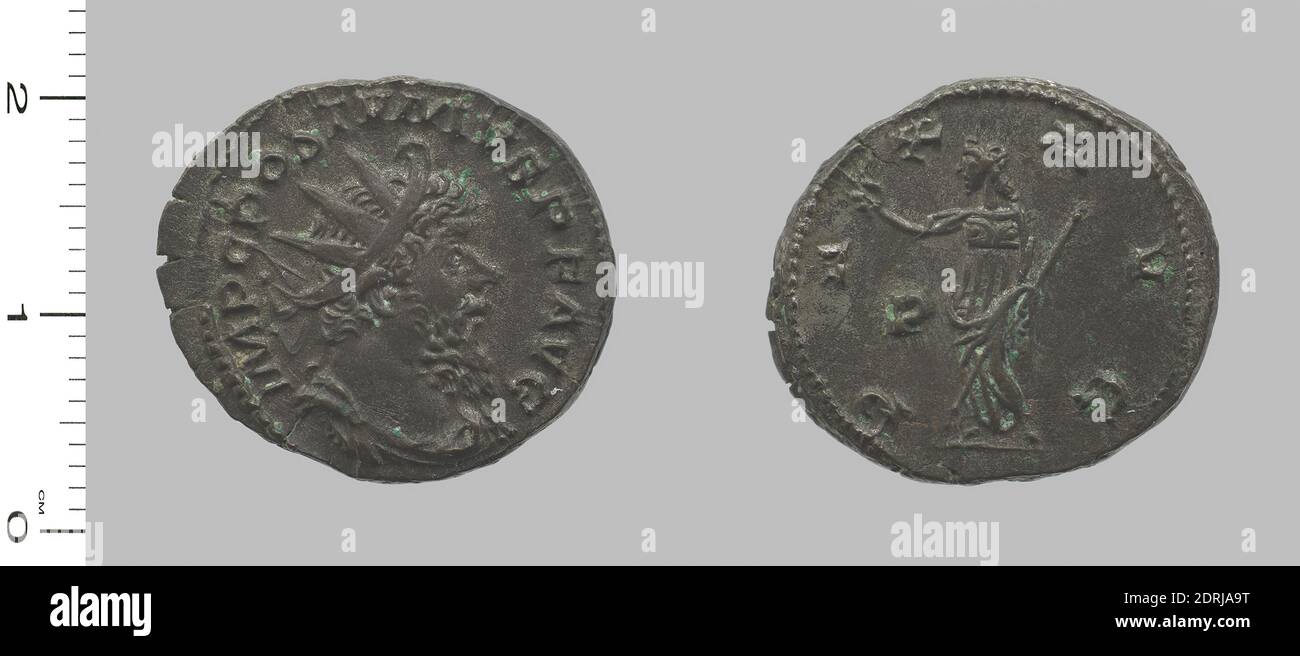 Ruler: Postumus, Emperor of the Gallic Empire, ruled 260–69, Radiate of Postumus, Emperor of the Gallic Empire, 268, Base silver, 4.12 g, 6:00, 21.5 mm, uncertain, Gaul, Roman, 3rd century A.D., Numismatics Stock Photohttps://www.alamy.com/image-license-details/?v=1https://www.alamy.com/ruler-postumus-emperor-of-the-gallic-empire-ruled-26069-radiate-of-postumus-emperor-of-the-gallicempire-268-base-silver-412-g-600-215mm-uncertain-gaul-roman-3rd-century-ad-numismatics-image393168436.html
Ruler: Postumus, Emperor of the Gallic Empire, ruled 260–69, Radiate of Postumus, Emperor of the Gallic Empire, 268, Base silver, 4.12 g, 6:00, 21.5 mm, uncertain, Gaul, Roman, 3rd century A.D., Numismatics Stock Photohttps://www.alamy.com/image-license-details/?v=1https://www.alamy.com/ruler-postumus-emperor-of-the-gallic-empire-ruled-26069-radiate-of-postumus-emperor-of-the-gallicempire-268-base-silver-412-g-600-215mm-uncertain-gaul-roman-3rd-century-ad-numismatics-image393168436.htmlRM2DRJA9T–Ruler: Postumus, Emperor of the Gallic Empire, ruled 260–69, Radiate of Postumus, Emperor of the Gallic Empire, 268, Base silver, 4.12 g, 6:00, 21.5 mm, uncertain, Gaul, Roman, 3rd century A.D., Numismatics
 Gallic Wars (58 BC-51 BC). Siege of Alesia, 52 BC. The climactic military confrontation of the Gallic Wars, fought around the Gallic oppidum (fortified settlement) of Alesia in present-day France, an important centre of the Mandubii tribe. Julius Caesar's Roman army fought against a confederation of united Gaulish tribes under the leadership of Vercingetorix of the Arverni. It was the last major battle between Gauls and Romans, and is considered one of Caesar's greatest military achievements. The Roman army built two lines of fortifications: an inner wall to keep the besieged Gauls in and an o Stock Photohttps://www.alamy.com/image-license-details/?v=1https://www.alamy.com/gallic-wars-58-bc-51-bc-siege-of-alesia-52-bc-the-climactic-military-confrontation-of-the-gallic-wars-fought-around-the-gallic-oppidum-fortified-settlement-of-alesia-in-present-day-france-an-important-centre-of-the-mandubii-tribe-julius-caesars-roman-army-fought-against-a-confederation-of-united-gaulish-tribes-under-the-leadership-of-vercingetorix-of-the-arverni-it-was-the-last-major-battle-between-gauls-and-romans-and-is-considered-one-of-caesars-greatest-military-achievements-the-roman-army-built-two-lines-of-fortifications-an-inner-wall-to-keep-the-besieged-gauls-in-and-an-o-image632688114.html
Gallic Wars (58 BC-51 BC). Siege of Alesia, 52 BC. The climactic military confrontation of the Gallic Wars, fought around the Gallic oppidum (fortified settlement) of Alesia in present-day France, an important centre of the Mandubii tribe. Julius Caesar's Roman army fought against a confederation of united Gaulish tribes under the leadership of Vercingetorix of the Arverni. It was the last major battle between Gauls and Romans, and is considered one of Caesar's greatest military achievements. The Roman army built two lines of fortifications: an inner wall to keep the besieged Gauls in and an o Stock Photohttps://www.alamy.com/image-license-details/?v=1https://www.alamy.com/gallic-wars-58-bc-51-bc-siege-of-alesia-52-bc-the-climactic-military-confrontation-of-the-gallic-wars-fought-around-the-gallic-oppidum-fortified-settlement-of-alesia-in-present-day-france-an-important-centre-of-the-mandubii-tribe-julius-caesars-roman-army-fought-against-a-confederation-of-united-gaulish-tribes-under-the-leadership-of-vercingetorix-of-the-arverni-it-was-the-last-major-battle-between-gauls-and-romans-and-is-considered-one-of-caesars-greatest-military-achievements-the-roman-army-built-two-lines-of-fortifications-an-inner-wall-to-keep-the-besieged-gauls-in-and-an-o-image632688114.htmlRM2YN9C42–Gallic Wars (58 BC-51 BC). Siege of Alesia, 52 BC. The climactic military confrontation of the Gallic Wars, fought around the Gallic oppidum (fortified settlement) of Alesia in present-day France, an important centre of the Mandubii tribe. Julius Caesar's Roman army fought against a confederation of united Gaulish tribes under the leadership of Vercingetorix of the Arverni. It was the last major battle between Gauls and Romans, and is considered one of Caesar's greatest military achievements. The Roman army built two lines of fortifications: an inner wall to keep the besieged Gauls in and an o
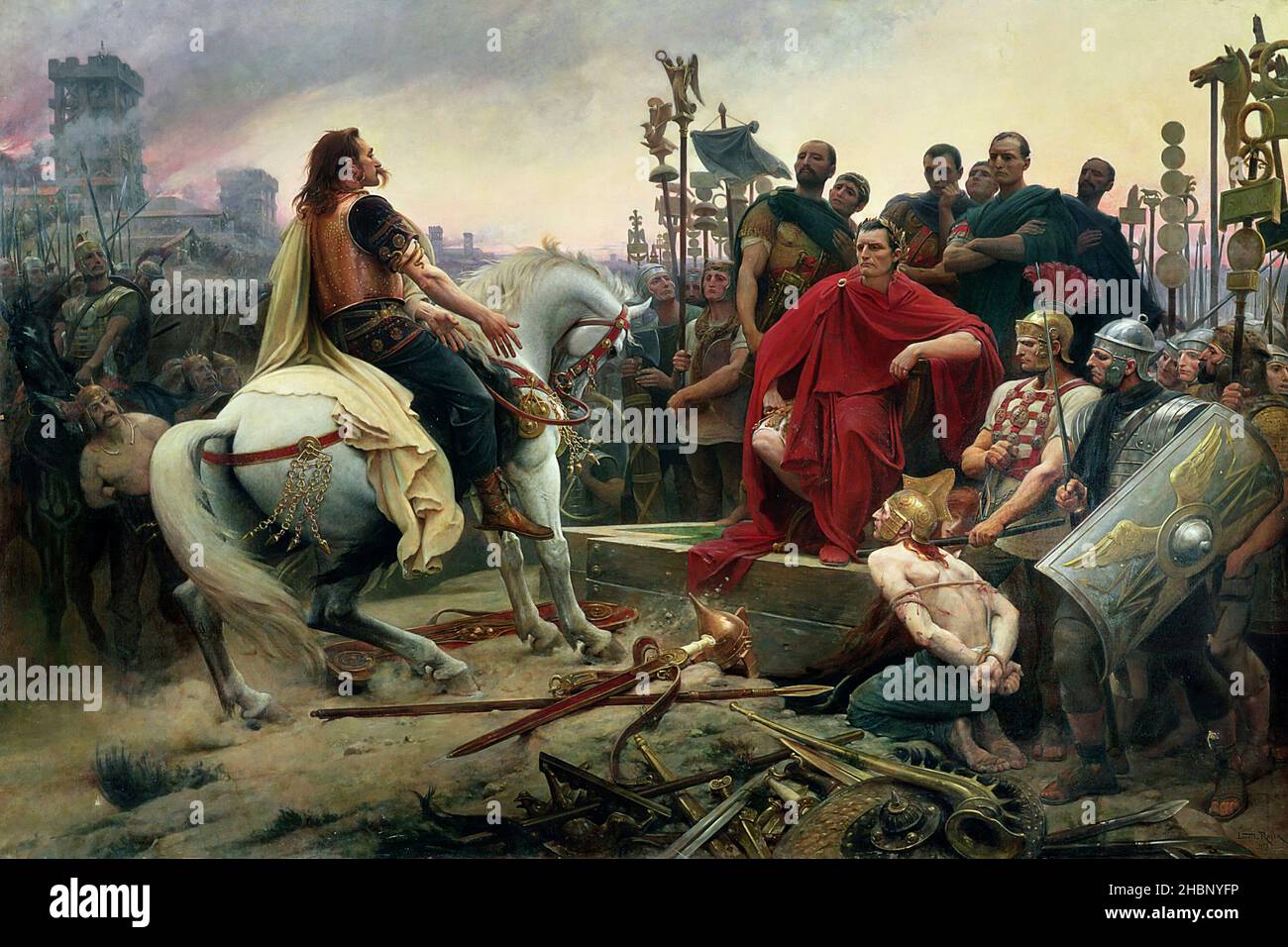 Vercingetorix throws down his arms at the feet of Julius Caesar, painted by Lionel Royer. It shows the Chief of the Gauls Vercingetorix surrendering his arms to Caesar after the Battle of Alesia in 52BC Stock Photohttps://www.alamy.com/image-license-details/?v=1https://www.alamy.com/vercingetorix-throws-down-his-arms-at-the-feet-of-julius-caesar-painted-by-lionel-royer-it-shows-the-chief-of-the-gauls-vercingetorix-surrendering-his-arms-to-caesar-after-the-battle-of-alesia-in-52bc-image454713386.html
Vercingetorix throws down his arms at the feet of Julius Caesar, painted by Lionel Royer. It shows the Chief of the Gauls Vercingetorix surrendering his arms to Caesar after the Battle of Alesia in 52BC Stock Photohttps://www.alamy.com/image-license-details/?v=1https://www.alamy.com/vercingetorix-throws-down-his-arms-at-the-feet-of-julius-caesar-painted-by-lionel-royer-it-shows-the-chief-of-the-gauls-vercingetorix-surrendering-his-arms-to-caesar-after-the-battle-of-alesia-in-52bc-image454713386.htmlRM2HBNYFP–Vercingetorix throws down his arms at the feet of Julius Caesar, painted by Lionel Royer. It shows the Chief of the Gauls Vercingetorix surrendering his arms to Caesar after the Battle of Alesia in 52BC
 War weapon and armour of Gallo-Roman period. Stock Photohttps://www.alamy.com/image-license-details/?v=1https://www.alamy.com/stock-photo-war-weapon-and-armour-of-gallo-roman-period-29588057.html
War weapon and armour of Gallo-Roman period. Stock Photohttps://www.alamy.com/image-license-details/?v=1https://www.alamy.com/stock-photo-war-weapon-and-armour-of-gallo-roman-period-29588057.htmlRMBM3RT9–War weapon and armour of Gallo-Roman period.
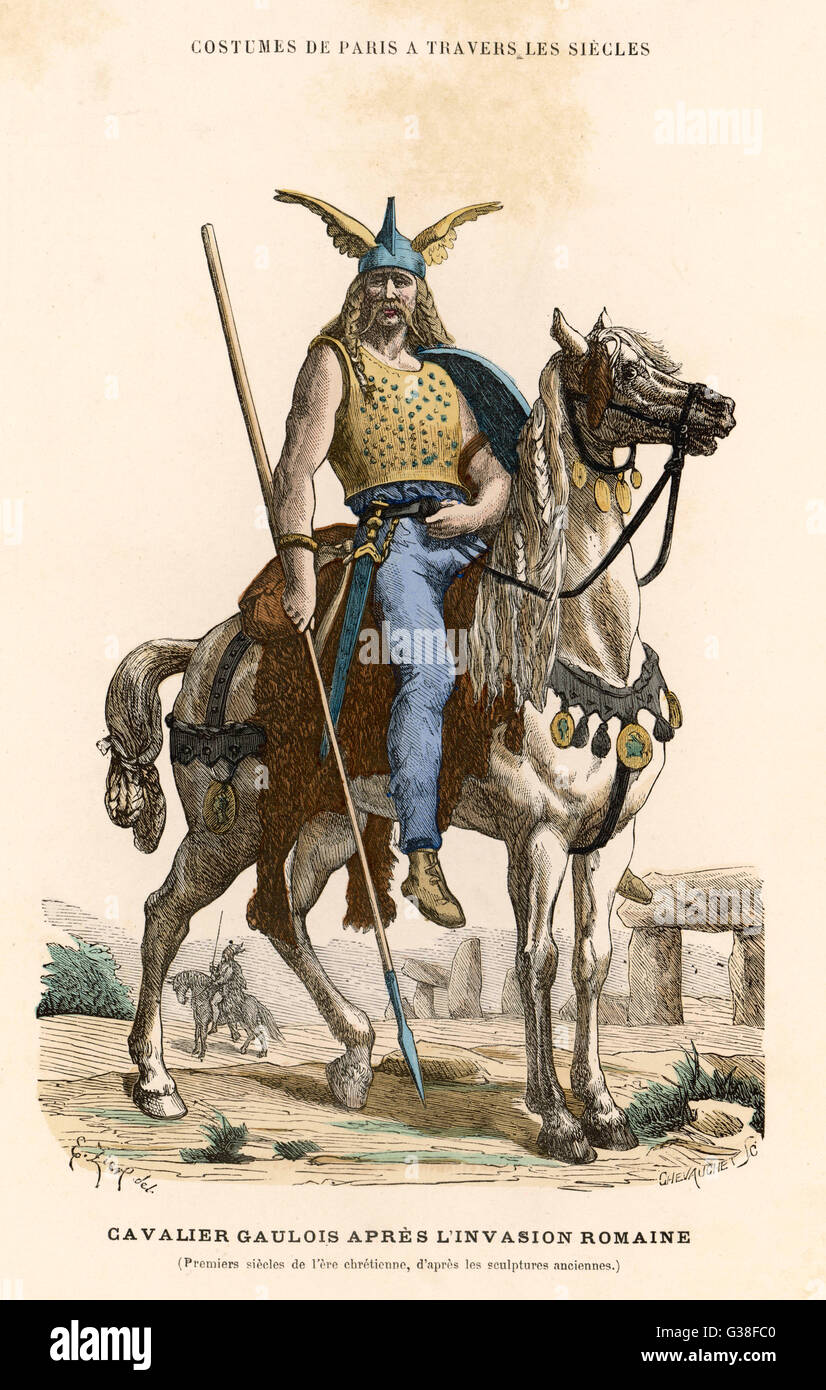 GALLIC WARRIOR Stock Photohttps://www.alamy.com/image-license-details/?v=1https://www.alamy.com/stock-photo-gallic-warrior-105293888.html
GALLIC WARRIOR Stock Photohttps://www.alamy.com/image-license-details/?v=1https://www.alamy.com/stock-photo-gallic-warrior-105293888.htmlRMG38FC0–GALLIC WARRIOR
 Complete local Roman imperial coin hoard with jar (The Chalgrove II Hoard), 3rd century.. Artist: Unknown. Stock Photohttps://www.alamy.com/image-license-details/?v=1https://www.alamy.com/complete-local-roman-imperial-coin-hoard-with-jar-the-chalgrove-ii-hoard-3rd-century-artist-unknown-image186157446.html
Complete local Roman imperial coin hoard with jar (The Chalgrove II Hoard), 3rd century.. Artist: Unknown. Stock Photohttps://www.alamy.com/image-license-details/?v=1https://www.alamy.com/complete-local-roman-imperial-coin-hoard-with-jar-the-chalgrove-ii-hoard-3rd-century-artist-unknown-image186157446.htmlRMMPT5M6–Complete local Roman imperial coin hoard with jar (The Chalgrove II Hoard), 3rd century.. Artist: Unknown.
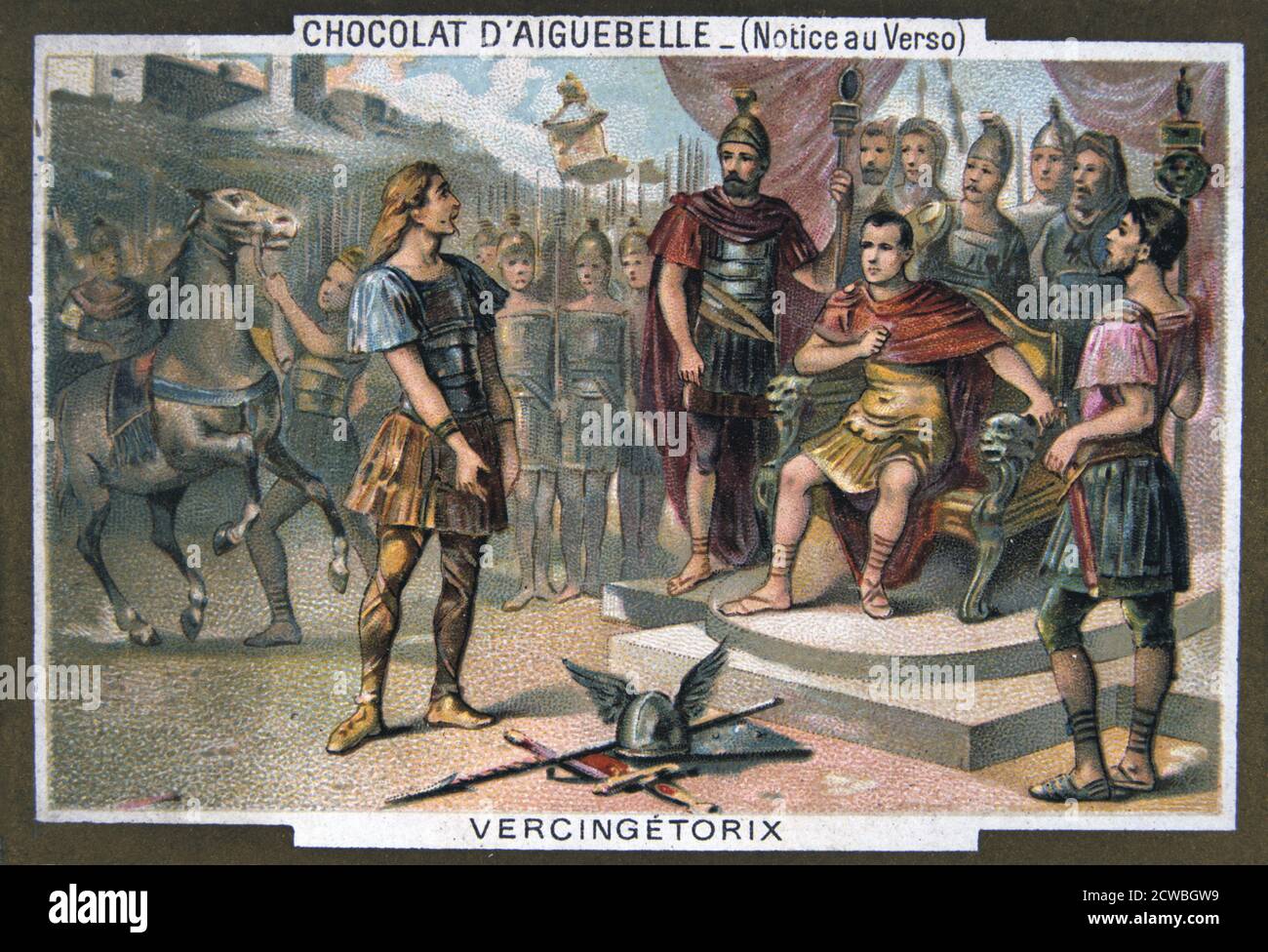 19th century Picture card, showing Vercingetorix surrendering to Julius Caesar, c 46 BC. The Gallic chieftain Vercingetorix (died 46 BC) and was defeated and captured by Julius Caesar (100-44 BC) at Alesia (near Dijon in France). Vercingetorix was taken to Rome, where he was humiliated by being paraded as evidence of Rome's greatness, and was then put to death. Stock Photohttps://www.alamy.com/image-license-details/?v=1https://www.alamy.com/19th-century-picture-card-showing-vercingetorix-surrendering-to-julius-caesar-c-46-bc-the-gallic-chieftain-vercingetorix-died-46-bc-and-was-defeated-and-captured-by-julius-caesar-100-44-bc-at-alesia-near-dijon-in-france-vercingetorix-was-taken-to-rome-where-he-was-humiliated-by-being-paraded-as-evidence-of-romes-greatness-and-was-then-put-to-death-image377038853.html
19th century Picture card, showing Vercingetorix surrendering to Julius Caesar, c 46 BC. The Gallic chieftain Vercingetorix (died 46 BC) and was defeated and captured by Julius Caesar (100-44 BC) at Alesia (near Dijon in France). Vercingetorix was taken to Rome, where he was humiliated by being paraded as evidence of Rome's greatness, and was then put to death. Stock Photohttps://www.alamy.com/image-license-details/?v=1https://www.alamy.com/19th-century-picture-card-showing-vercingetorix-surrendering-to-julius-caesar-c-46-bc-the-gallic-chieftain-vercingetorix-died-46-bc-and-was-defeated-and-captured-by-julius-caesar-100-44-bc-at-alesia-near-dijon-in-france-vercingetorix-was-taken-to-rome-where-he-was-humiliated-by-being-paraded-as-evidence-of-romes-greatness-and-was-then-put-to-death-image377038853.htmlRM2CWBGW9–19th century Picture card, showing Vercingetorix surrendering to Julius Caesar, c 46 BC. The Gallic chieftain Vercingetorix (died 46 BC) and was defeated and captured by Julius Caesar (100-44 BC) at Alesia (near Dijon in France). Vercingetorix was taken to Rome, where he was humiliated by being paraded as evidence of Rome's greatness, and was then put to death.
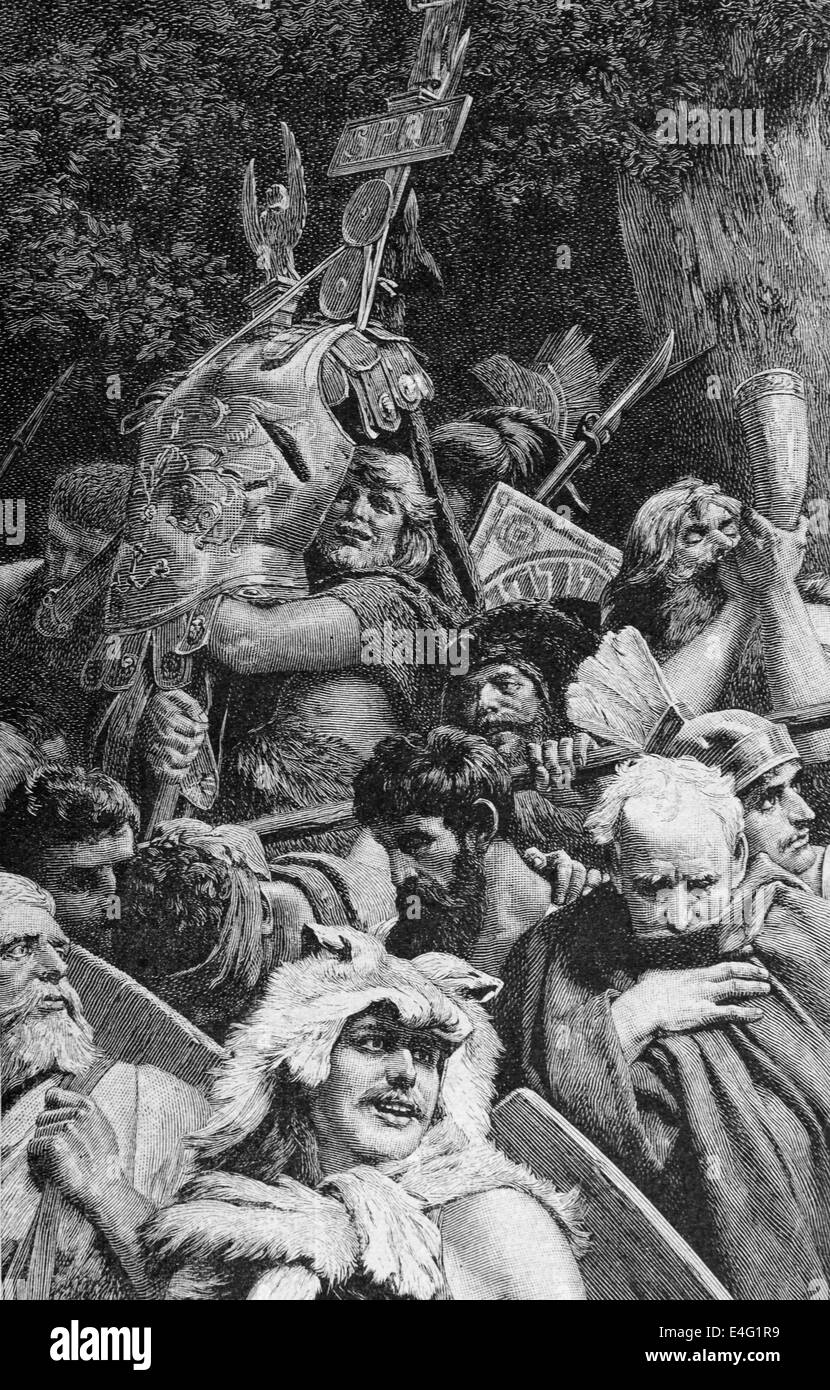 Gallic Wars. Arveni tribe with roman military ensigns or standards. Engraving by Kaeseberg. Detail. Stock Photohttps://www.alamy.com/image-license-details/?v=1https://www.alamy.com/stock-photo-gallic-wars-arveni-tribe-with-roman-military-ensigns-or-standards-71652765.html
Gallic Wars. Arveni tribe with roman military ensigns or standards. Engraving by Kaeseberg. Detail. Stock Photohttps://www.alamy.com/image-license-details/?v=1https://www.alamy.com/stock-photo-gallic-wars-arveni-tribe-with-roman-military-ensigns-or-standards-71652765.htmlRME4G1R9–Gallic Wars. Arveni tribe with roman military ensigns or standards. Engraving by Kaeseberg. Detail.
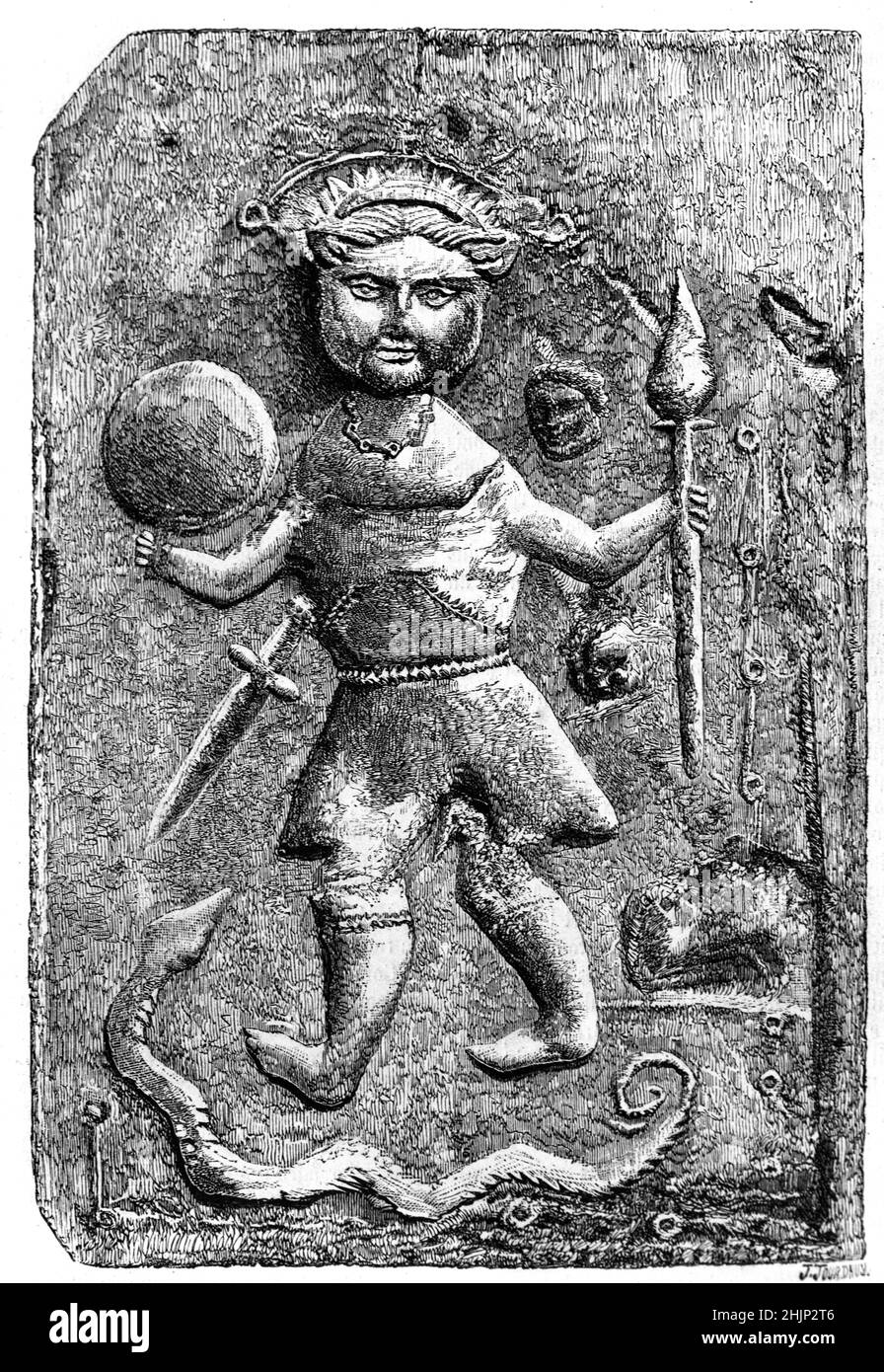 Antique Stone Bas-Relief showing a Strange Figure that has been variously interpreted as a Pagan God, possibly Tyllinus, a provincial rural impression of Christ, an Ancient Gaul, Gallic Soldier or Warrior carrying a Spear, Dagger and possibly a Shield, or a Hunter surrounded by a snake and severed heads. Made of brick 42cmx27cm, dated between c3rd and 5th centuries AD, the sculpture was discovered on the line of a Roman road near Issoire in Auvergne France. Vintage Illustration or Engraving 1865 Stock Photohttps://www.alamy.com/image-license-details/?v=1https://www.alamy.com/antique-stone-bas-relief-showing-a-strange-figure-that-has-been-variously-interpreted-as-a-pagan-god-possibly-tyllinus-a-provincial-rural-impression-of-christ-an-ancient-gaul-gallic-soldier-or-warrior-carrying-a-spear-dagger-and-possibly-a-shield-or-a-hunter-surrounded-by-a-snake-and-severed-heads-made-of-brick-42cmx27cm-dated-between-c3rd-and-5th-centuries-ad-the-sculpture-was-discovered-on-the-line-of-a-roman-road-near-issoire-in-auvergne-france-vintage-illustration-or-engraving-1865-image459018566.html
Antique Stone Bas-Relief showing a Strange Figure that has been variously interpreted as a Pagan God, possibly Tyllinus, a provincial rural impression of Christ, an Ancient Gaul, Gallic Soldier or Warrior carrying a Spear, Dagger and possibly a Shield, or a Hunter surrounded by a snake and severed heads. Made of brick 42cmx27cm, dated between c3rd and 5th centuries AD, the sculpture was discovered on the line of a Roman road near Issoire in Auvergne France. Vintage Illustration or Engraving 1865 Stock Photohttps://www.alamy.com/image-license-details/?v=1https://www.alamy.com/antique-stone-bas-relief-showing-a-strange-figure-that-has-been-variously-interpreted-as-a-pagan-god-possibly-tyllinus-a-provincial-rural-impression-of-christ-an-ancient-gaul-gallic-soldier-or-warrior-carrying-a-spear-dagger-and-possibly-a-shield-or-a-hunter-surrounded-by-a-snake-and-severed-heads-made-of-brick-42cmx27cm-dated-between-c3rd-and-5th-centuries-ad-the-sculpture-was-discovered-on-the-line-of-a-roman-road-near-issoire-in-auvergne-france-vintage-illustration-or-engraving-1865-image459018566.htmlRM2HJP2T6–Antique Stone Bas-Relief showing a Strange Figure that has been variously interpreted as a Pagan God, possibly Tyllinus, a provincial rural impression of Christ, an Ancient Gaul, Gallic Soldier or Warrior carrying a Spear, Dagger and possibly a Shield, or a Hunter surrounded by a snake and severed heads. Made of brick 42cmx27cm, dated between c3rd and 5th centuries AD, the sculpture was discovered on the line of a Roman road near Issoire in Auvergne France. Vintage Illustration or Engraving 1865
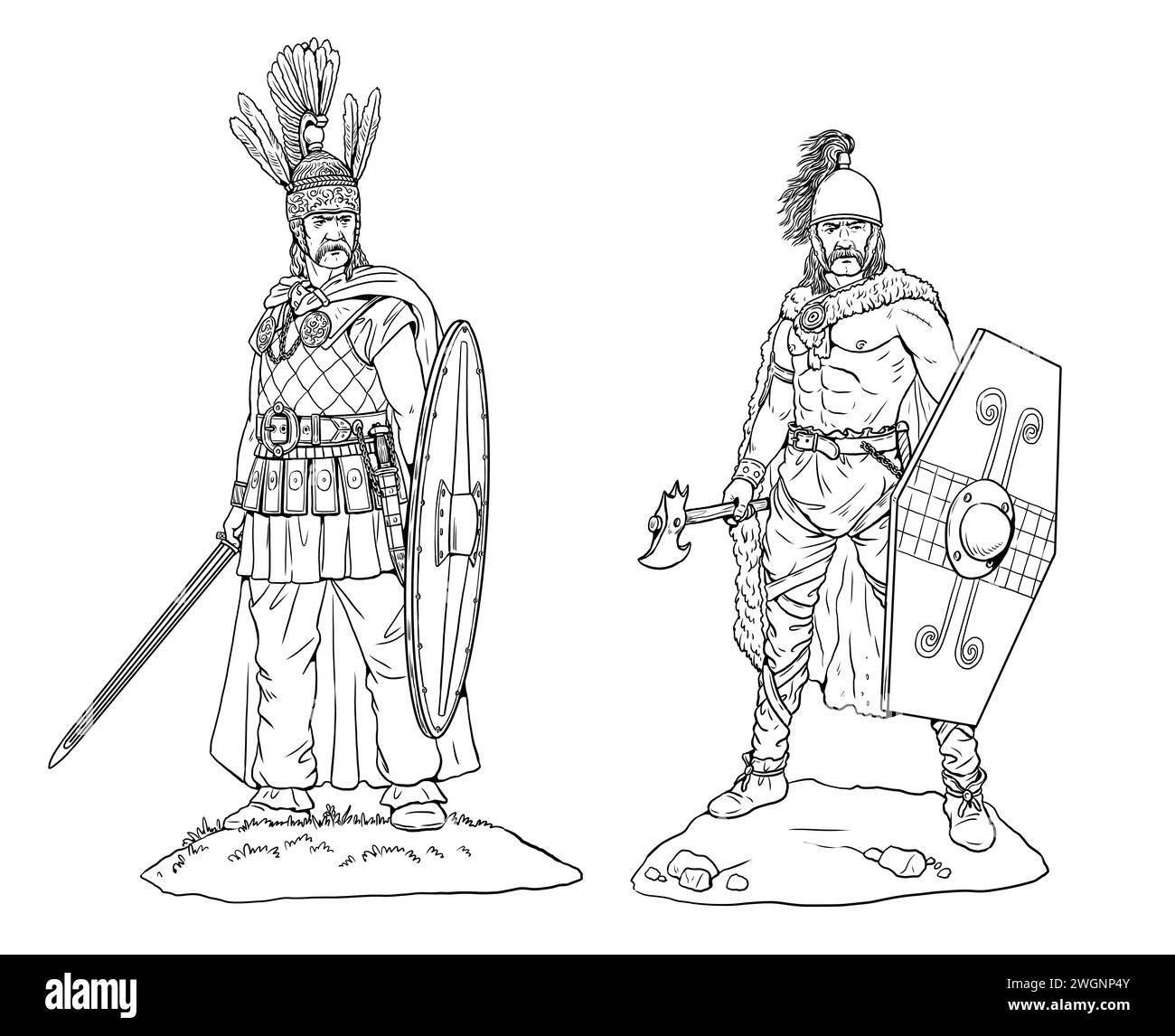 Gallic and celtic warriors. Ancient soldiers drawing. Stock Photohttps://www.alamy.com/image-license-details/?v=1https://www.alamy.com/gallic-and-celtic-warriors-ancient-soldiers-drawing-image595465387.html
Gallic and celtic warriors. Ancient soldiers drawing. Stock Photohttps://www.alamy.com/image-license-details/?v=1https://www.alamy.com/gallic-and-celtic-warriors-ancient-soldiers-drawing-image595465387.htmlRF2WGNP4Y–Gallic and celtic warriors. Ancient soldiers drawing.
 Roman Coin of the Emperor Postumus Stock Photohttps://www.alamy.com/image-license-details/?v=1https://www.alamy.com/roman-coin-of-the-emperor-postumus-image214507981.html
Roman Coin of the Emperor Postumus Stock Photohttps://www.alamy.com/image-license-details/?v=1https://www.alamy.com/roman-coin-of-the-emperor-postumus-image214507981.htmlRMPCYK39–Roman Coin of the Emperor Postumus
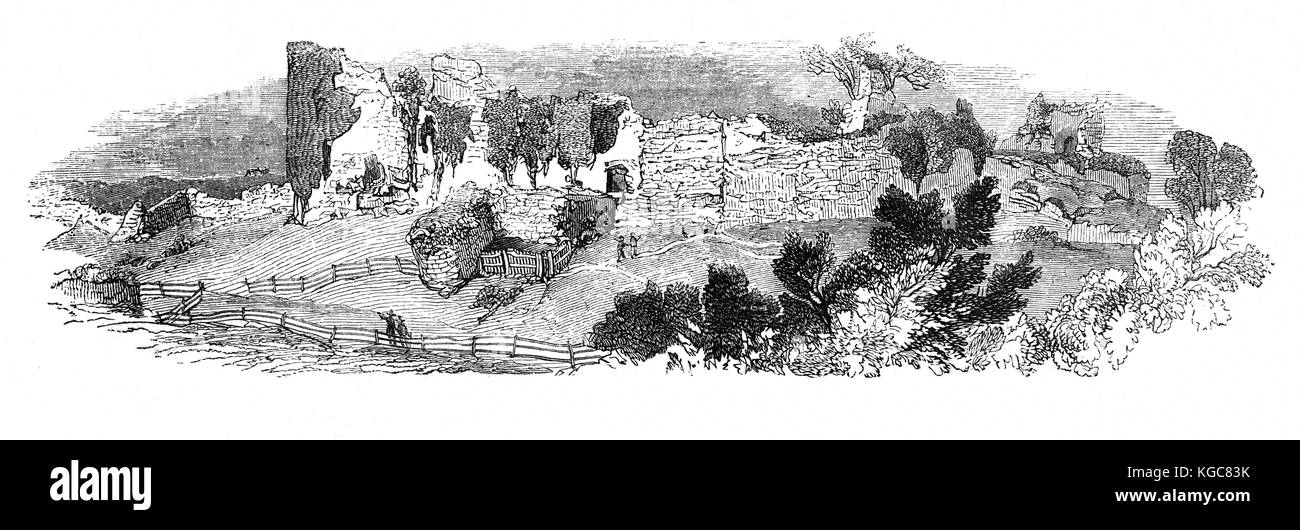 The ruins of medieval Pevensey Castle, formerly a Roman Saxon Shore fort at Pevensey in the English county of East Sussex. Built around 290 AD and known to the Romans as Anderitum. The fort appears to have been the base for a fleet called the Classis Anderidaensis and part of a Roman defensive system to guard the British and Gallic coasts against Saxon pirates. Stock Photohttps://www.alamy.com/image-license-details/?v=1https://www.alamy.com/stock-image-the-ruins-of-medieval-pevensey-castle-formerly-a-roman-saxon-shore-164997607.html
The ruins of medieval Pevensey Castle, formerly a Roman Saxon Shore fort at Pevensey in the English county of East Sussex. Built around 290 AD and known to the Romans as Anderitum. The fort appears to have been the base for a fleet called the Classis Anderidaensis and part of a Roman defensive system to guard the British and Gallic coasts against Saxon pirates. Stock Photohttps://www.alamy.com/image-license-details/?v=1https://www.alamy.com/stock-image-the-ruins-of-medieval-pevensey-castle-formerly-a-roman-saxon-shore-164997607.htmlRMKGC83K–The ruins of medieval Pevensey Castle, formerly a Roman Saxon Shore fort at Pevensey in the English county of East Sussex. Built around 290 AD and known to the Romans as Anderitum. The fort appears to have been the base for a fleet called the Classis Anderidaensis and part of a Roman defensive system to guard the British and Gallic coasts against Saxon pirates.
 Stand displaying littus and cornu, ancient roman war-trumpets Stock Photohttps://www.alamy.com/image-license-details/?v=1https://www.alamy.com/stand-displaying-littus-and-cornu-ancient-roman-war-trumpets-image572924202.html
Stand displaying littus and cornu, ancient roman war-trumpets Stock Photohttps://www.alamy.com/image-license-details/?v=1https://www.alamy.com/stand-displaying-littus-and-cornu-ancient-roman-war-trumpets-image572924202.htmlRF2T82XJJ–Stand displaying littus and cornu, ancient roman war-trumpets
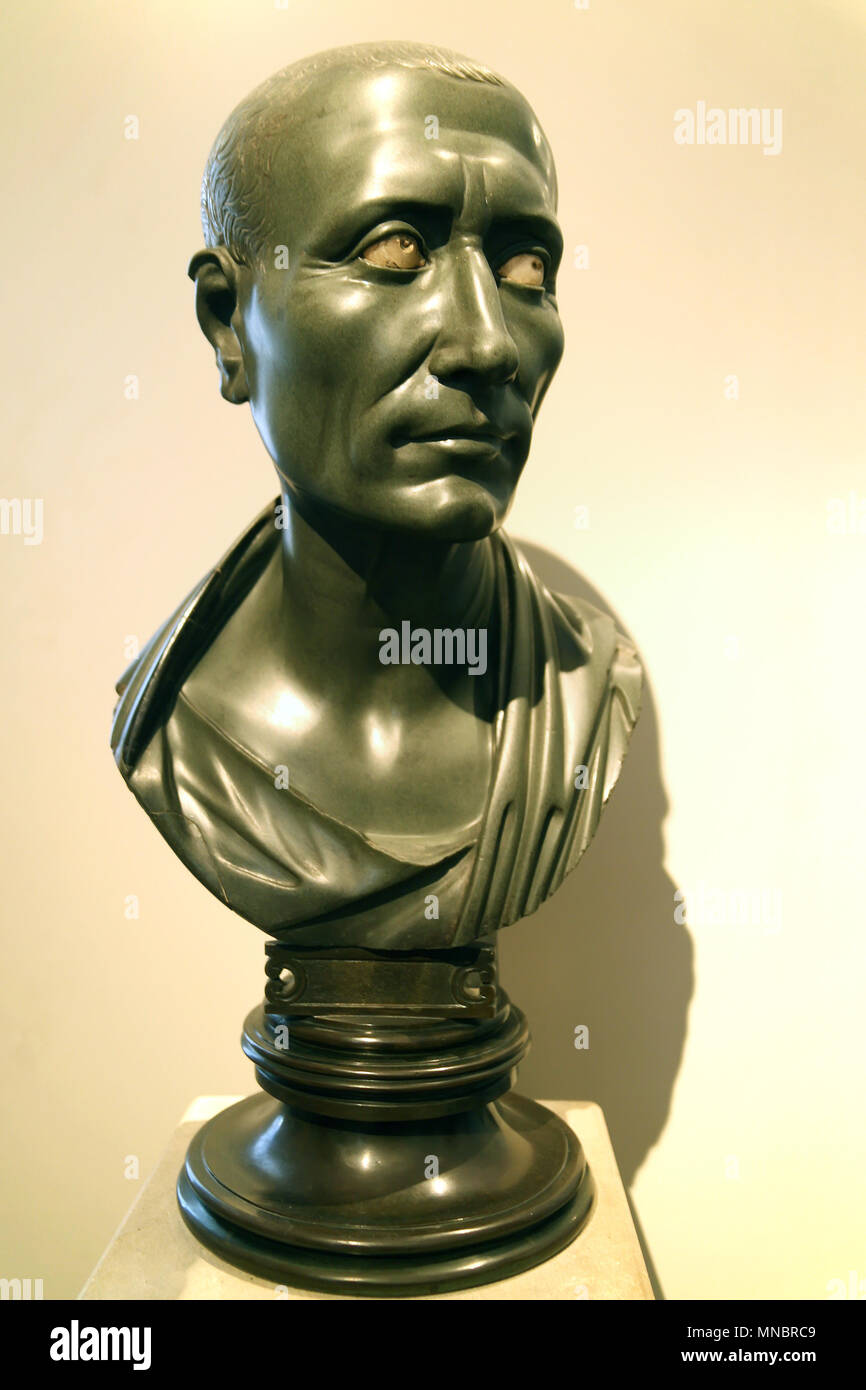 The green slate bust of Julius Caesar in Altes Museum, Berlin Germany, claimed by historians to bear the actual likeness of the famous Roman leader Stock Photohttps://www.alamy.com/image-license-details/?v=1https://www.alamy.com/the-green-slate-bust-of-julius-caesar-in-altes-museum-berlin-germany-claimed-by-historians-to-bear-the-actual-likeness-of-the-famous-roman-leader-image185271305.html
The green slate bust of Julius Caesar in Altes Museum, Berlin Germany, claimed by historians to bear the actual likeness of the famous Roman leader Stock Photohttps://www.alamy.com/image-license-details/?v=1https://www.alamy.com/the-green-slate-bust-of-julius-caesar-in-altes-museum-berlin-germany-claimed-by-historians-to-bear-the-actual-likeness-of-the-famous-roman-leader-image185271305.htmlRFMNBRC9–The green slate bust of Julius Caesar in Altes Museum, Berlin Germany, claimed by historians to bear the actual likeness of the famous Roman leader
 Roman Imperatorial Gold Aureus of Julius Caesar (replica). 48-47BC. Obverse: Female head, probably Venus. Reverse: Trophy of Gallic arms Stock Photohttps://www.alamy.com/image-license-details/?v=1https://www.alamy.com/roman-imperatorial-gold-aureus-of-julius-caesar-replica-48-47bc-obverse-female-head-probably-venus-reverse-trophy-of-gallic-arms-image243752910.html
Roman Imperatorial Gold Aureus of Julius Caesar (replica). 48-47BC. Obverse: Female head, probably Venus. Reverse: Trophy of Gallic arms Stock Photohttps://www.alamy.com/image-license-details/?v=1https://www.alamy.com/roman-imperatorial-gold-aureus-of-julius-caesar-replica-48-47bc-obverse-female-head-probably-venus-reverse-trophy-of-gallic-arms-image243752910.htmlRMT4FW92–Roman Imperatorial Gold Aureus of Julius Caesar (replica). 48-47BC. Obverse: Female head, probably Venus. Reverse: Trophy of Gallic arms
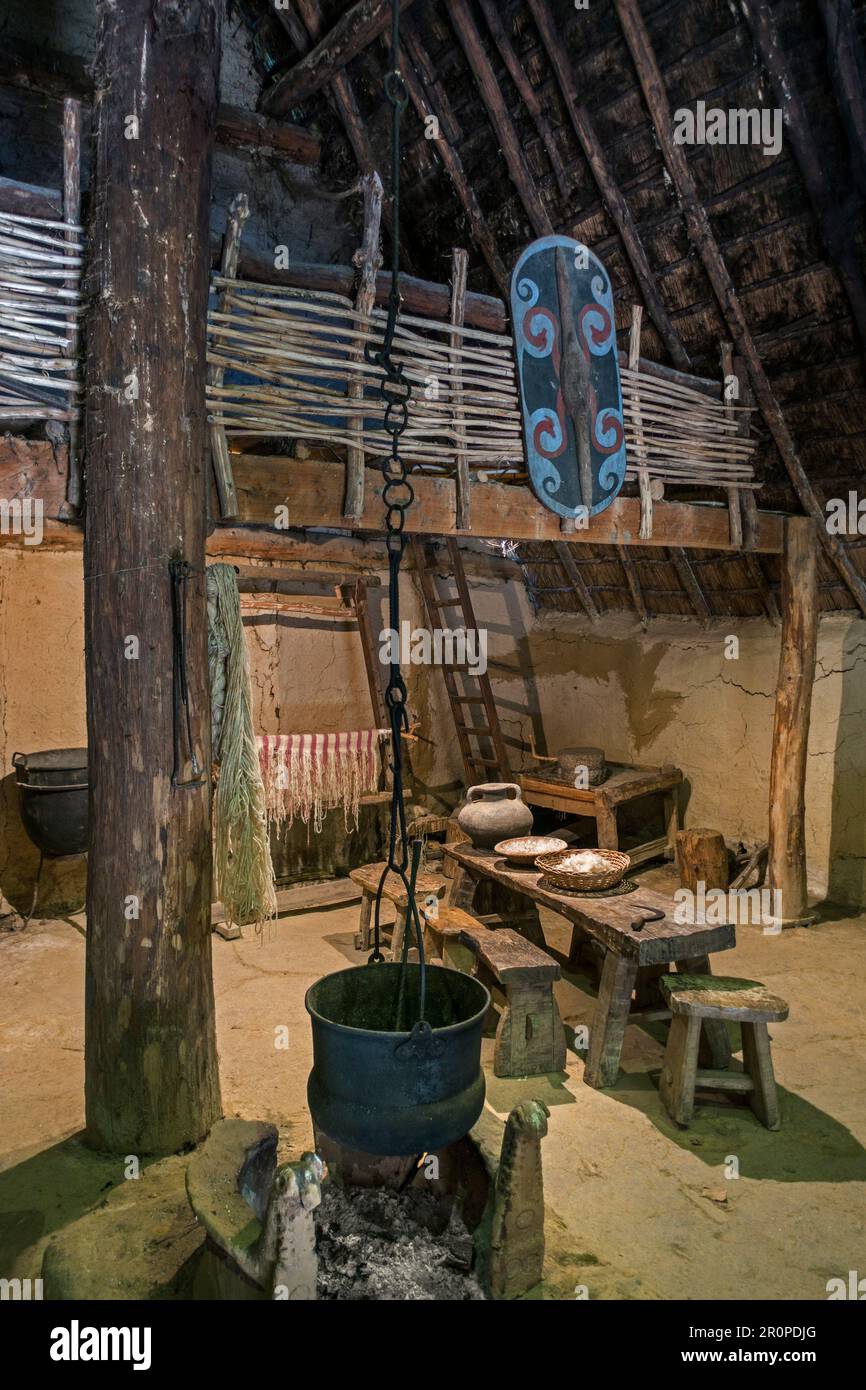 Interior of 1th century BC Gallic house showing furniture and cauldron at the open-air Archeosite and Museum of Aubechies-Beloeil, Hainaut, Belgium Stock Photohttps://www.alamy.com/image-license-details/?v=1https://www.alamy.com/interior-of-1th-century-bc-gallic-house-showing-furniture-and-cauldron-at-the-open-air-archeosite-and-museum-of-aubechies-beloeil-hainaut-belgium-image551225432.html
Interior of 1th century BC Gallic house showing furniture and cauldron at the open-air Archeosite and Museum of Aubechies-Beloeil, Hainaut, Belgium Stock Photohttps://www.alamy.com/image-license-details/?v=1https://www.alamy.com/interior-of-1th-century-bc-gallic-house-showing-furniture-and-cauldron-at-the-open-air-archeosite-and-museum-of-aubechies-beloeil-hainaut-belgium-image551225432.htmlRM2R0PDJG–Interior of 1th century BC Gallic house showing furniture and cauldron at the open-air Archeosite and Museum of Aubechies-Beloeil, Hainaut, Belgium
 Gauls on Horseback Stock Photohttps://www.alamy.com/image-license-details/?v=1https://www.alamy.com/stock-photo-gauls-on-horseback-19302288.html
Gauls on Horseback Stock Photohttps://www.alamy.com/image-license-details/?v=1https://www.alamy.com/stock-photo-gauls-on-horseback-19302288.htmlRFB3B87C–Gauls on Horseback
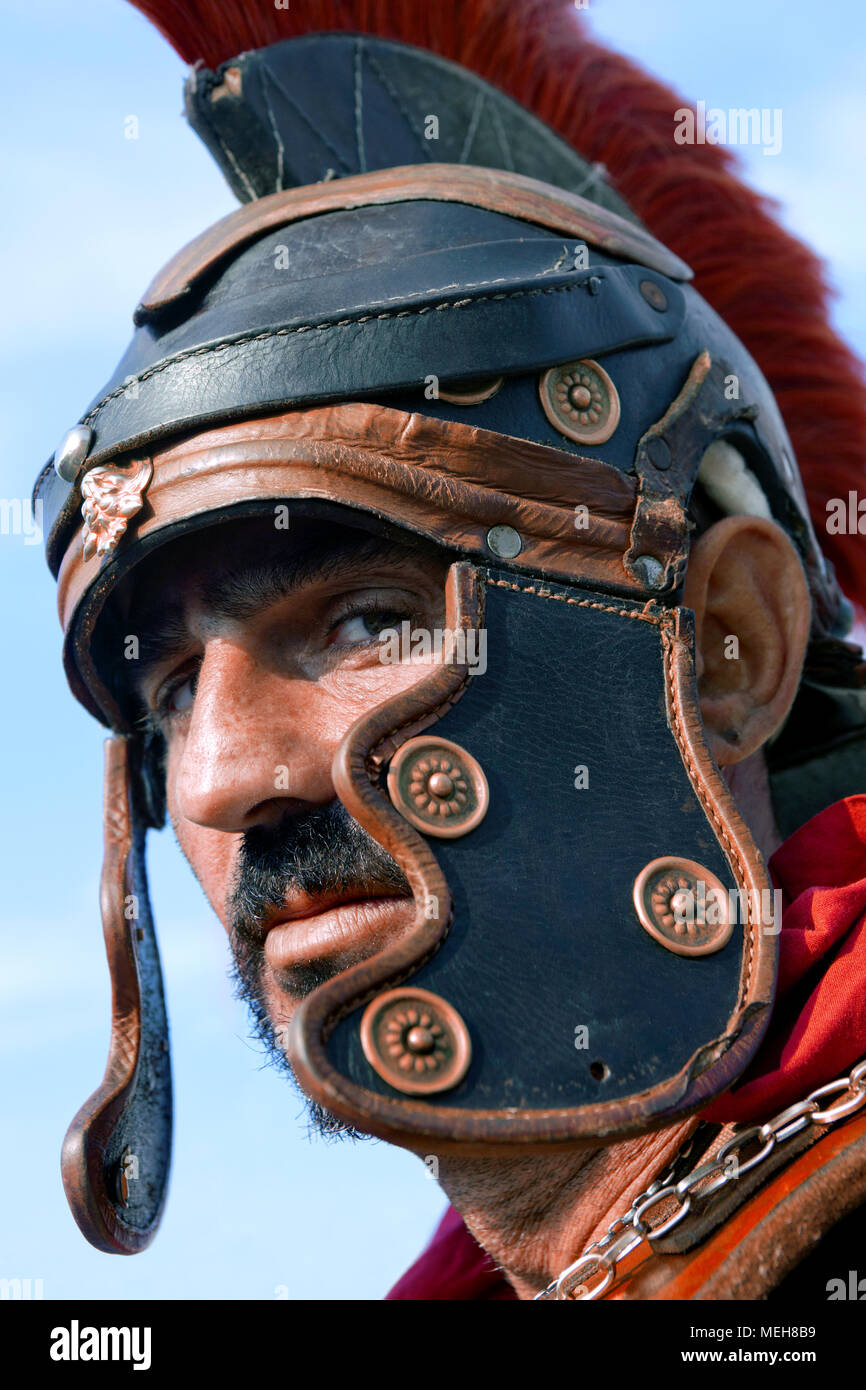 Portrait of a Roman soldier wearing a leather helmet, Rome, Italy Stock Photohttps://www.alamy.com/image-license-details/?v=1https://www.alamy.com/portrait-of-a-roman-soldier-wearing-a-leather-helmet-rome-italy-image181088637.html
Portrait of a Roman soldier wearing a leather helmet, Rome, Italy Stock Photohttps://www.alamy.com/image-license-details/?v=1https://www.alamy.com/portrait-of-a-roman-soldier-wearing-a-leather-helmet-rome-italy-image181088637.htmlRMMEH8B9–Portrait of a Roman soldier wearing a leather helmet, Rome, Italy
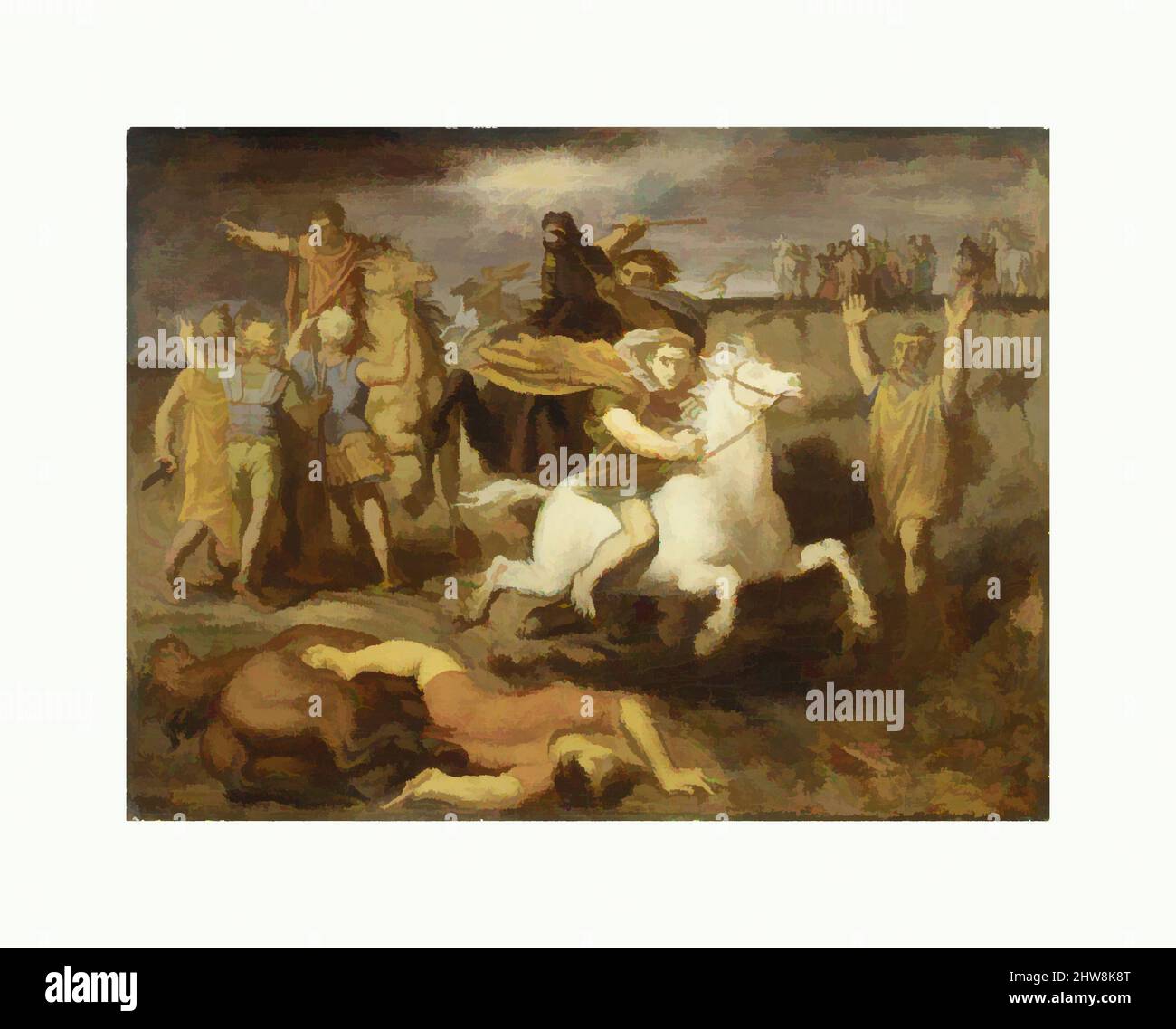 Art inspired by Scene from the Gallic Wars: The Gaul Littavicus, Betraying the Roman Cause, Flees to Gergovie to Support Vercingétorix, ca. 1838–40, Oil on canvas, 13 1/2 x 17 3/4 in. (34.3 x 45.1 cm), Paintings, Théodore Chassériau (French, Le Limon, Saint-Domingue, West Indies 1819–, Classic works modernized by Artotop with a splash of modernity. Shapes, color and value, eye-catching visual impact on art. Emotions through freedom of artworks in a contemporary way. A timeless message pursuing a wildly creative new direction. Artists turning to the digital medium and creating the Artotop NFT Stock Photohttps://www.alamy.com/image-license-details/?v=1https://www.alamy.com/art-inspired-by-scene-from-the-gallic-wars-the-gaul-littavicus-betraying-the-roman-cause-flees-to-gergovie-to-support-vercingtorix-ca-183840-oil-on-canvas-13-12-x-17-34-in-343-x-451-cm-paintings-thodore-chassriau-french-le-limon-saint-domingue-west-indies-1819-classic-works-modernized-by-artotop-with-a-splash-of-modernity-shapes-color-and-value-eye-catching-visual-impact-on-art-emotions-through-freedom-of-artworks-in-a-contemporary-way-a-timeless-message-pursuing-a-wildly-creative-new-direction-artists-turning-to-the-digital-medium-and-creating-the-artotop-nft-image463026728.html
Art inspired by Scene from the Gallic Wars: The Gaul Littavicus, Betraying the Roman Cause, Flees to Gergovie to Support Vercingétorix, ca. 1838–40, Oil on canvas, 13 1/2 x 17 3/4 in. (34.3 x 45.1 cm), Paintings, Théodore Chassériau (French, Le Limon, Saint-Domingue, West Indies 1819–, Classic works modernized by Artotop with a splash of modernity. Shapes, color and value, eye-catching visual impact on art. Emotions through freedom of artworks in a contemporary way. A timeless message pursuing a wildly creative new direction. Artists turning to the digital medium and creating the Artotop NFT Stock Photohttps://www.alamy.com/image-license-details/?v=1https://www.alamy.com/art-inspired-by-scene-from-the-gallic-wars-the-gaul-littavicus-betraying-the-roman-cause-flees-to-gergovie-to-support-vercingtorix-ca-183840-oil-on-canvas-13-12-x-17-34-in-343-x-451-cm-paintings-thodore-chassriau-french-le-limon-saint-domingue-west-indies-1819-classic-works-modernized-by-artotop-with-a-splash-of-modernity-shapes-color-and-value-eye-catching-visual-impact-on-art-emotions-through-freedom-of-artworks-in-a-contemporary-way-a-timeless-message-pursuing-a-wildly-creative-new-direction-artists-turning-to-the-digital-medium-and-creating-the-artotop-nft-image463026728.htmlRF2HW8K8T–Art inspired by Scene from the Gallic Wars: The Gaul Littavicus, Betraying the Roman Cause, Flees to Gergovie to Support Vercingétorix, ca. 1838–40, Oil on canvas, 13 1/2 x 17 3/4 in. (34.3 x 45.1 cm), Paintings, Théodore Chassériau (French, Le Limon, Saint-Domingue, West Indies 1819–, Classic works modernized by Artotop with a splash of modernity. Shapes, color and value, eye-catching visual impact on art. Emotions through freedom of artworks in a contemporary way. A timeless message pursuing a wildly creative new direction. Artists turning to the digital medium and creating the Artotop NFT
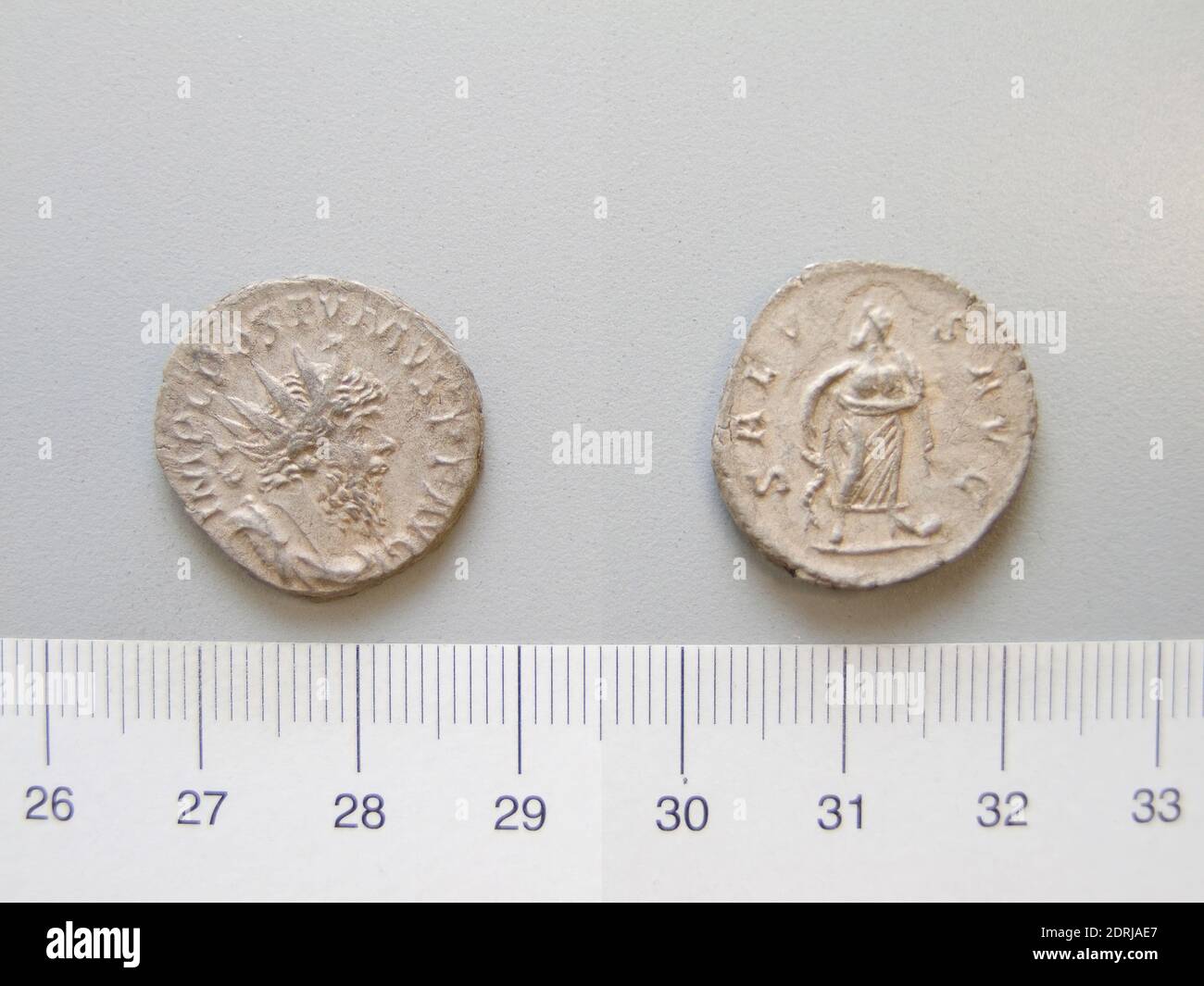 Ruler: Postumus, Emperor of the Gallic Empire, ruled 260–69, Antoninianus of Postumus, Emperor of the Gallic Empire, 260–69, Silver, 3.82 g, 6:00, 20 mm, Made in Roman Empire, Roman, 3rd century A.D., Numismatics Stock Photohttps://www.alamy.com/image-license-details/?v=1https://www.alamy.com/ruler-postumus-emperor-of-the-gallic-empire-ruled-26069-antoninianus-of-postumus-emperor-of-the-gallicempire-26069-silver-382-g-600-20mm-made-in-roman-empire-roman-3rd-century-ad-numismatics-image393168559.html
Ruler: Postumus, Emperor of the Gallic Empire, ruled 260–69, Antoninianus of Postumus, Emperor of the Gallic Empire, 260–69, Silver, 3.82 g, 6:00, 20 mm, Made in Roman Empire, Roman, 3rd century A.D., Numismatics Stock Photohttps://www.alamy.com/image-license-details/?v=1https://www.alamy.com/ruler-postumus-emperor-of-the-gallic-empire-ruled-26069-antoninianus-of-postumus-emperor-of-the-gallicempire-26069-silver-382-g-600-20mm-made-in-roman-empire-roman-3rd-century-ad-numismatics-image393168559.htmlRM2DRJAE7–Ruler: Postumus, Emperor of the Gallic Empire, ruled 260–69, Antoninianus of Postumus, Emperor of the Gallic Empire, 260–69, Silver, 3.82 g, 6:00, 20 mm, Made in Roman Empire, Roman, 3rd century A.D., Numismatics
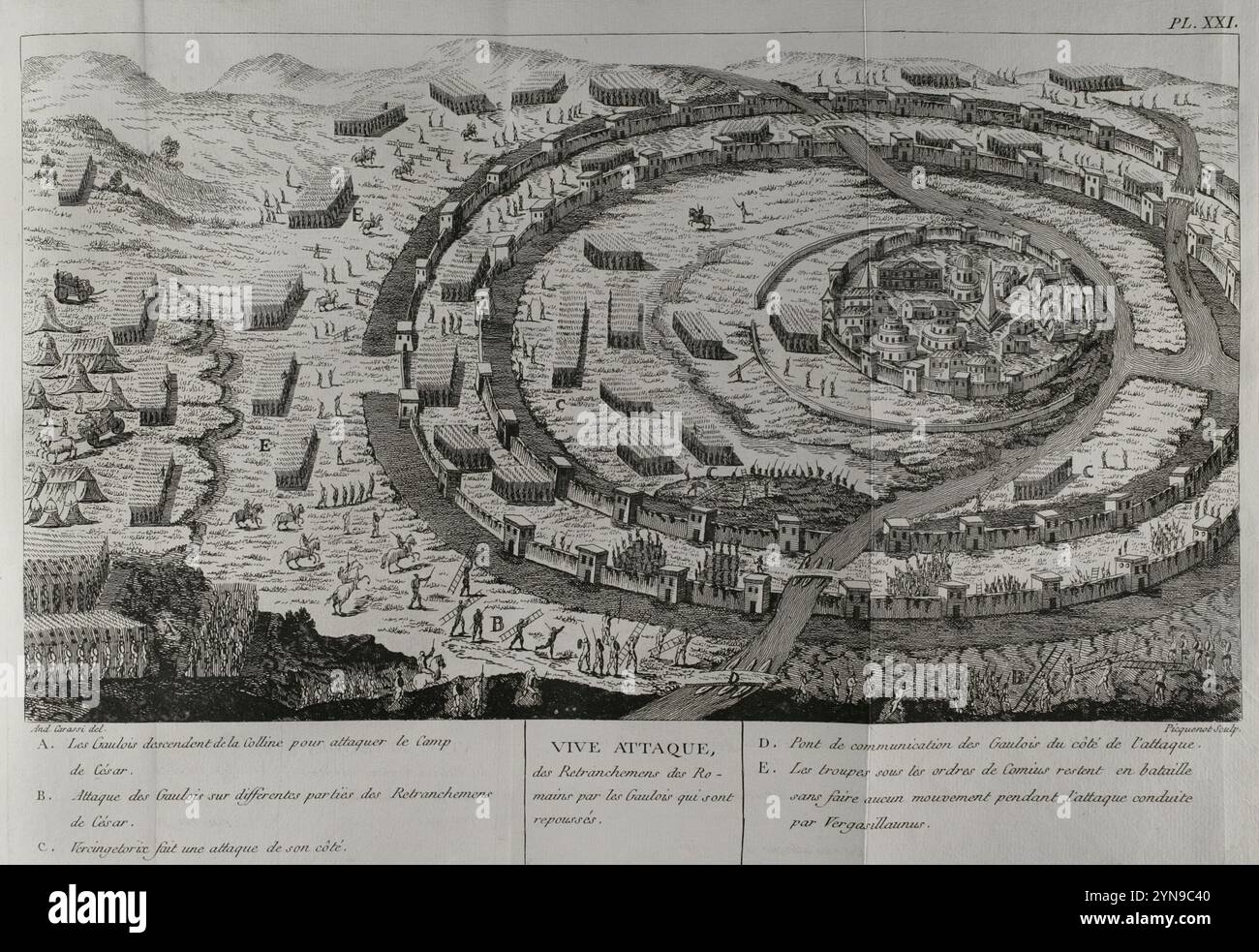 Gallic Wars (58 BC-51 BC). Siege of Alesia, 52 BC. The climactic military confrontation of the Gallic Wars, fought around the Gallic oppidum (fortified settlement) of Alesia in present-day France, an important centre of the Mandubii tribe. Julius Caesar's Roman army fought against a confederation of united Gaulish tribes under the leadership of Vercingetorix of the Arverni. It was the last major battle between Gauls and Romans, and is considered one of Caesar's greatest military achievements. The Roman army built two lines of fortifications: an inner wall to keep the besieged Gauls in and an o Stock Photohttps://www.alamy.com/image-license-details/?v=1https://www.alamy.com/gallic-wars-58-bc-51-bc-siege-of-alesia-52-bc-the-climactic-military-confrontation-of-the-gallic-wars-fought-around-the-gallic-oppidum-fortified-settlement-of-alesia-in-present-day-france-an-important-centre-of-the-mandubii-tribe-julius-caesars-roman-army-fought-against-a-confederation-of-united-gaulish-tribes-under-the-leadership-of-vercingetorix-of-the-arverni-it-was-the-last-major-battle-between-gauls-and-romans-and-is-considered-one-of-caesars-greatest-military-achievements-the-roman-army-built-two-lines-of-fortifications-an-inner-wall-to-keep-the-besieged-gauls-in-and-an-o-image632688112.html
Gallic Wars (58 BC-51 BC). Siege of Alesia, 52 BC. The climactic military confrontation of the Gallic Wars, fought around the Gallic oppidum (fortified settlement) of Alesia in present-day France, an important centre of the Mandubii tribe. Julius Caesar's Roman army fought against a confederation of united Gaulish tribes under the leadership of Vercingetorix of the Arverni. It was the last major battle between Gauls and Romans, and is considered one of Caesar's greatest military achievements. The Roman army built two lines of fortifications: an inner wall to keep the besieged Gauls in and an o Stock Photohttps://www.alamy.com/image-license-details/?v=1https://www.alamy.com/gallic-wars-58-bc-51-bc-siege-of-alesia-52-bc-the-climactic-military-confrontation-of-the-gallic-wars-fought-around-the-gallic-oppidum-fortified-settlement-of-alesia-in-present-day-france-an-important-centre-of-the-mandubii-tribe-julius-caesars-roman-army-fought-against-a-confederation-of-united-gaulish-tribes-under-the-leadership-of-vercingetorix-of-the-arverni-it-was-the-last-major-battle-between-gauls-and-romans-and-is-considered-one-of-caesars-greatest-military-achievements-the-roman-army-built-two-lines-of-fortifications-an-inner-wall-to-keep-the-besieged-gauls-in-and-an-o-image632688112.htmlRM2YN9C40–Gallic Wars (58 BC-51 BC). Siege of Alesia, 52 BC. The climactic military confrontation of the Gallic Wars, fought around the Gallic oppidum (fortified settlement) of Alesia in present-day France, an important centre of the Mandubii tribe. Julius Caesar's Roman army fought against a confederation of united Gaulish tribes under the leadership of Vercingetorix of the Arverni. It was the last major battle between Gauls and Romans, and is considered one of Caesar's greatest military achievements. The Roman army built two lines of fortifications: an inner wall to keep the besieged Gauls in and an o
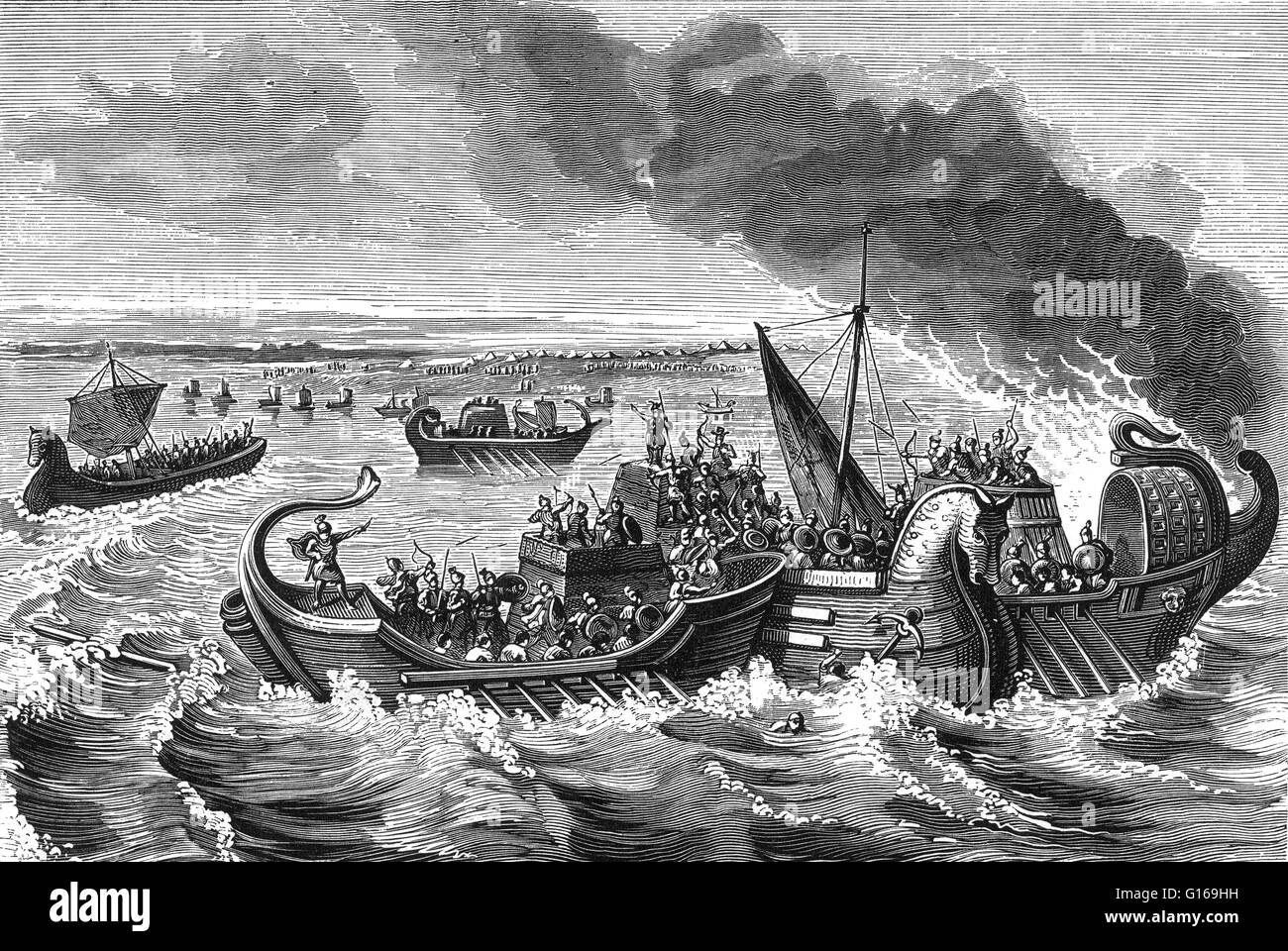 The Battle of Morbihan was a naval engagement between Roman and Veneti vessels on the Loire river, 56 BC. The Veneti were a seafaring Gallic people who lived in the Brittany peninsula (France), which in Roman times formed part of an area called Armorica. Stock Photohttps://www.alamy.com/image-license-details/?v=1https://www.alamy.com/stock-photo-the-battle-of-morbihan-was-a-naval-engagement-between-roman-and-veneti-104016125.html
The Battle of Morbihan was a naval engagement between Roman and Veneti vessels on the Loire river, 56 BC. The Veneti were a seafaring Gallic people who lived in the Brittany peninsula (France), which in Roman times formed part of an area called Armorica. Stock Photohttps://www.alamy.com/image-license-details/?v=1https://www.alamy.com/stock-photo-the-battle-of-morbihan-was-a-naval-engagement-between-roman-and-veneti-104016125.htmlRMG169HH–The Battle of Morbihan was a naval engagement between Roman and Veneti vessels on the Loire river, 56 BC. The Veneti were a seafaring Gallic people who lived in the Brittany peninsula (France), which in Roman times formed part of an area called Armorica.
 Reverse side of a Roman Aureus Gold Coin replica of Julius Caesar with a Trophy of Gallic Arms struck between 48-47 BC cut out and isolated on a blac Stock Photohttps://www.alamy.com/image-license-details/?v=1https://www.alamy.com/reverse-side-of-a-roman-aureus-gold-coin-replica-of-julius-caesar-with-a-trophy-of-gallic-arms-struck-between-48-47-bc-cut-out-and-isolated-on-a-blac-image395699354.html
Reverse side of a Roman Aureus Gold Coin replica of Julius Caesar with a Trophy of Gallic Arms struck between 48-47 BC cut out and isolated on a blac Stock Photohttps://www.alamy.com/image-license-details/?v=1https://www.alamy.com/reverse-side-of-a-roman-aureus-gold-coin-replica-of-julius-caesar-with-a-trophy-of-gallic-arms-struck-between-48-47-bc-cut-out-and-isolated-on-a-blac-image395699354.htmlRF2DYNJFP–Reverse side of a Roman Aureus Gold Coin replica of Julius Caesar with a Trophy of Gallic Arms struck between 48-47 BC cut out and isolated on a blac
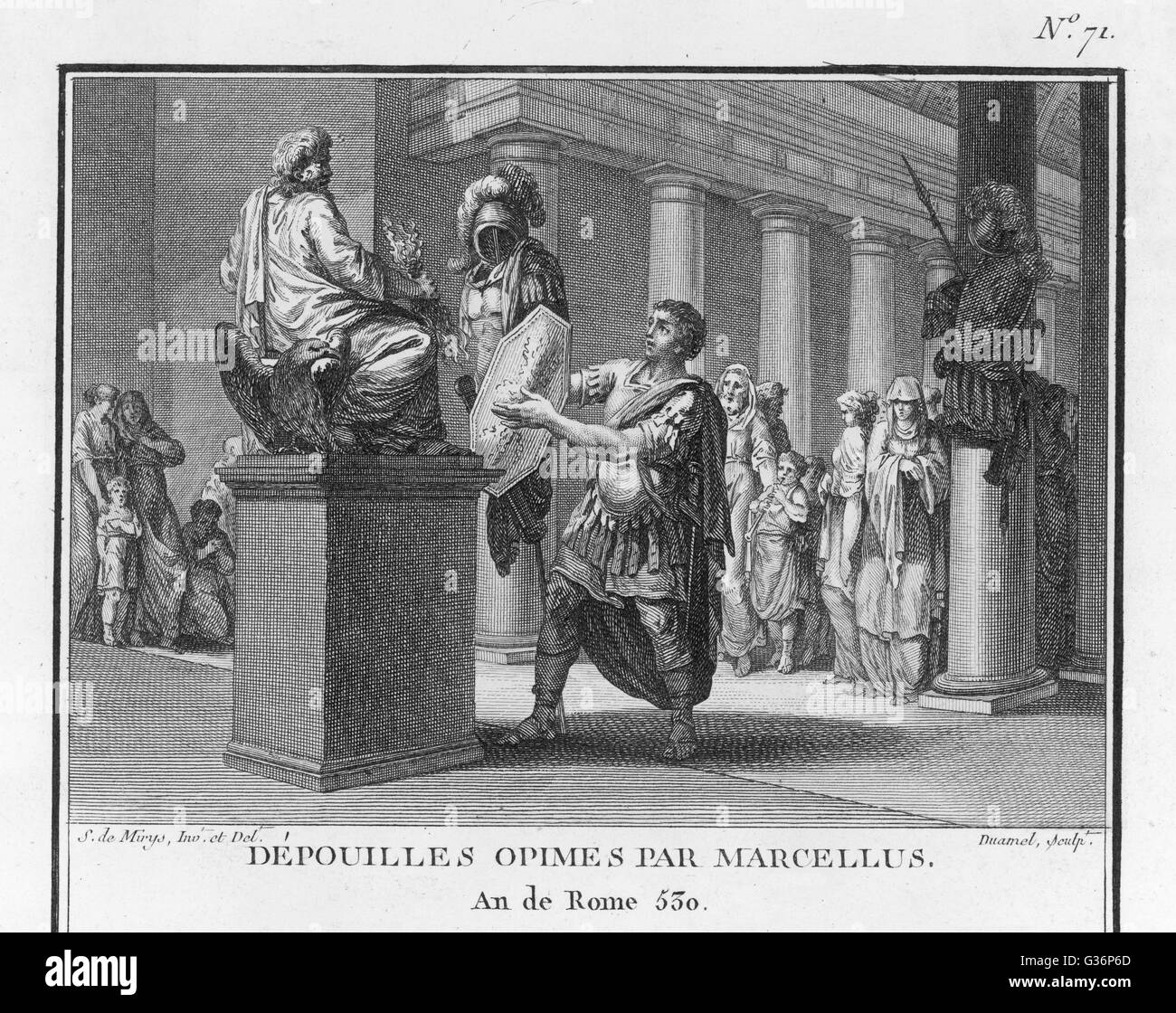 Marcellus dedicates Gallic spoils to the gods Stock Photohttps://www.alamy.com/image-license-details/?v=1https://www.alamy.com/stock-photo-marcellus-dedicates-gallic-spoils-to-the-gods-105255317.html
Marcellus dedicates Gallic spoils to the gods Stock Photohttps://www.alamy.com/image-license-details/?v=1https://www.alamy.com/stock-photo-marcellus-dedicates-gallic-spoils-to-the-gods-105255317.htmlRMG36P6D–Marcellus dedicates Gallic spoils to the gods
 England, Richborough. Roman castle, Rutupiae. Living history re-enactment. Legionary Roman helmet, galea, Imperial Gallic style with two blue feathers. Stock Photohttps://www.alamy.com/image-license-details/?v=1https://www.alamy.com/stock-photo-england-richborough-roman-castle-rutupiae-living-history-re-enactment-89412870.html
England, Richborough. Roman castle, Rutupiae. Living history re-enactment. Legionary Roman helmet, galea, Imperial Gallic style with two blue feathers. Stock Photohttps://www.alamy.com/image-license-details/?v=1https://www.alamy.com/stock-photo-england-richborough-roman-castle-rutupiae-living-history-re-enactment-89412870.htmlRMF5D30P–England, Richborough. Roman castle, Rutupiae. Living history re-enactment. Legionary Roman helmet, galea, Imperial Gallic style with two blue feathers.
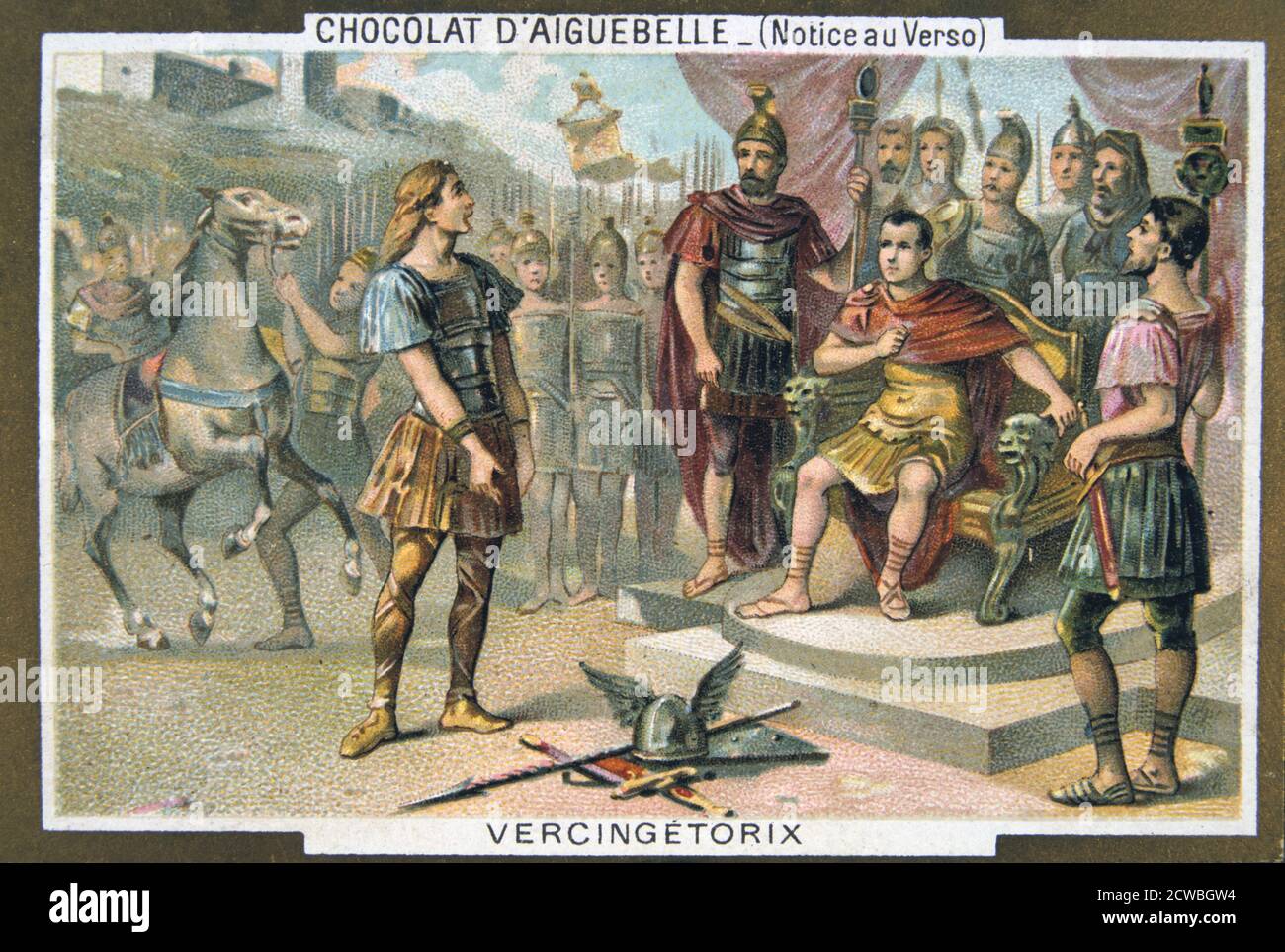 Vercingetorix surrenders to Julius Caesar, c46 BC, (19th century). Gallic chieftain Vercingetorix (died 46 BC) was defeated and captured by Julius Caesar (100-44 BC) at Alesia (near Dijon in France). Vercingetorix was taken to Rome, where he was humiliated by being paraded as evidence of Rome's greatness, and was then put to death. Card from a series produced by the chocolate factory at the Monastery of Aiguebelle. Stock Photohttps://www.alamy.com/image-license-details/?v=1https://www.alamy.com/vercingetorix-surrenders-to-julius-caesar-c46-bc-19th-century-gallic-chieftain-vercingetorix-died-46-bc-was-defeated-and-captured-by-julius-caesar-100-44-bc-at-alesia-near-dijon-in-france-vercingetorix-was-taken-to-rome-where-he-was-humiliated-by-being-paraded-as-evidence-of-romes-greatness-and-was-then-put-to-death-card-from-a-series-produced-by-the-chocolate-factory-at-the-monastery-of-aiguebelle-image377038848.html
Vercingetorix surrenders to Julius Caesar, c46 BC, (19th century). Gallic chieftain Vercingetorix (died 46 BC) was defeated and captured by Julius Caesar (100-44 BC) at Alesia (near Dijon in France). Vercingetorix was taken to Rome, where he was humiliated by being paraded as evidence of Rome's greatness, and was then put to death. Card from a series produced by the chocolate factory at the Monastery of Aiguebelle. Stock Photohttps://www.alamy.com/image-license-details/?v=1https://www.alamy.com/vercingetorix-surrenders-to-julius-caesar-c46-bc-19th-century-gallic-chieftain-vercingetorix-died-46-bc-was-defeated-and-captured-by-julius-caesar-100-44-bc-at-alesia-near-dijon-in-france-vercingetorix-was-taken-to-rome-where-he-was-humiliated-by-being-paraded-as-evidence-of-romes-greatness-and-was-then-put-to-death-card-from-a-series-produced-by-the-chocolate-factory-at-the-monastery-of-aiguebelle-image377038848.htmlRM2CWBGW4–Vercingetorix surrenders to Julius Caesar, c46 BC, (19th century). Gallic chieftain Vercingetorix (died 46 BC) was defeated and captured by Julius Caesar (100-44 BC) at Alesia (near Dijon in France). Vercingetorix was taken to Rome, where he was humiliated by being paraded as evidence of Rome's greatness, and was then put to death. Card from a series produced by the chocolate factory at the Monastery of Aiguebelle.
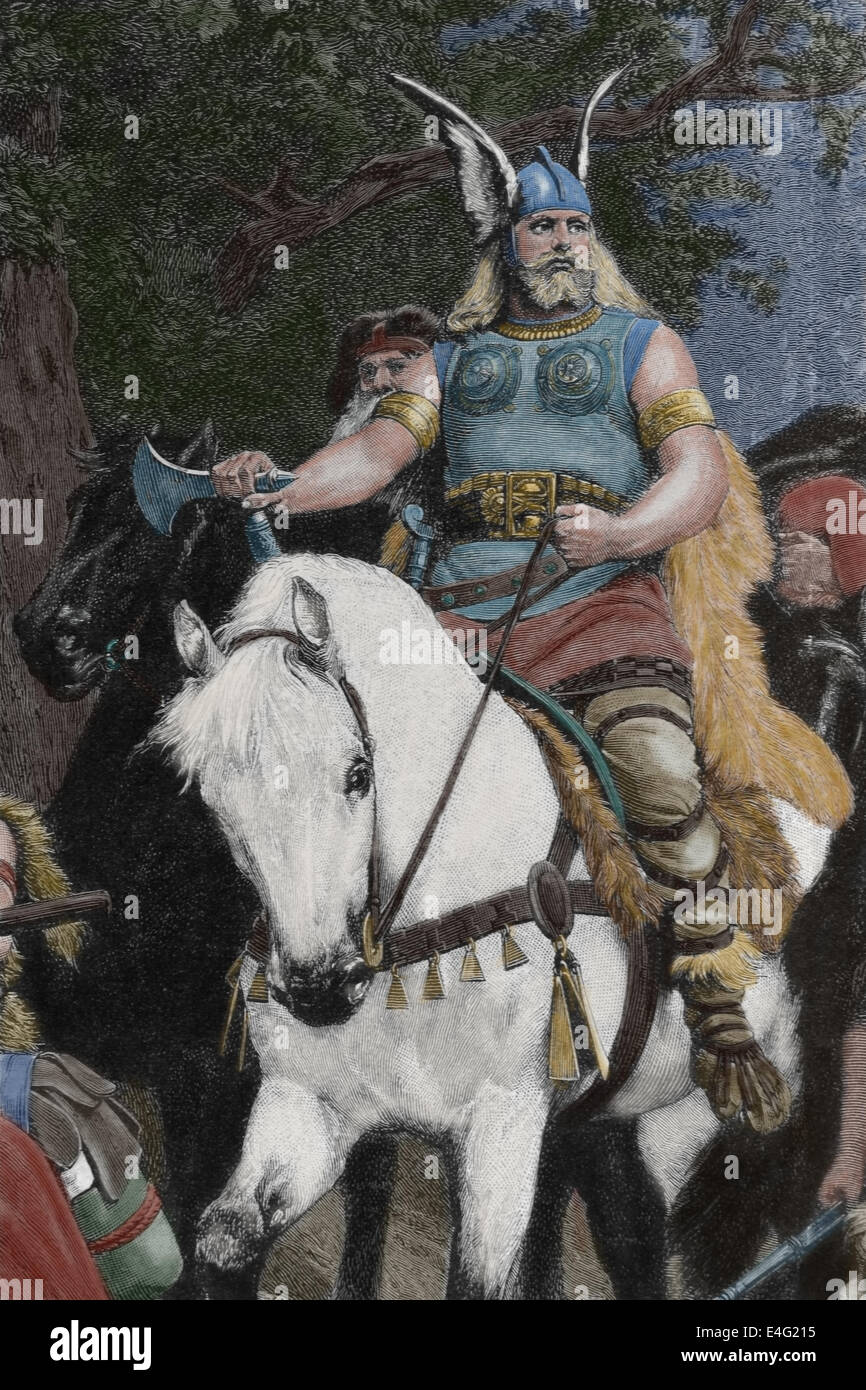 Vercingetorix (82-46 BC). Chieftain of the Arveni tribe. He united the Gauls in a revolt against Roman forces during Gallic War. Stock Photohttps://www.alamy.com/image-license-details/?v=1https://www.alamy.com/stock-photo-vercingetorix-82-46-bc-chieftain-of-the-arveni-tribe-he-united-the-71652929.html
Vercingetorix (82-46 BC). Chieftain of the Arveni tribe. He united the Gauls in a revolt against Roman forces during Gallic War. Stock Photohttps://www.alamy.com/image-license-details/?v=1https://www.alamy.com/stock-photo-vercingetorix-82-46-bc-chieftain-of-the-arveni-tribe-he-united-the-71652929.htmlRME4G215–Vercingetorix (82-46 BC). Chieftain of the Arveni tribe. He united the Gauls in a revolt against Roman forces during Gallic War.
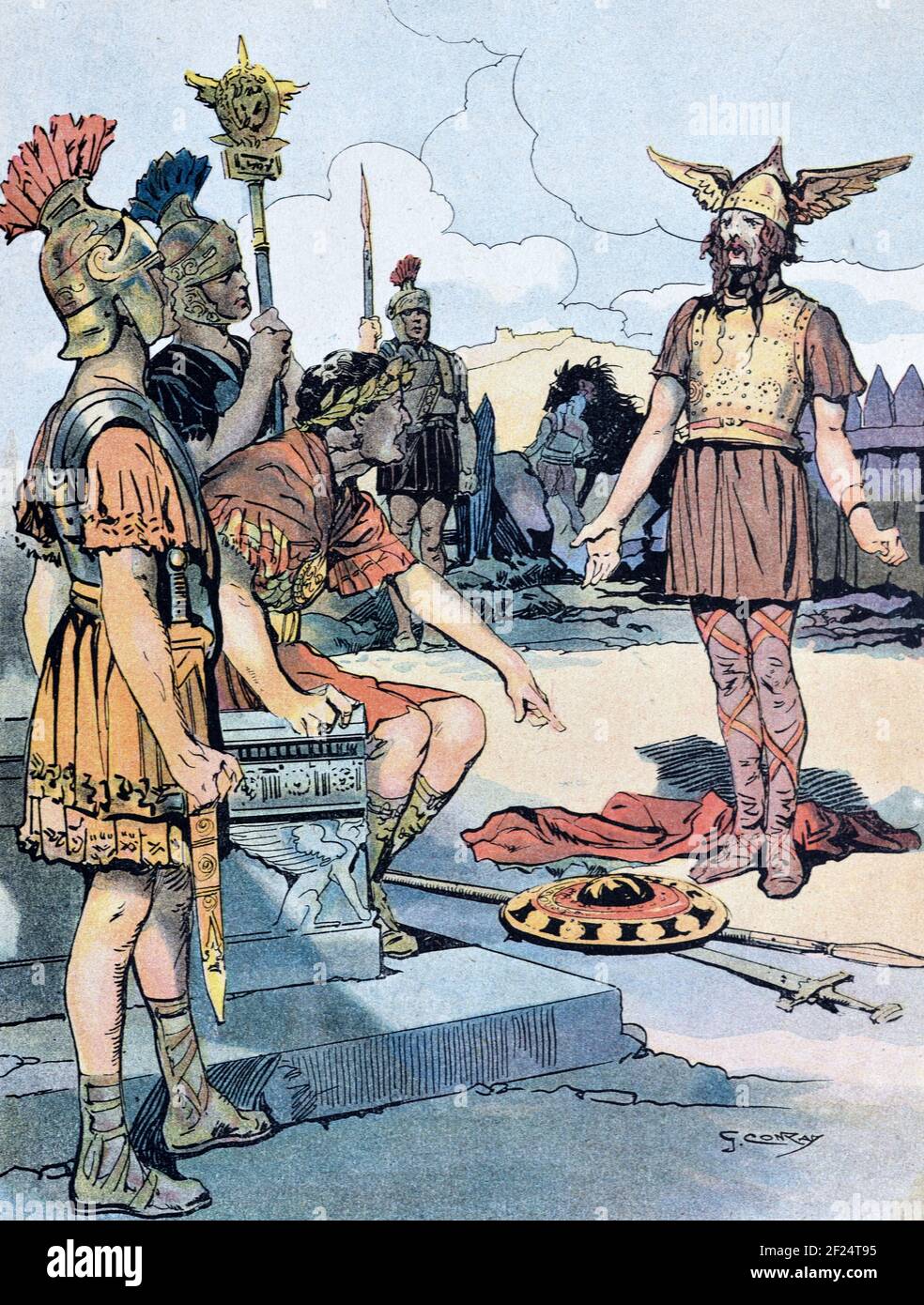 Vercingetorix (c82BC-46BC) Submits or Surrenders to Julius Caesar & the Romans After the Decisive Battle of Alesia, a Victory for the Romans, in 52BC, which was the end of the Gallic Wars (58BC-52BC). Vintage Illustration c1940 Stock Photohttps://www.alamy.com/image-license-details/?v=1https://www.alamy.com/vercingetorix-c82bc-46bc-submits-or-surrenders-to-julius-caesar-the-romans-after-the-decisive-battle-of-alesia-a-victory-for-the-romans-in-52bc-which-was-the-end-of-the-gallic-wars-58bc-52bc-vintage-illustration-c1940-image414385025.html
Vercingetorix (c82BC-46BC) Submits or Surrenders to Julius Caesar & the Romans After the Decisive Battle of Alesia, a Victory for the Romans, in 52BC, which was the end of the Gallic Wars (58BC-52BC). Vintage Illustration c1940 Stock Photohttps://www.alamy.com/image-license-details/?v=1https://www.alamy.com/vercingetorix-c82bc-46bc-submits-or-surrenders-to-julius-caesar-the-romans-after-the-decisive-battle-of-alesia-a-victory-for-the-romans-in-52bc-which-was-the-end-of-the-gallic-wars-58bc-52bc-vintage-illustration-c1940-image414385025.htmlRM2F24T95–Vercingetorix (c82BC-46BC) Submits or Surrenders to Julius Caesar & the Romans After the Decisive Battle of Alesia, a Victory for the Romans, in 52BC, which was the end of the Gallic Wars (58BC-52BC). Vintage Illustration c1940
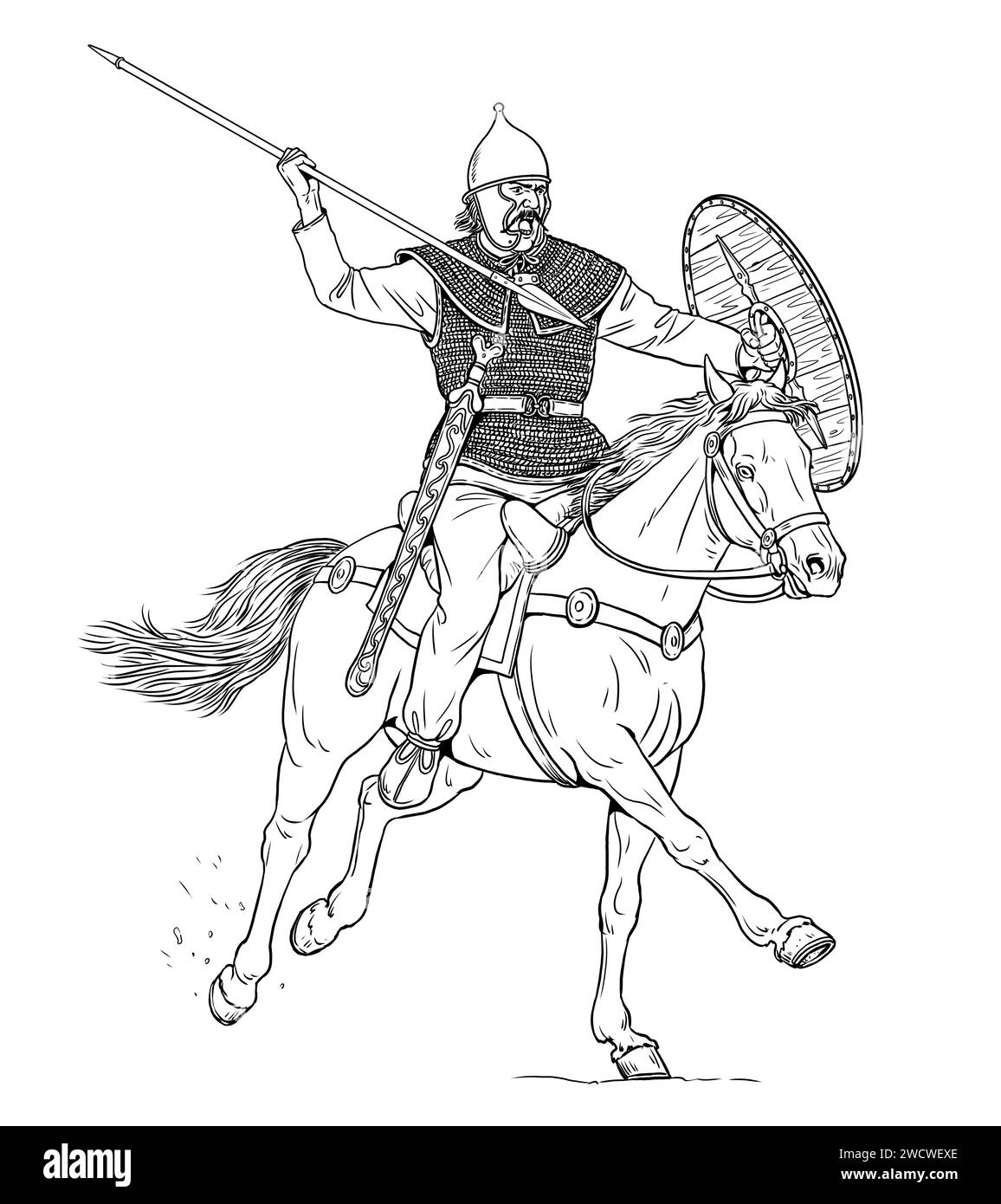 Gallic rider on the attack. Historical hand drawing. Stock Photohttps://www.alamy.com/image-license-details/?v=1https://www.alamy.com/gallic-rider-on-the-attack-historical-hand-drawing-image593088902.html
Gallic rider on the attack. Historical hand drawing. Stock Photohttps://www.alamy.com/image-license-details/?v=1https://www.alamy.com/gallic-rider-on-the-attack-historical-hand-drawing-image593088902.htmlRF2WCWEXE–Gallic rider on the attack. Historical hand drawing.
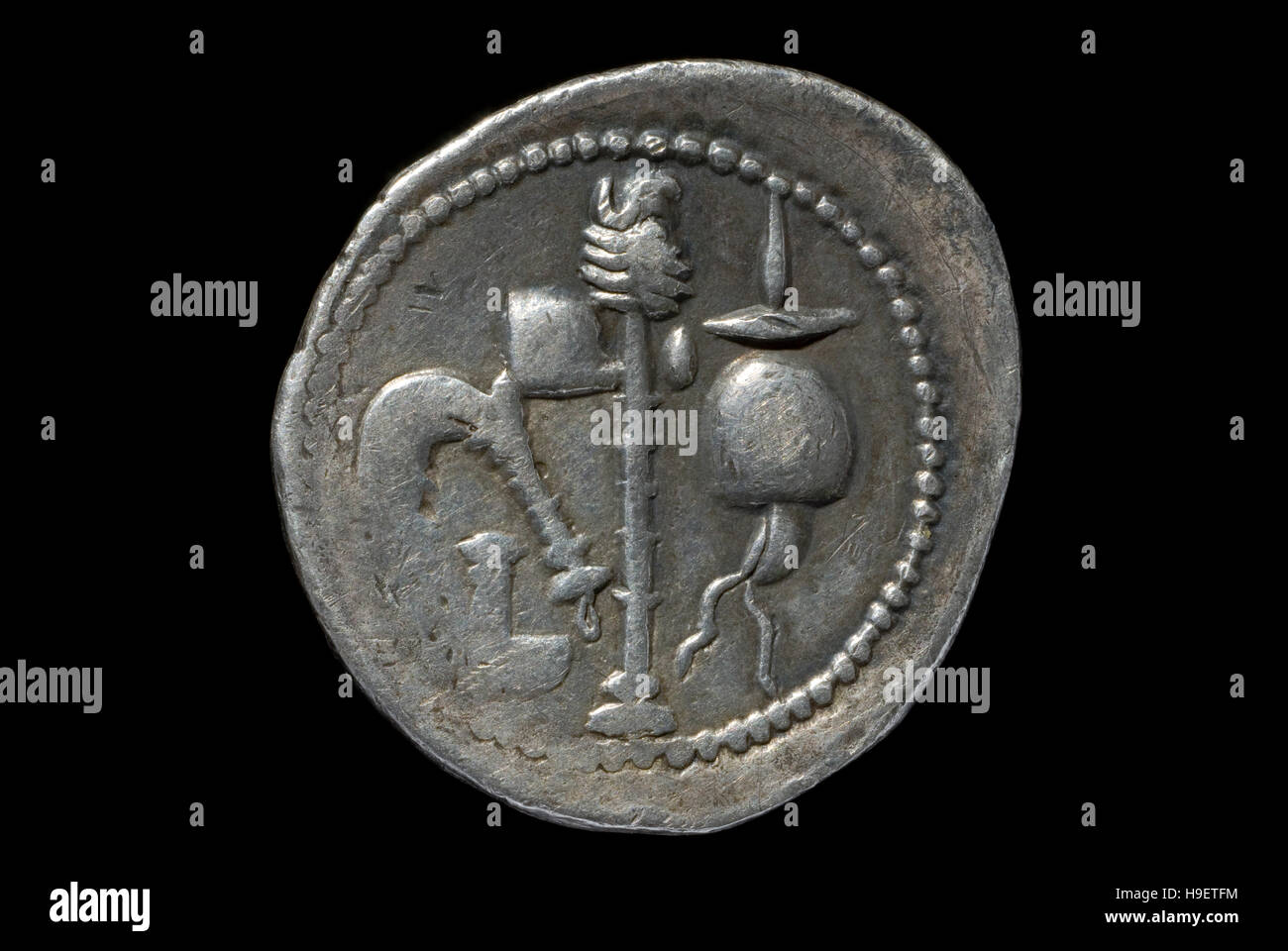 Roman coin of Julius Caesar Stock Photohttps://www.alamy.com/image-license-details/?v=1https://www.alamy.com/stock-photo-roman-coin-of-julius-caesar-126331064.html
Roman coin of Julius Caesar Stock Photohttps://www.alamy.com/image-license-details/?v=1https://www.alamy.com/stock-photo-roman-coin-of-julius-caesar-126331064.htmlRMH9ETFM–Roman coin of Julius Caesar
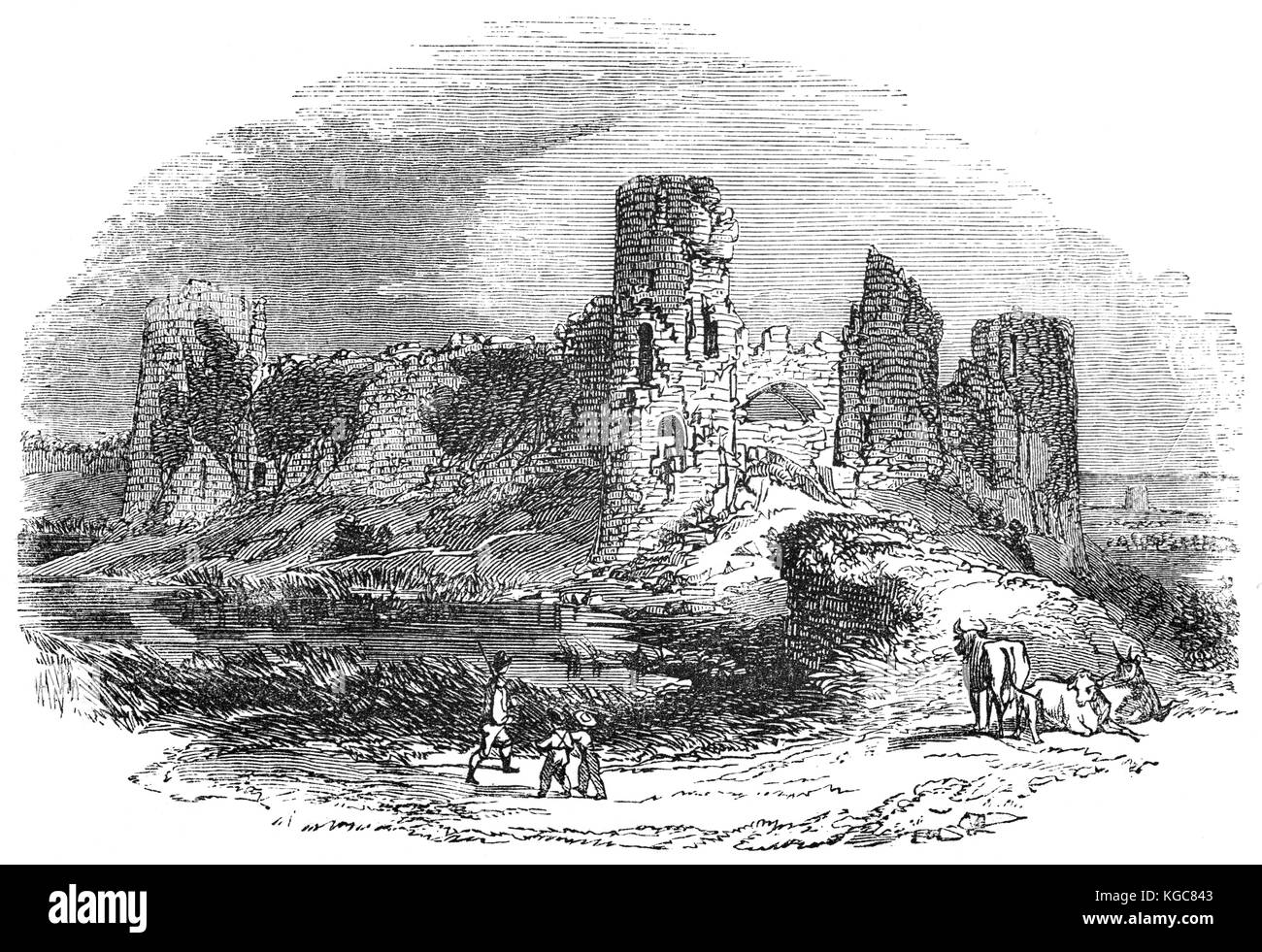 The Norman Keep of medieval Pevensey Castle, formerly a Roman Saxon Shore fort at Pevensey in the English county of East Sussex. Built around 290 AD and known to the Romans as Anderitum. The fort appears to have been the base for a fleet called the Classis Anderidaensis and part of a Roman defensive system to guard the British and Gallic coasts against Saxon pirates. Stock Photohttps://www.alamy.com/image-license-details/?v=1https://www.alamy.com/stock-image-the-norman-keep-of-medieval-pevensey-castle-formerly-a-roman-saxon-164997619.html
The Norman Keep of medieval Pevensey Castle, formerly a Roman Saxon Shore fort at Pevensey in the English county of East Sussex. Built around 290 AD and known to the Romans as Anderitum. The fort appears to have been the base for a fleet called the Classis Anderidaensis and part of a Roman defensive system to guard the British and Gallic coasts against Saxon pirates. Stock Photohttps://www.alamy.com/image-license-details/?v=1https://www.alamy.com/stock-image-the-norman-keep-of-medieval-pevensey-castle-formerly-a-roman-saxon-164997619.htmlRMKGC843–The Norman Keep of medieval Pevensey Castle, formerly a Roman Saxon Shore fort at Pevensey in the English county of East Sussex. Built around 290 AD and known to the Romans as Anderitum. The fort appears to have been the base for a fleet called the Classis Anderidaensis and part of a Roman defensive system to guard the British and Gallic coasts against Saxon pirates.
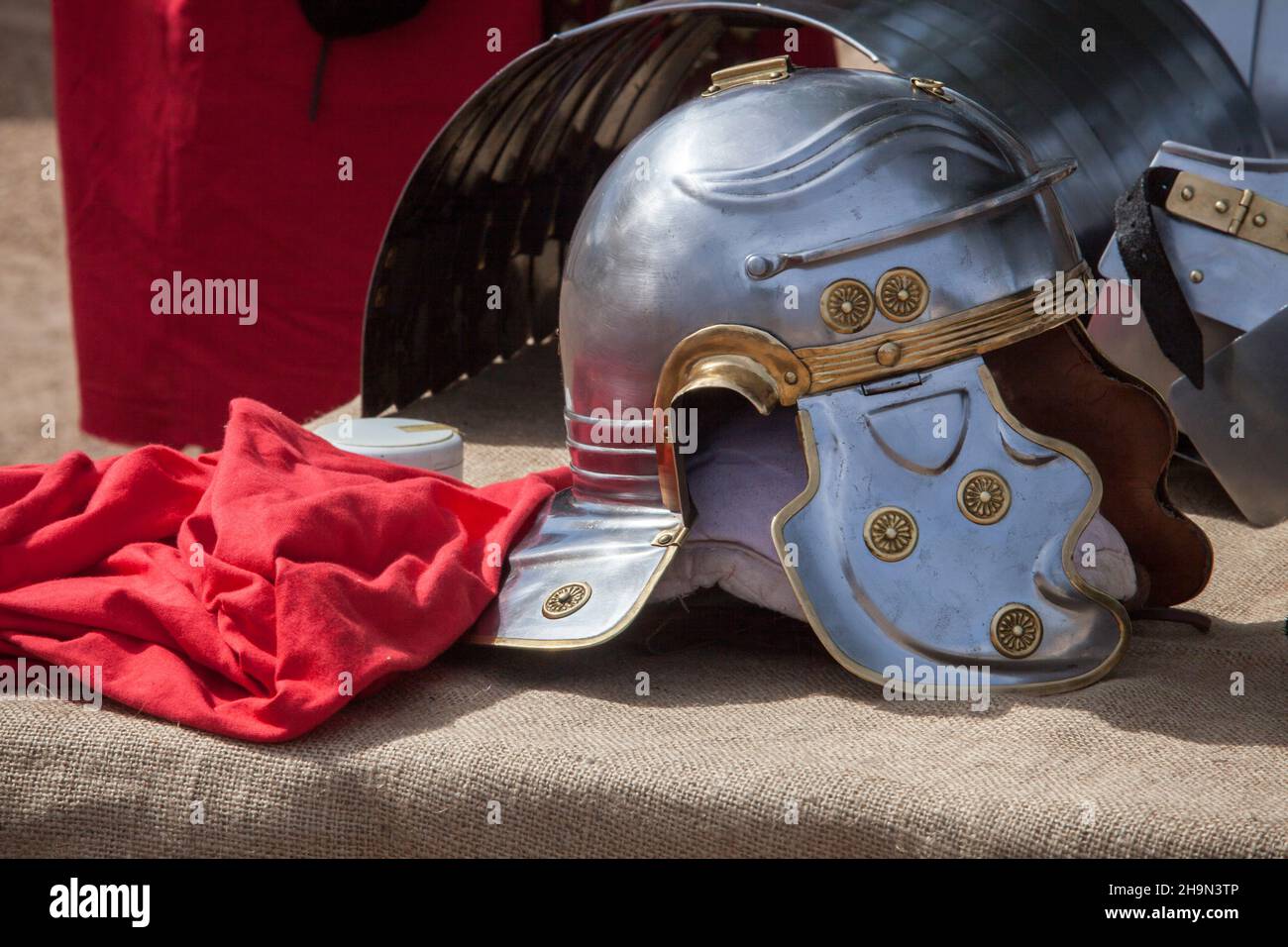 Galea, ancient roman helmet. Roman military personal equipment replica Stock Photohttps://www.alamy.com/image-license-details/?v=1https://www.alamy.com/galea-ancient-roman-helmet-roman-military-personal-equipment-replica-image453465510.html
Galea, ancient roman helmet. Roman military personal equipment replica Stock Photohttps://www.alamy.com/image-license-details/?v=1https://www.alamy.com/galea-ancient-roman-helmet-roman-military-personal-equipment-replica-image453465510.htmlRF2H9N3TP–Galea, ancient roman helmet. Roman military personal equipment replica
 Illustration of Roman soldier's galea style helmet with red crest Stock Photohttps://www.alamy.com/image-license-details/?v=1https://www.alamy.com/stock-photo-illustration-of-roman-soldiers-galea-style-helmet-with-red-crest-48625753.html
Illustration of Roman soldier's galea style helmet with red crest Stock Photohttps://www.alamy.com/image-license-details/?v=1https://www.alamy.com/stock-photo-illustration-of-roman-soldiers-galea-style-helmet-with-red-crest-48625753.htmlRFCR32J1–Illustration of Roman soldier's galea style helmet with red crest
 Dying Gaul, Roman copy in marble of a Greek original in bronze. Stock Photohttps://www.alamy.com/image-license-details/?v=1https://www.alamy.com/dying-gaul-roman-copy-in-marble-of-a-greek-original-in-bronze-image212421971.html
Dying Gaul, Roman copy in marble of a Greek original in bronze. Stock Photohttps://www.alamy.com/image-license-details/?v=1https://www.alamy.com/dying-gaul-roman-copy-in-marble-of-a-greek-original-in-bronze-image212421971.htmlRMP9GJAY–Dying Gaul, Roman copy in marble of a Greek original in bronze.
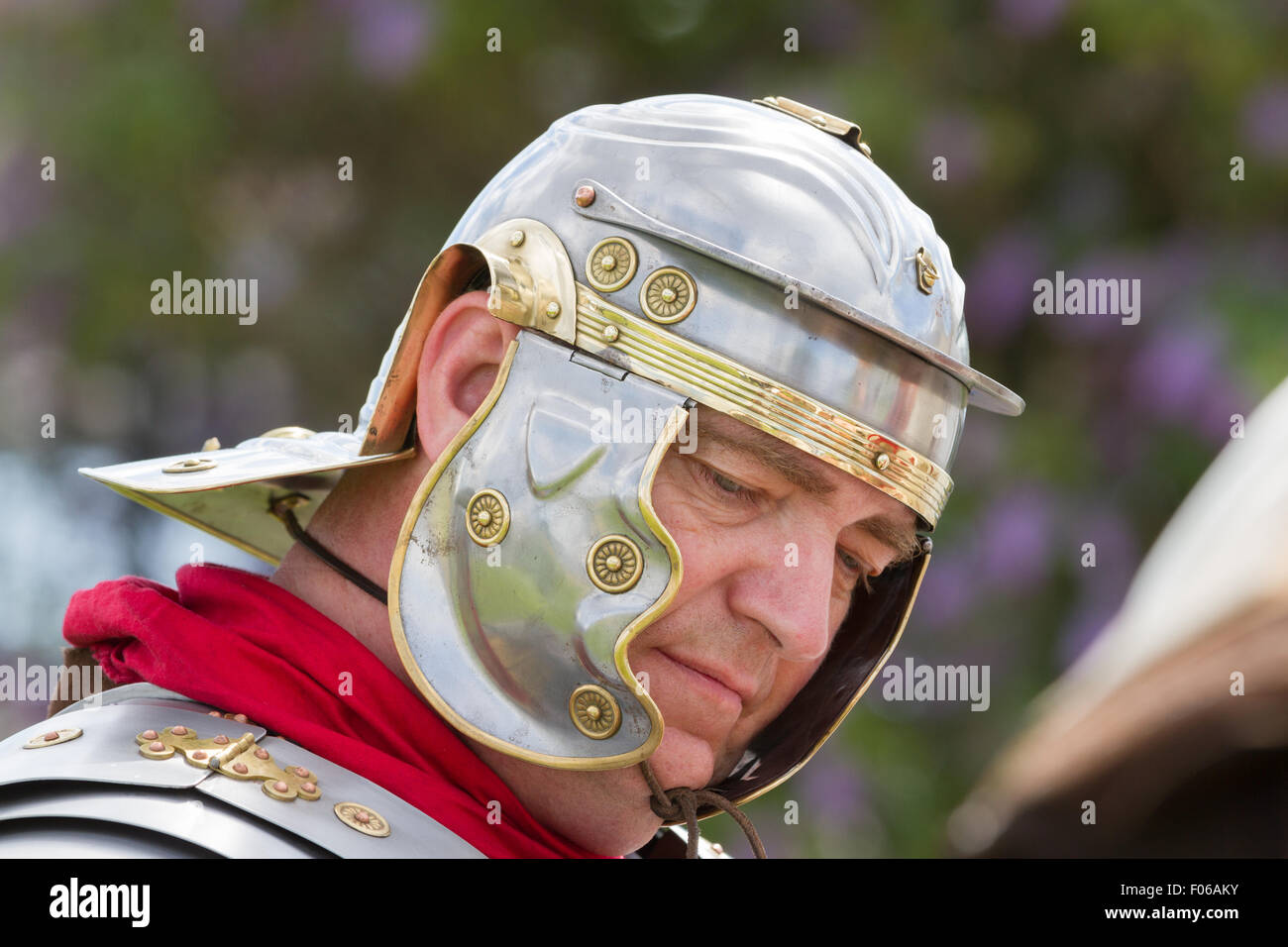 Wallsend, Tyne and Wear, UK. 8th August, 2015. Hadrian Festival at Segedunum Roman Fort: Roman Gladiator. The Hadrian Festival is part of the programme of activities supporting the British Museum's Roman Empire: Power & People exhibition which is on public display 30 May – 13 September 2015 Credit: Andrew Nicholson/Alamy Live News Stock Photohttps://www.alamy.com/image-license-details/?v=1https://www.alamy.com/stock-photo-wallsend-tyne-and-wear-uk-8th-august-2015-hadrian-festival-at-segedunum-86191951.html
Wallsend, Tyne and Wear, UK. 8th August, 2015. Hadrian Festival at Segedunum Roman Fort: Roman Gladiator. The Hadrian Festival is part of the programme of activities supporting the British Museum's Roman Empire: Power & People exhibition which is on public display 30 May – 13 September 2015 Credit: Andrew Nicholson/Alamy Live News Stock Photohttps://www.alamy.com/image-license-details/?v=1https://www.alamy.com/stock-photo-wallsend-tyne-and-wear-uk-8th-august-2015-hadrian-festival-at-segedunum-86191951.htmlRMF06AKY–Wallsend, Tyne and Wear, UK. 8th August, 2015. Hadrian Festival at Segedunum Roman Fort: Roman Gladiator. The Hadrian Festival is part of the programme of activities supporting the British Museum's Roman Empire: Power & People exhibition which is on public display 30 May – 13 September 2015 Credit: Andrew Nicholson/Alamy Live News
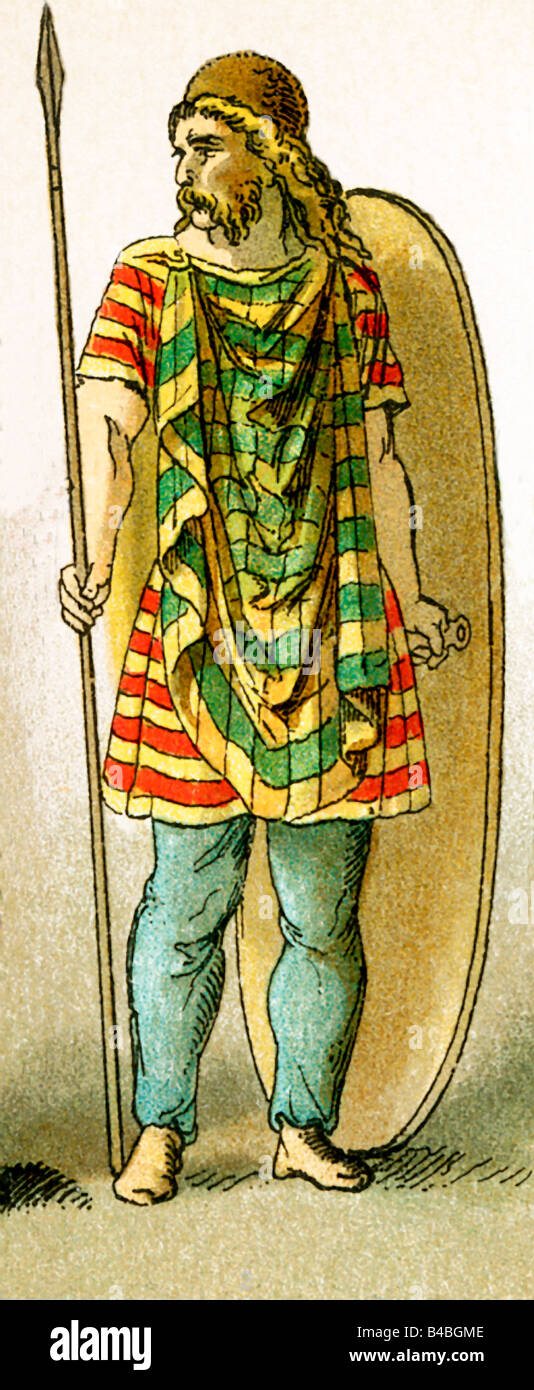 Armed Gallic Warrior Stock Photohttps://www.alamy.com/image-license-details/?v=1https://www.alamy.com/stock-photo-armed-gallic-warrior-19923582.html
Armed Gallic Warrior Stock Photohttps://www.alamy.com/image-license-details/?v=1https://www.alamy.com/stock-photo-armed-gallic-warrior-19923582.htmlRFB4BGME–Armed Gallic Warrior
 Tour Magne Roman hill-top tower Nimes France Built atop an earlier Celtic Gallic tower, the Tour Magne was built in 15 to 14 BC Stock Photohttps://www.alamy.com/image-license-details/?v=1https://www.alamy.com/stock-photo-tour-magne-roman-hill-top-tower-nimes-france-built-atop-an-earlier-50143868.html
Tour Magne Roman hill-top tower Nimes France Built atop an earlier Celtic Gallic tower, the Tour Magne was built in 15 to 14 BC Stock Photohttps://www.alamy.com/image-license-details/?v=1https://www.alamy.com/stock-photo-tour-magne-roman-hill-top-tower-nimes-france-built-atop-an-earlier-50143868.htmlRMCWG70C–Tour Magne Roman hill-top tower Nimes France Built atop an earlier Celtic Gallic tower, the Tour Magne was built in 15 to 14 BC
 Art inspired by Terracotta scyphus (drinking cup), Mid Imperial, 2nd century A.D., Roman, Terracotta; lead-glazed ware, H. 2 7/16 in. (6.2 cm); diameter 4 1/16 in. (10.4 cm), Vases, Green enamelled Gallic bowl with two handles and incised rope-pattern, Classic works modernized by Artotop with a splash of modernity. Shapes, color and value, eye-catching visual impact on art. Emotions through freedom of artworks in a contemporary way. A timeless message pursuing a wildly creative new direction. Artists turning to the digital medium and creating the Artotop NFT Stock Photohttps://www.alamy.com/image-license-details/?v=1https://www.alamy.com/art-inspired-by-terracotta-scyphus-drinking-cup-mid-imperial-2nd-century-ad-roman-terracotta-lead-glazed-ware-h-2-716-in-62-cm-diameter-4-116-in-104-cm-vases-green-enamelled-gallic-bowl-with-two-handles-and-incised-rope-pattern-classic-works-modernized-by-artotop-with-a-splash-of-modernity-shapes-color-and-value-eye-catching-visual-impact-on-art-emotions-through-freedom-of-artworks-in-a-contemporary-way-a-timeless-message-pursuing-a-wildly-creative-new-direction-artists-turning-to-the-digital-medium-and-creating-the-artotop-nft-image462931024.html
Art inspired by Terracotta scyphus (drinking cup), Mid Imperial, 2nd century A.D., Roman, Terracotta; lead-glazed ware, H. 2 7/16 in. (6.2 cm); diameter 4 1/16 in. (10.4 cm), Vases, Green enamelled Gallic bowl with two handles and incised rope-pattern, Classic works modernized by Artotop with a splash of modernity. Shapes, color and value, eye-catching visual impact on art. Emotions through freedom of artworks in a contemporary way. A timeless message pursuing a wildly creative new direction. Artists turning to the digital medium and creating the Artotop NFT Stock Photohttps://www.alamy.com/image-license-details/?v=1https://www.alamy.com/art-inspired-by-terracotta-scyphus-drinking-cup-mid-imperial-2nd-century-ad-roman-terracotta-lead-glazed-ware-h-2-716-in-62-cm-diameter-4-116-in-104-cm-vases-green-enamelled-gallic-bowl-with-two-handles-and-incised-rope-pattern-classic-works-modernized-by-artotop-with-a-splash-of-modernity-shapes-color-and-value-eye-catching-visual-impact-on-art-emotions-through-freedom-of-artworks-in-a-contemporary-way-a-timeless-message-pursuing-a-wildly-creative-new-direction-artists-turning-to-the-digital-medium-and-creating-the-artotop-nft-image462931024.htmlRF2HW496T–Art inspired by Terracotta scyphus (drinking cup), Mid Imperial, 2nd century A.D., Roman, Terracotta; lead-glazed ware, H. 2 7/16 in. (6.2 cm); diameter 4 1/16 in. (10.4 cm), Vases, Green enamelled Gallic bowl with two handles and incised rope-pattern, Classic works modernized by Artotop with a splash of modernity. Shapes, color and value, eye-catching visual impact on art. Emotions through freedom of artworks in a contemporary way. A timeless message pursuing a wildly creative new direction. Artists turning to the digital medium and creating the Artotop NFT
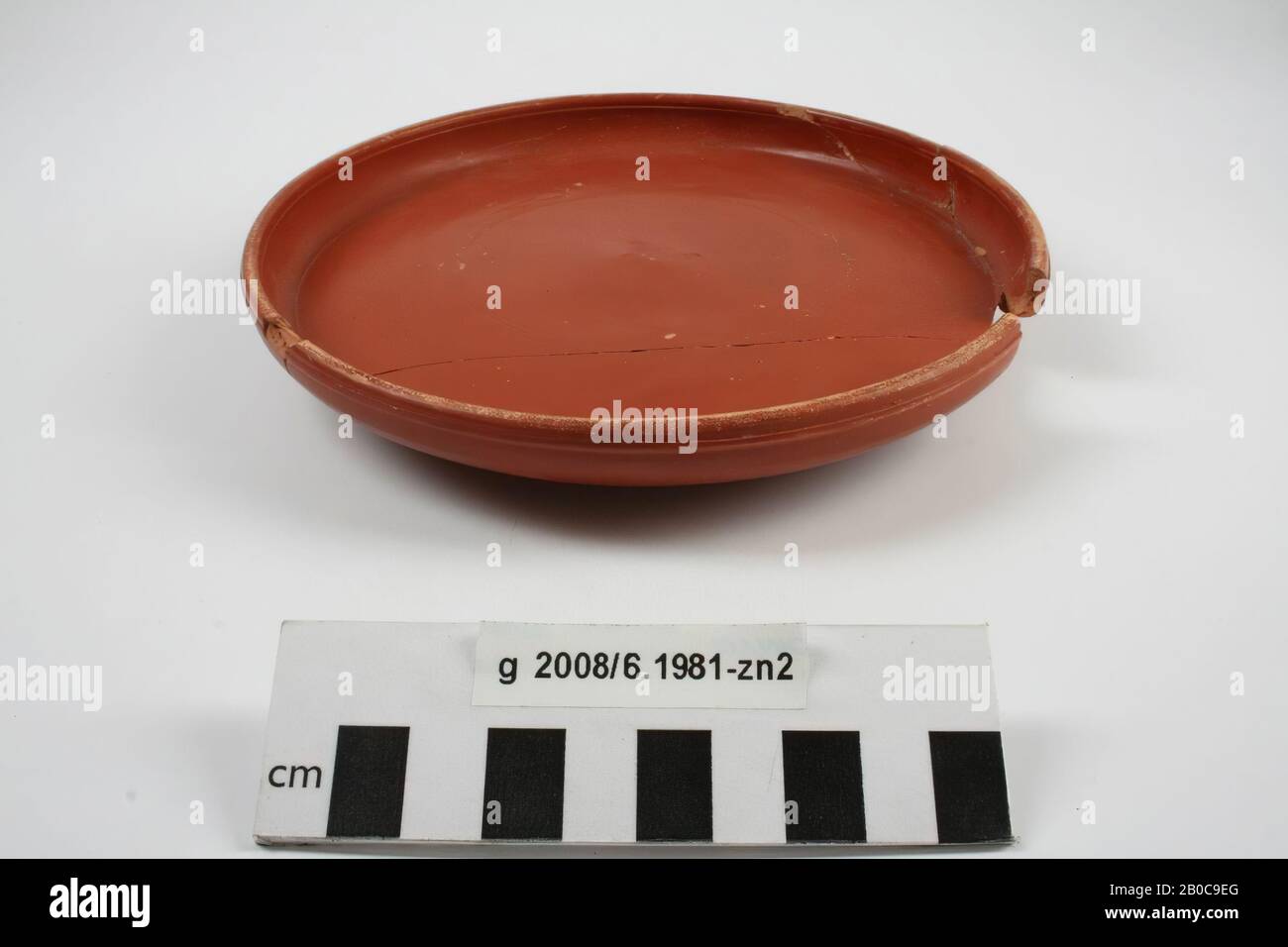 Plate of South Gallic terra sigillata, Hofheim 1, stamped CELER.FEC. Glueing, parts of the rim are missing, plate, pottery, terra sigillata, h: 3 cm, diam: 17.7 cm, roman 15-30 AD, Netherlands, North Holland, Velsen, Velsen, Velsen I Stock Photohttps://www.alamy.com/image-license-details/?v=1https://www.alamy.com/plate-of-south-gallic-terra-sigillata-hofheim-1-stamped-celerfec-glueing-parts-of-the-rim-are-missing-plate-pottery-terra-sigillata-h-3-cm-diam-177-cm-roman-15-30-ad-netherlands-north-holland-velsen-velsen-velsen-i-image344478248.html
Plate of South Gallic terra sigillata, Hofheim 1, stamped CELER.FEC. Glueing, parts of the rim are missing, plate, pottery, terra sigillata, h: 3 cm, diam: 17.7 cm, roman 15-30 AD, Netherlands, North Holland, Velsen, Velsen, Velsen I Stock Photohttps://www.alamy.com/image-license-details/?v=1https://www.alamy.com/plate-of-south-gallic-terra-sigillata-hofheim-1-stamped-celerfec-glueing-parts-of-the-rim-are-missing-plate-pottery-terra-sigillata-h-3-cm-diam-177-cm-roman-15-30-ad-netherlands-north-holland-velsen-velsen-velsen-i-image344478248.htmlRM2B0C9EG–Plate of South Gallic terra sigillata, Hofheim 1, stamped CELER.FEC. Glueing, parts of the rim are missing, plate, pottery, terra sigillata, h: 3 cm, diam: 17.7 cm, roman 15-30 AD, Netherlands, North Holland, Velsen, Velsen, Velsen I
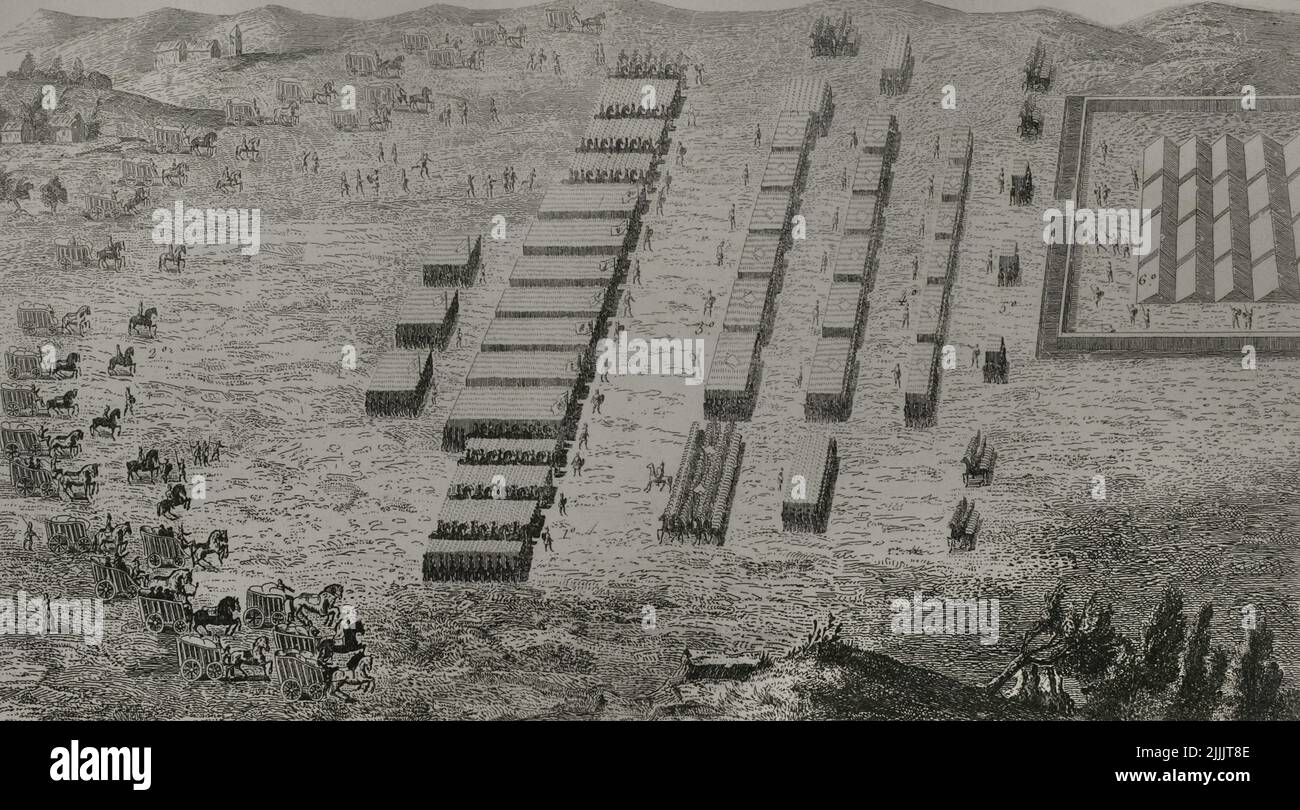 Gallic Wars (58 BC-50 BC). First campaign against the Germans (58 BC). Confrontation and battle between Julius Caesar and Ariovistus, the Suebian leader. 1º: Ariovistus army, 2º: chariots and equipment surrounding him to prevent him from escaping, 3º: Roman army, 4º: third line commanded by Caesar, 5º: reserve forces, 6º: Caesar's small barracks. Engraving. 'Historia Universal', by César Cantú. Volume VIII, 1858. Stock Photohttps://www.alamy.com/image-license-details/?v=1https://www.alamy.com/gallic-wars-58-bc-50-bc-first-campaign-against-the-germans-58-bc-confrontation-and-battle-between-julius-caesar-and-ariovistus-the-suebian-leader-1-ariovistus-army-2-chariots-and-equipment-surrounding-him-to-prevent-him-from-escaping-3-roman-army-4-third-line-commanded-by-caesar-5-reserve-forces-6-caesars-small-barracks-engraving-historia-universal-by-csar-cant-volume-viii-1858-image476157934.html
Gallic Wars (58 BC-50 BC). First campaign against the Germans (58 BC). Confrontation and battle between Julius Caesar and Ariovistus, the Suebian leader. 1º: Ariovistus army, 2º: chariots and equipment surrounding him to prevent him from escaping, 3º: Roman army, 4º: third line commanded by Caesar, 5º: reserve forces, 6º: Caesar's small barracks. Engraving. 'Historia Universal', by César Cantú. Volume VIII, 1858. Stock Photohttps://www.alamy.com/image-license-details/?v=1https://www.alamy.com/gallic-wars-58-bc-50-bc-first-campaign-against-the-germans-58-bc-confrontation-and-battle-between-julius-caesar-and-ariovistus-the-suebian-leader-1-ariovistus-army-2-chariots-and-equipment-surrounding-him-to-prevent-him-from-escaping-3-roman-army-4-third-line-commanded-by-caesar-5-reserve-forces-6-caesars-small-barracks-engraving-historia-universal-by-csar-cant-volume-viii-1858-image476157934.htmlRM2JJJT8E–Gallic Wars (58 BC-50 BC). First campaign against the Germans (58 BC). Confrontation and battle between Julius Caesar and Ariovistus, the Suebian leader. 1º: Ariovistus army, 2º: chariots and equipment surrounding him to prevent him from escaping, 3º: Roman army, 4º: third line commanded by Caesar, 5º: reserve forces, 6º: Caesar's small barracks. Engraving. 'Historia Universal', by César Cantú. Volume VIII, 1858.